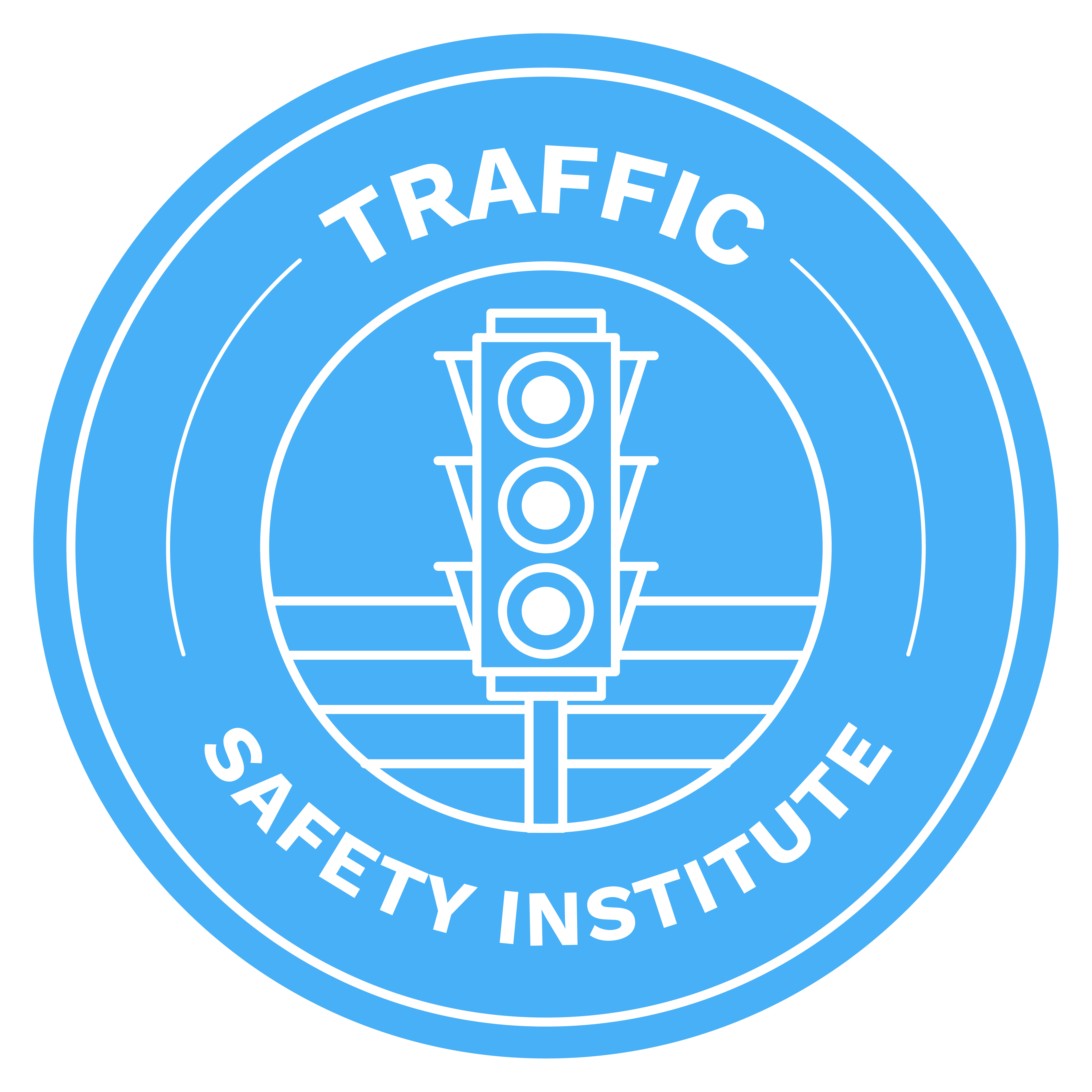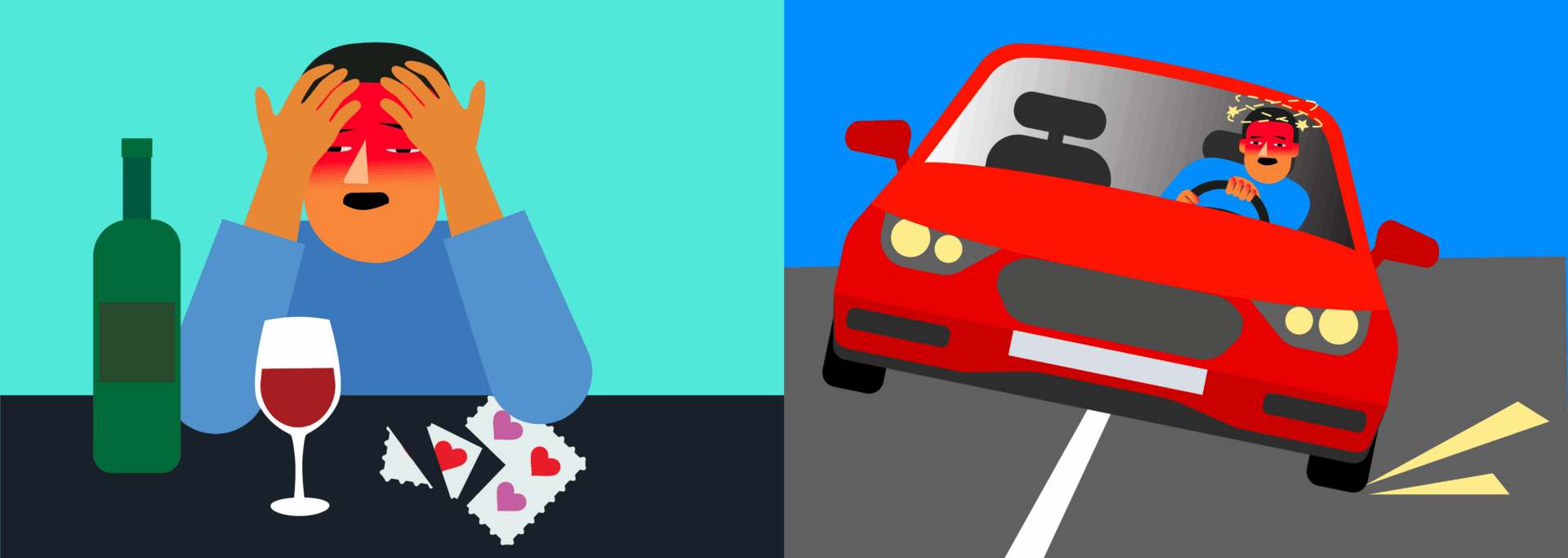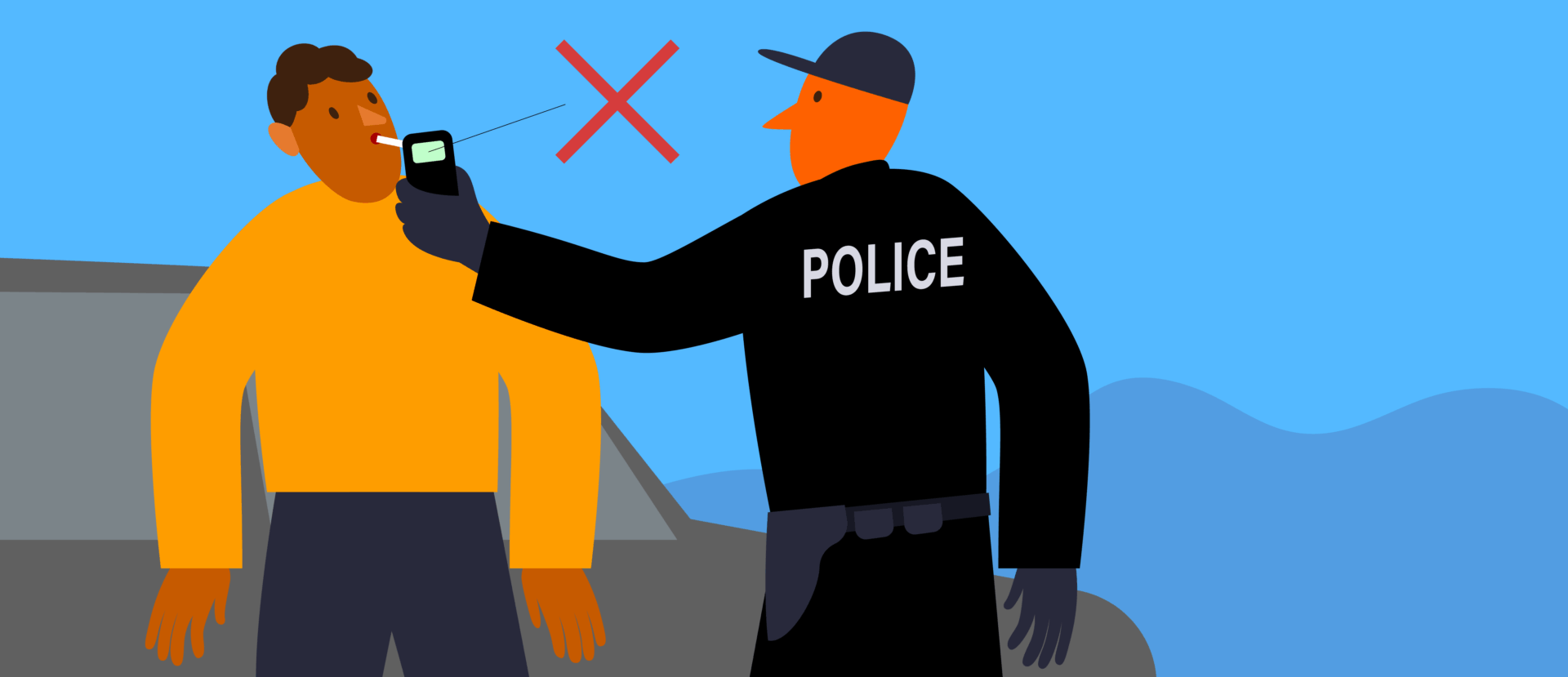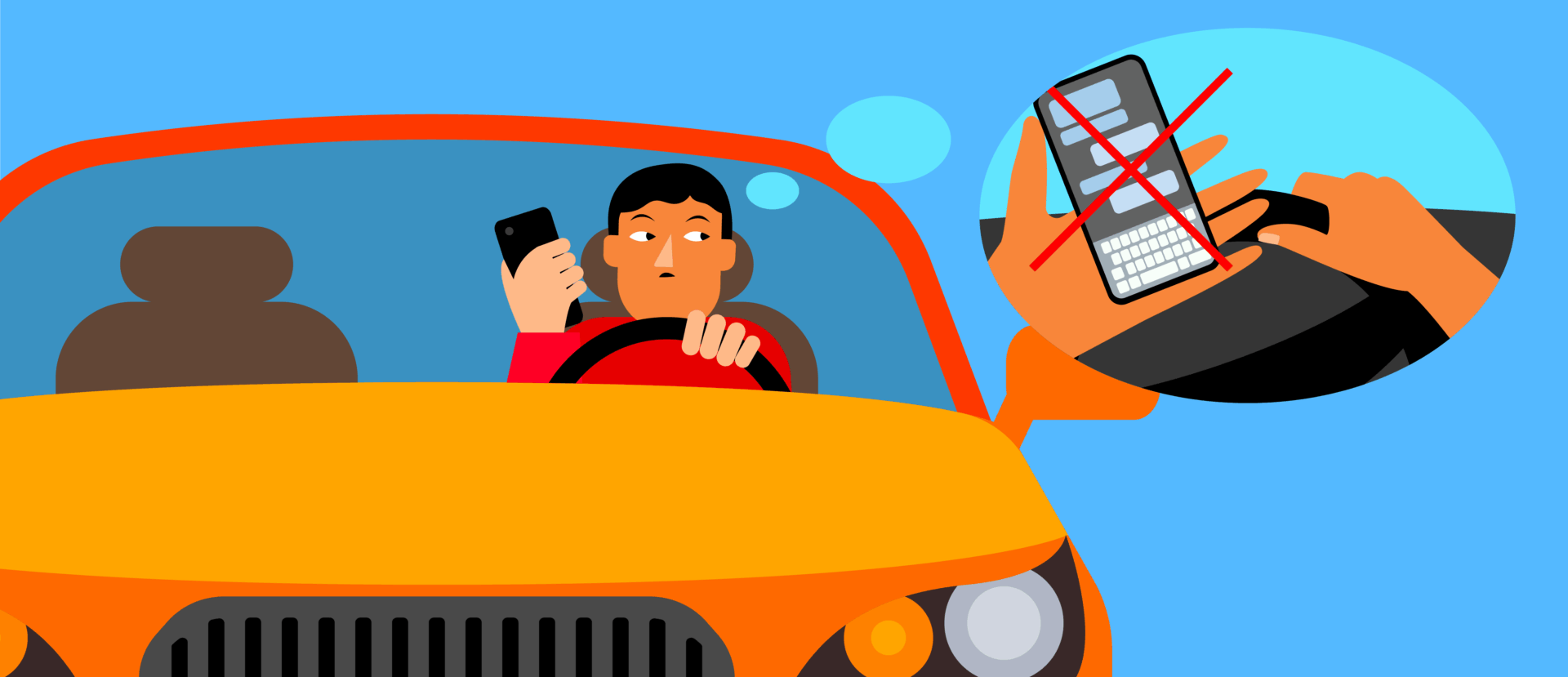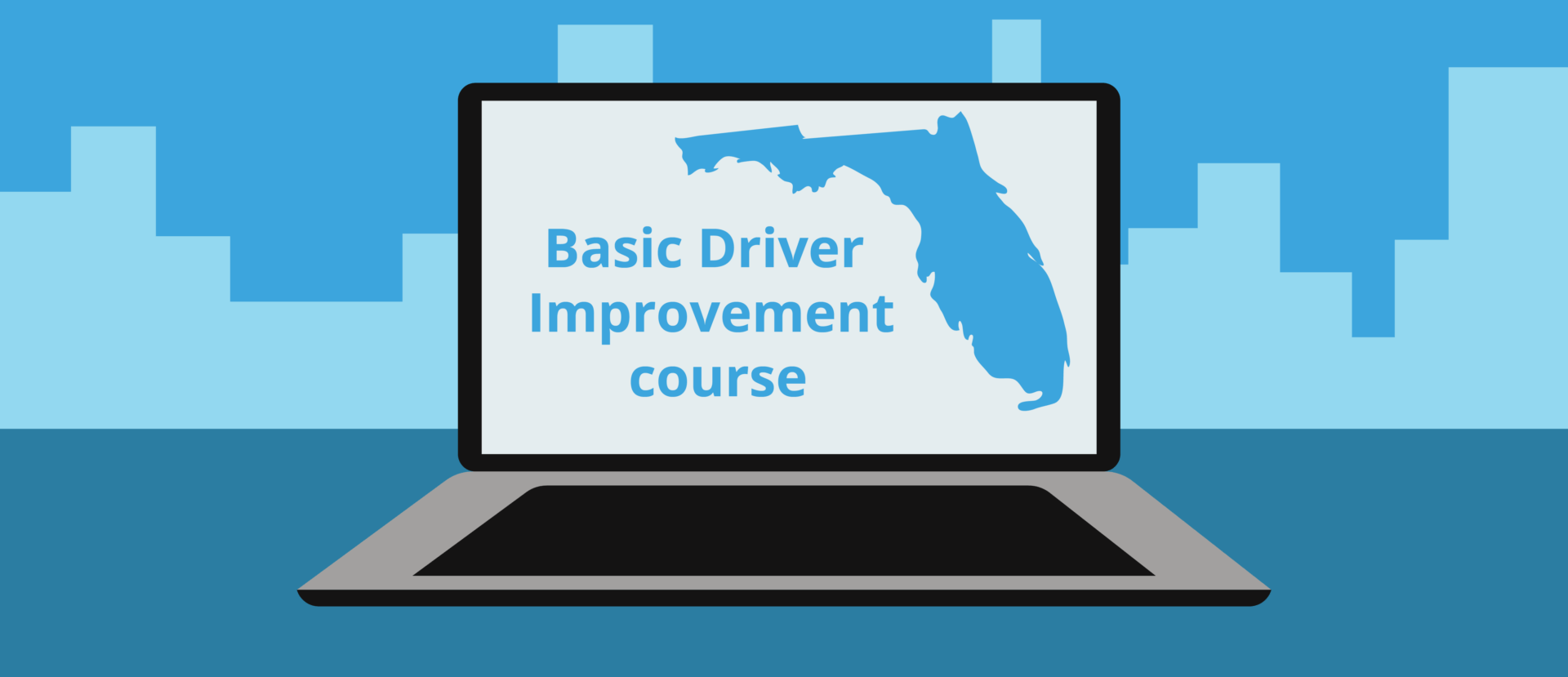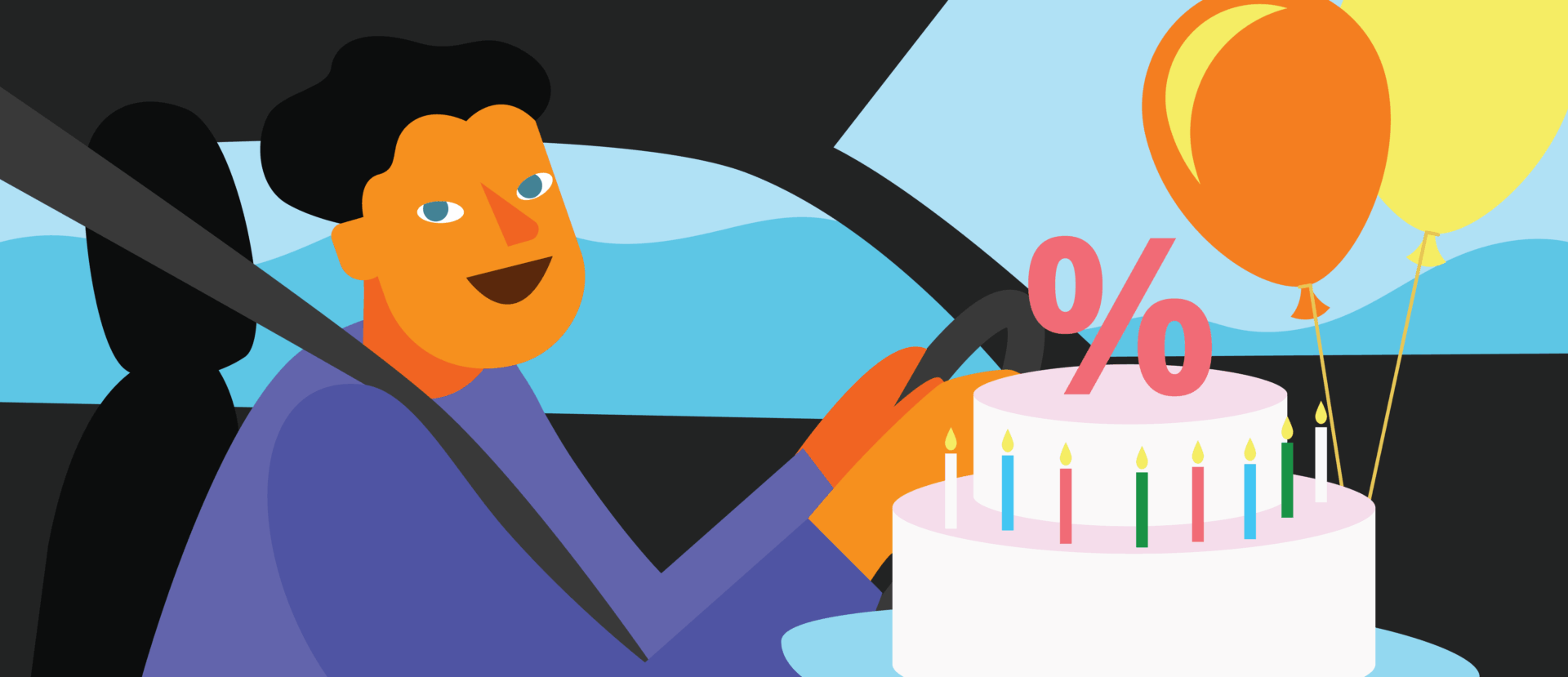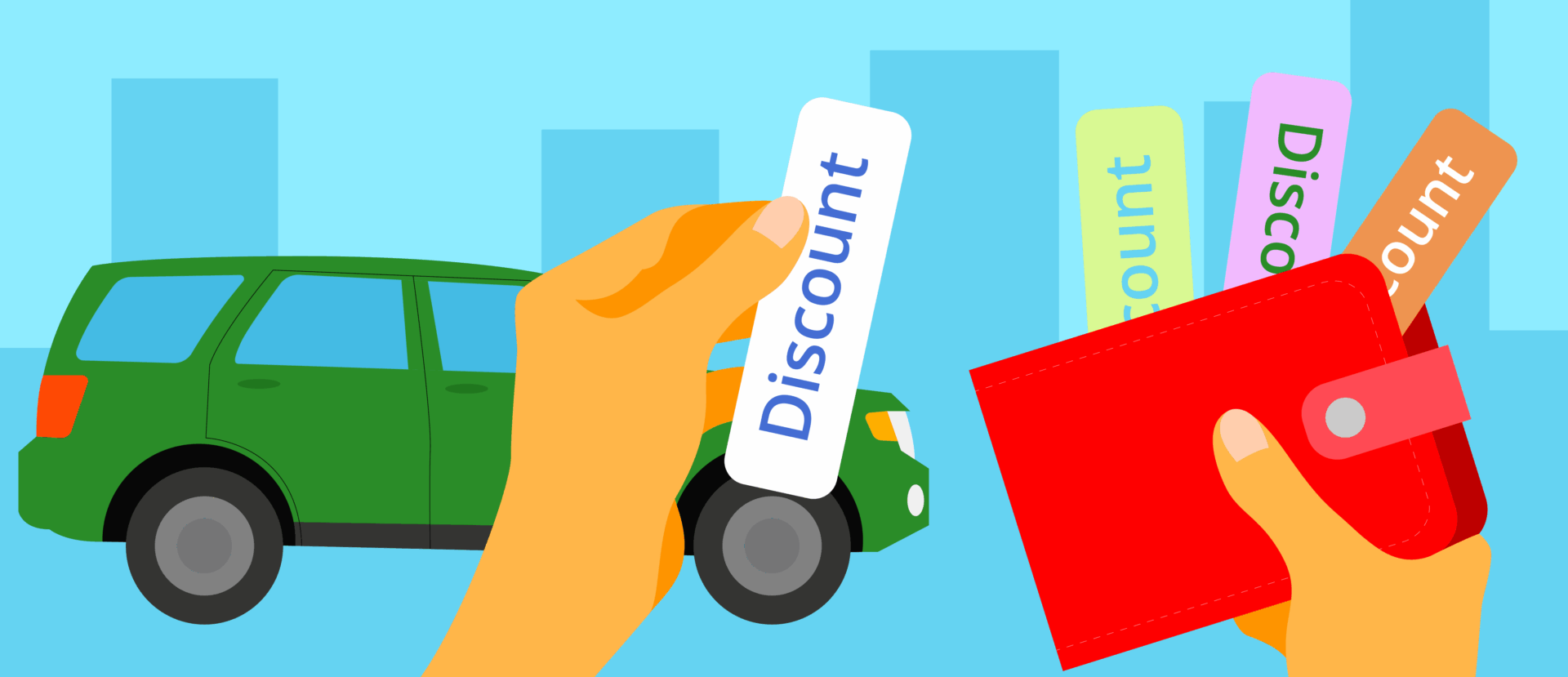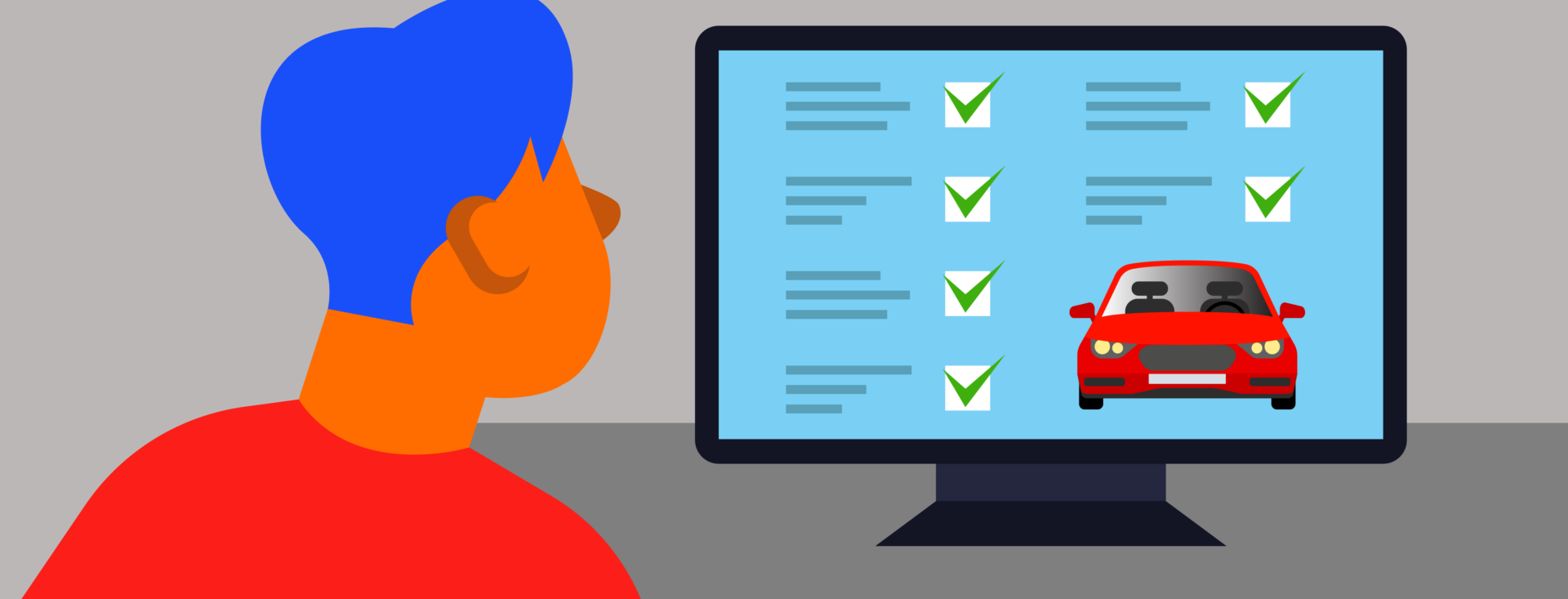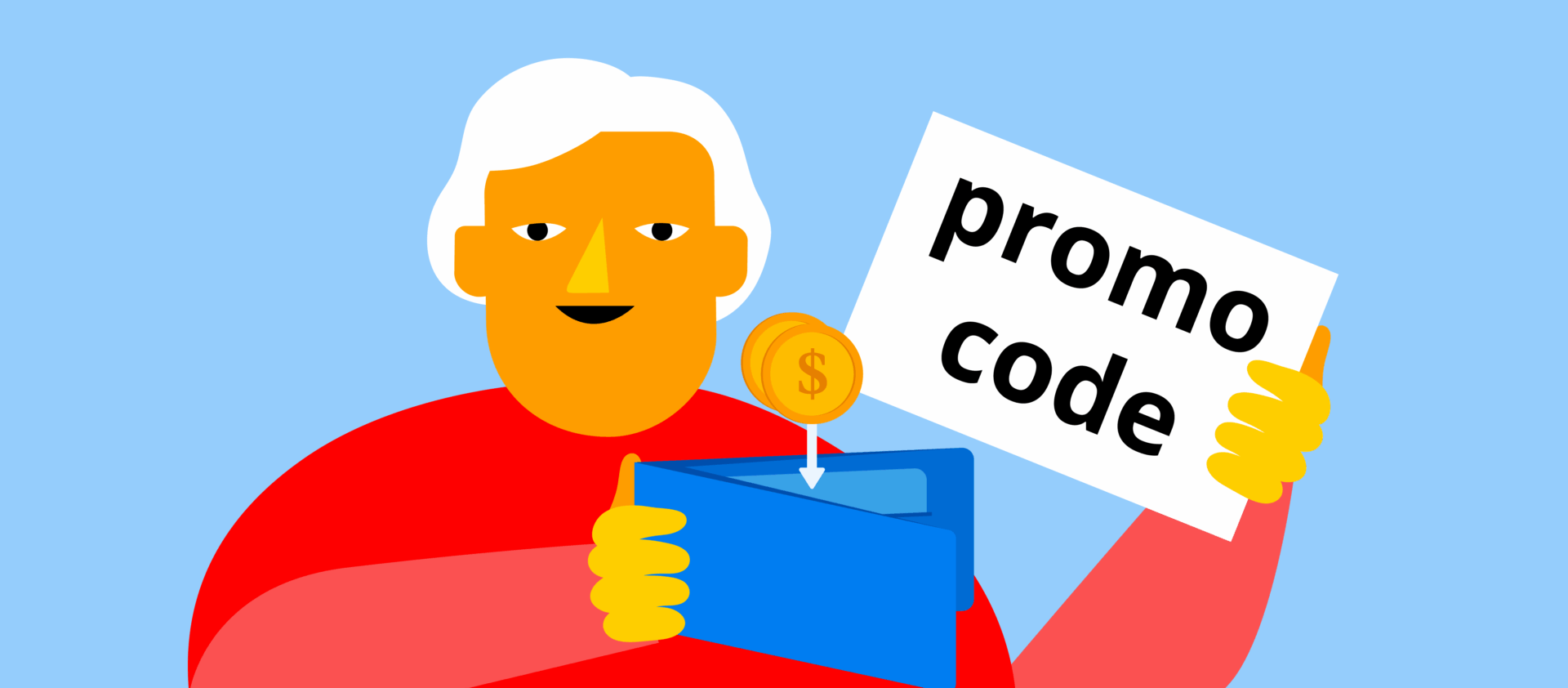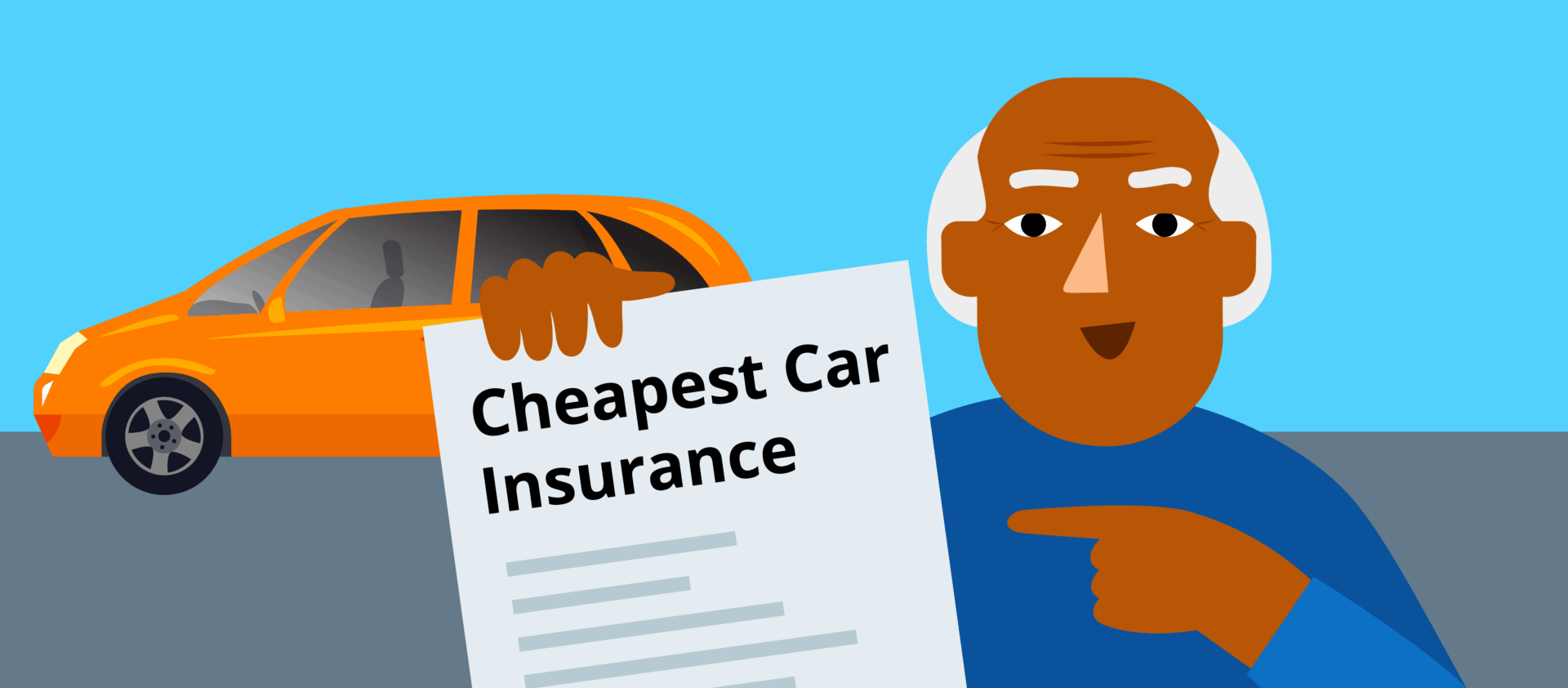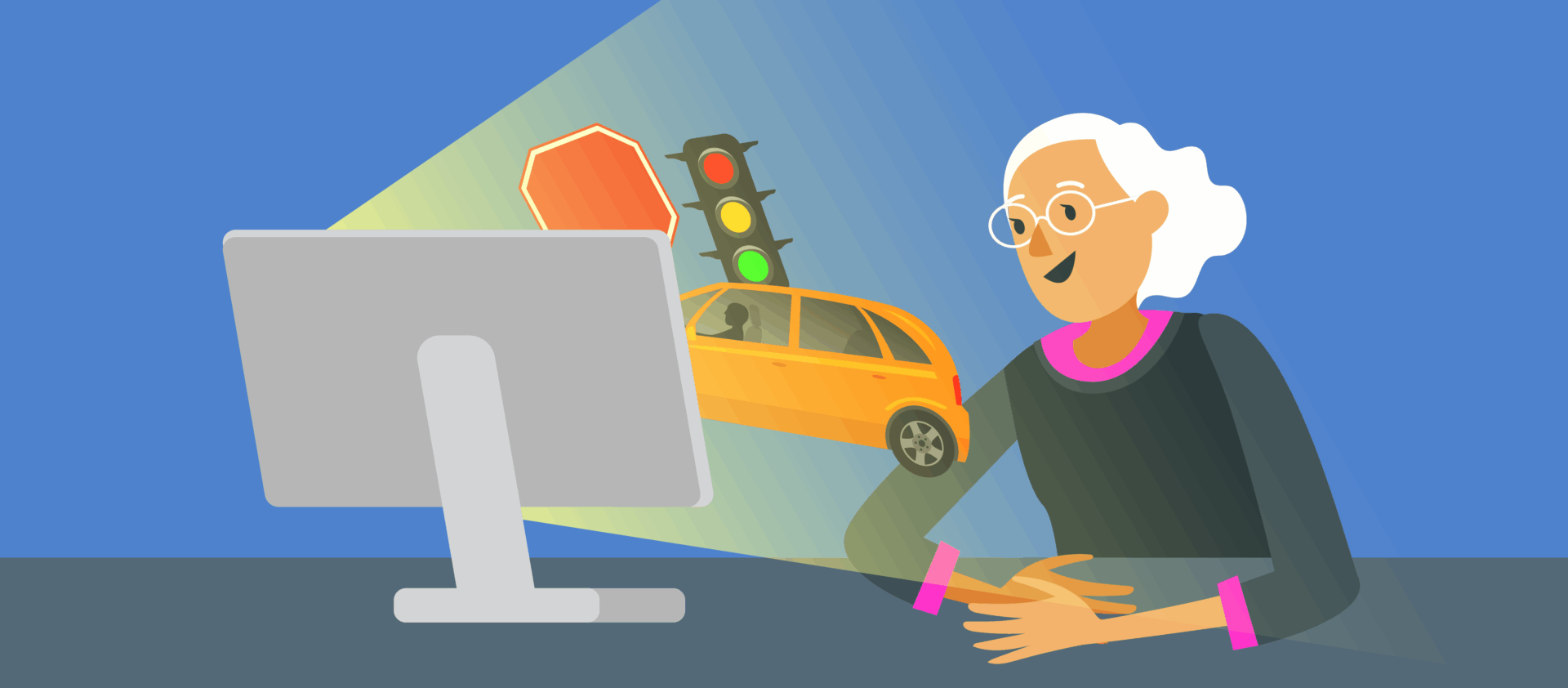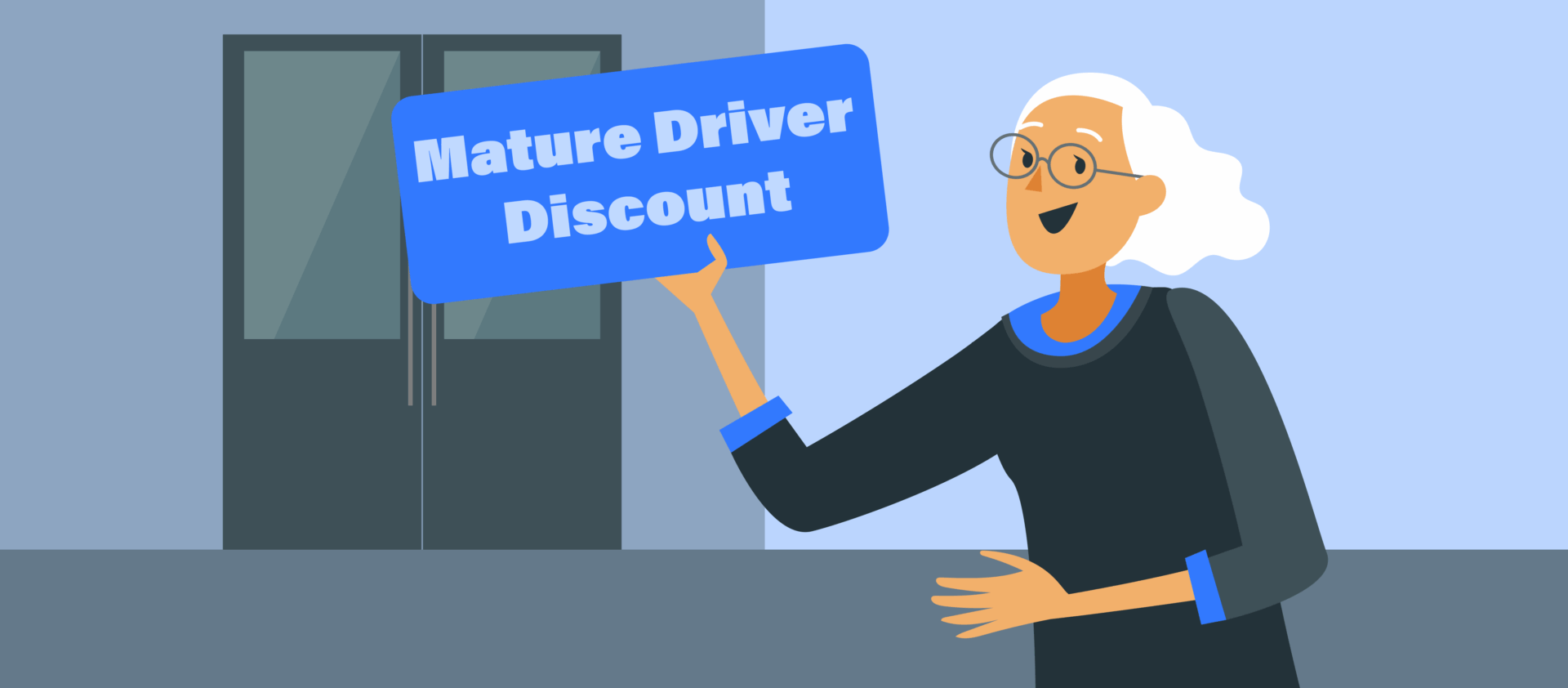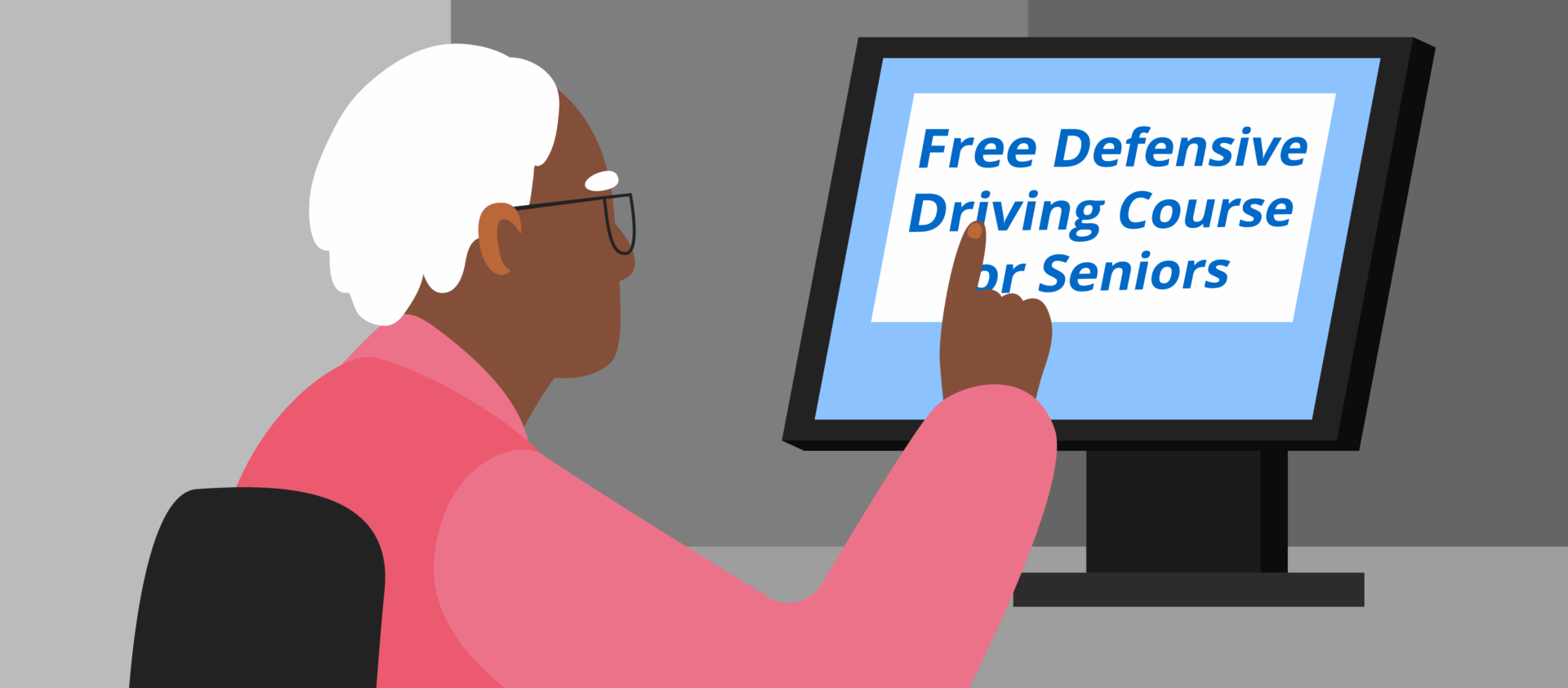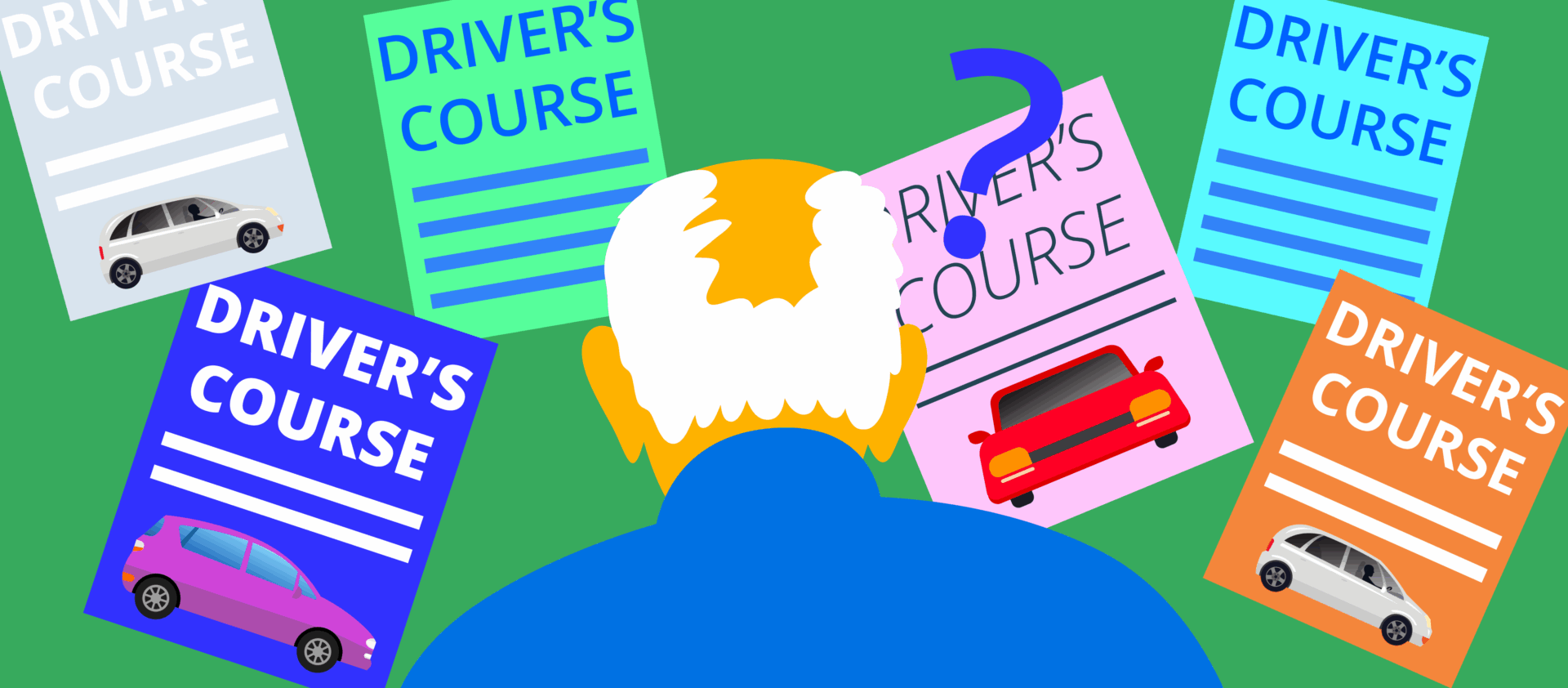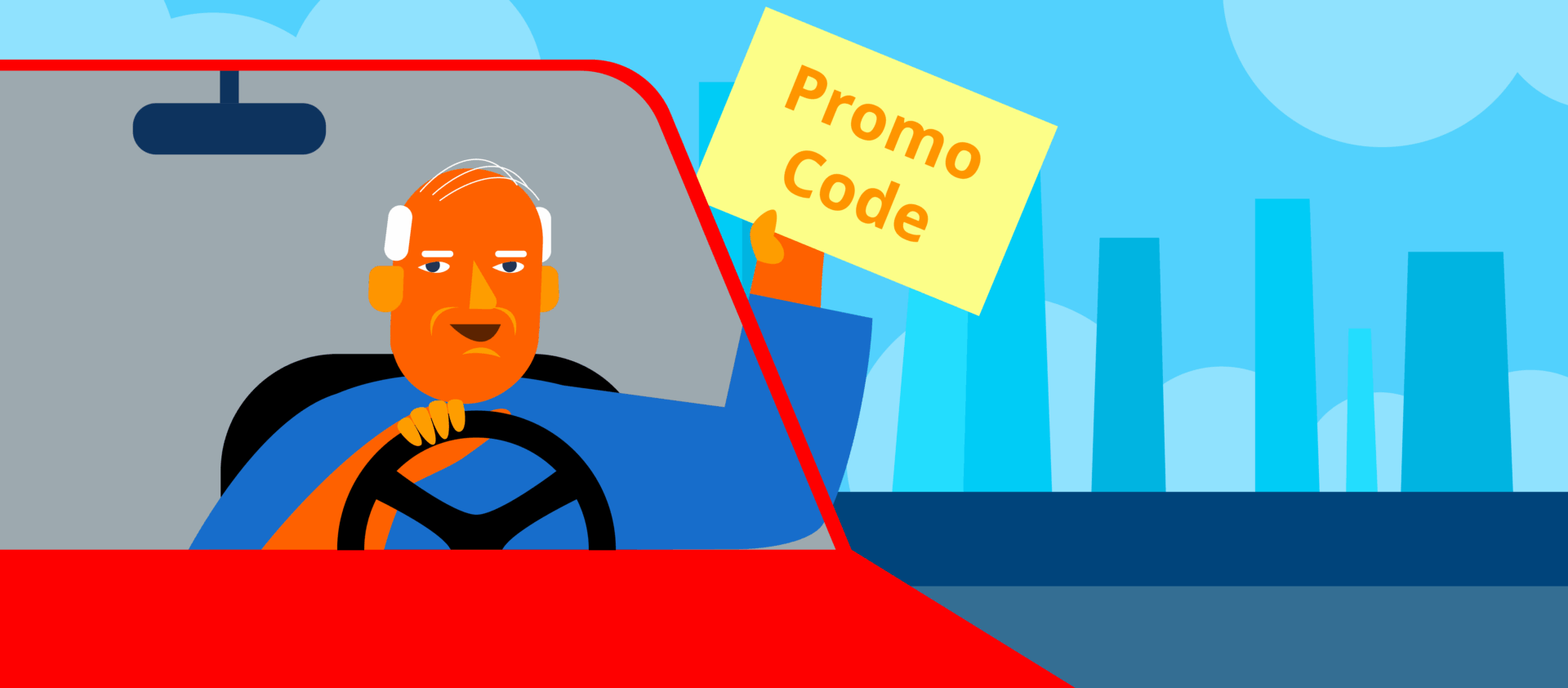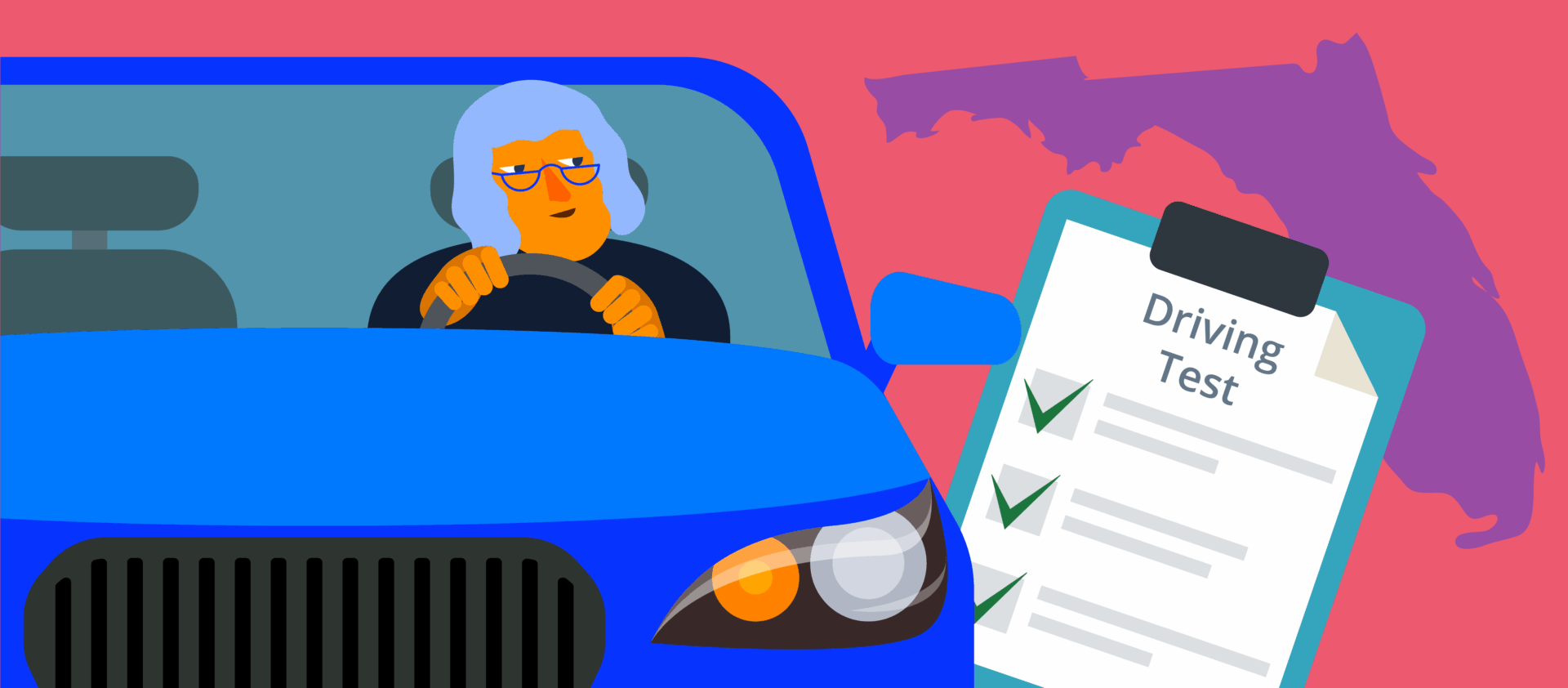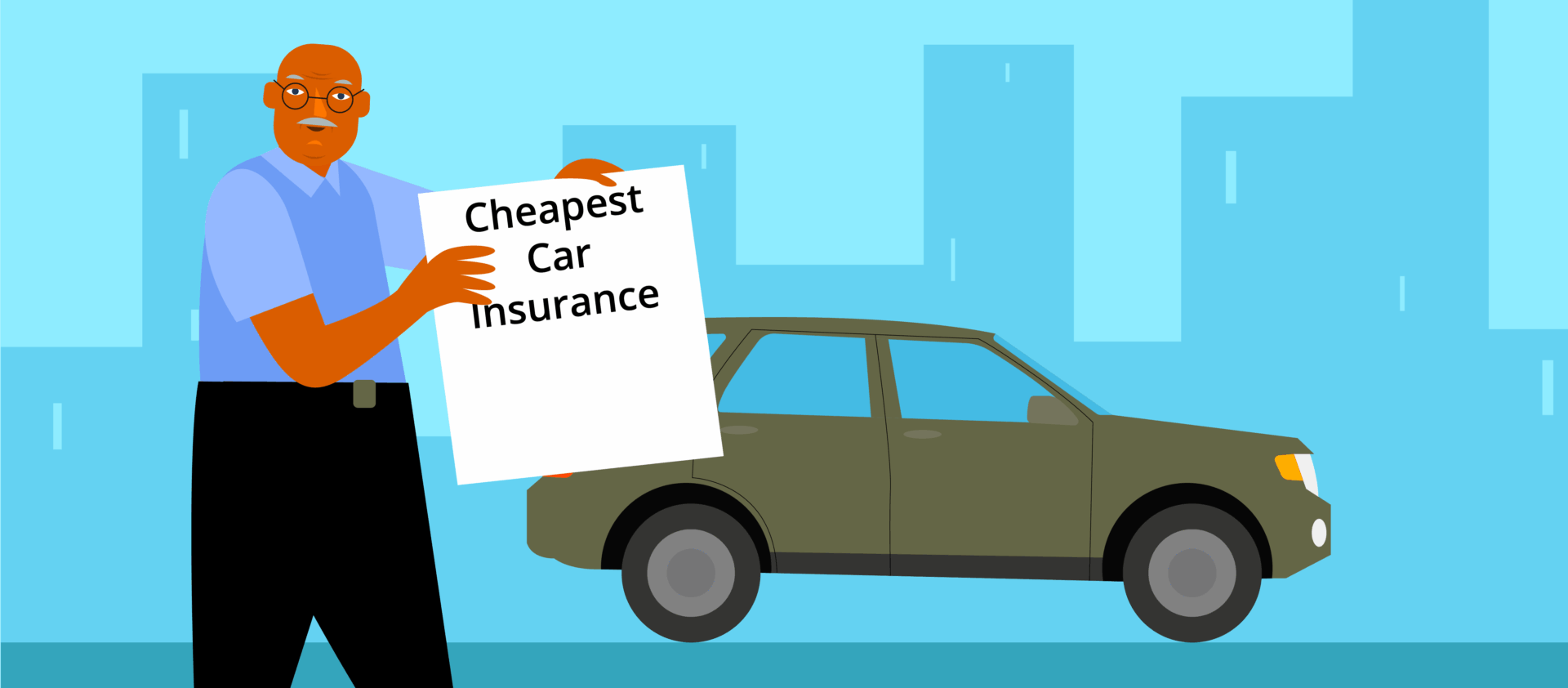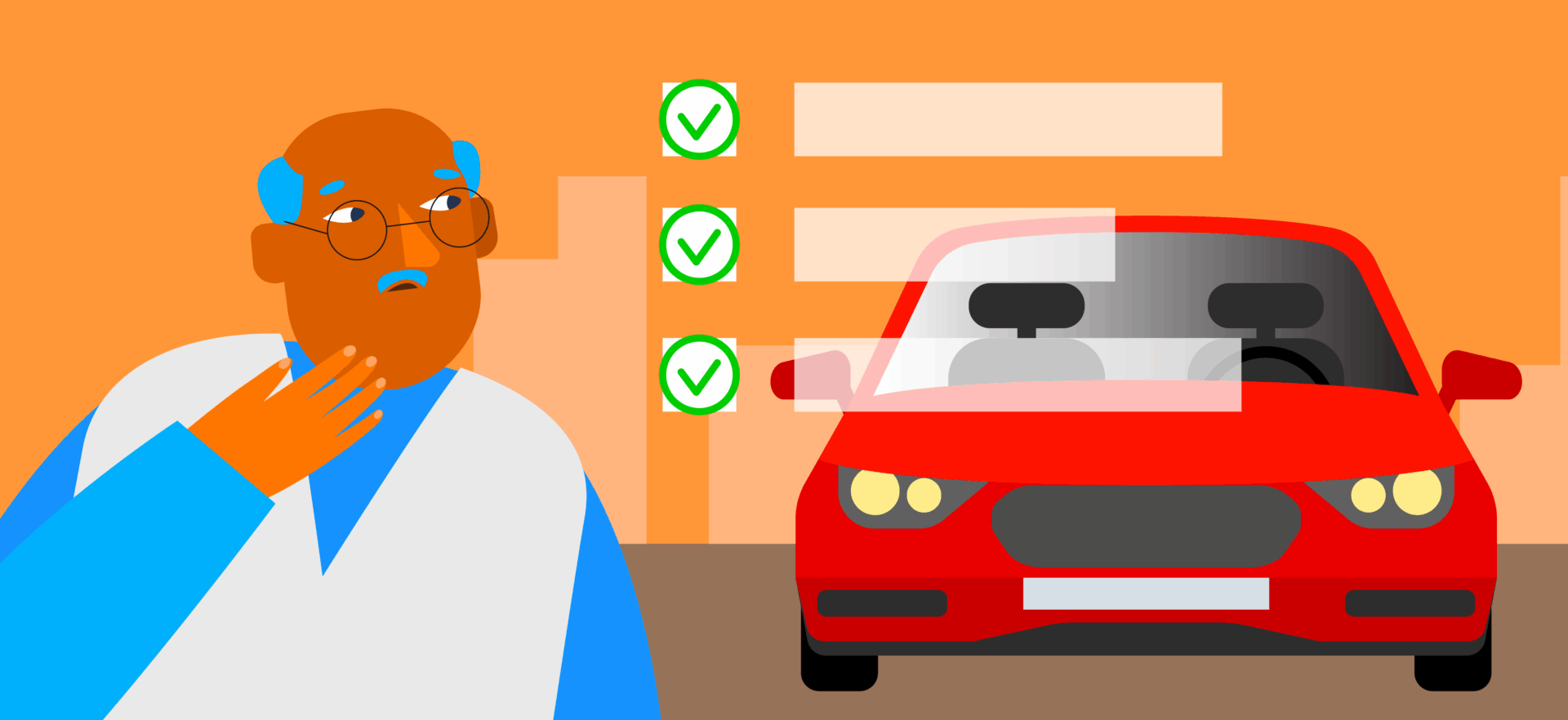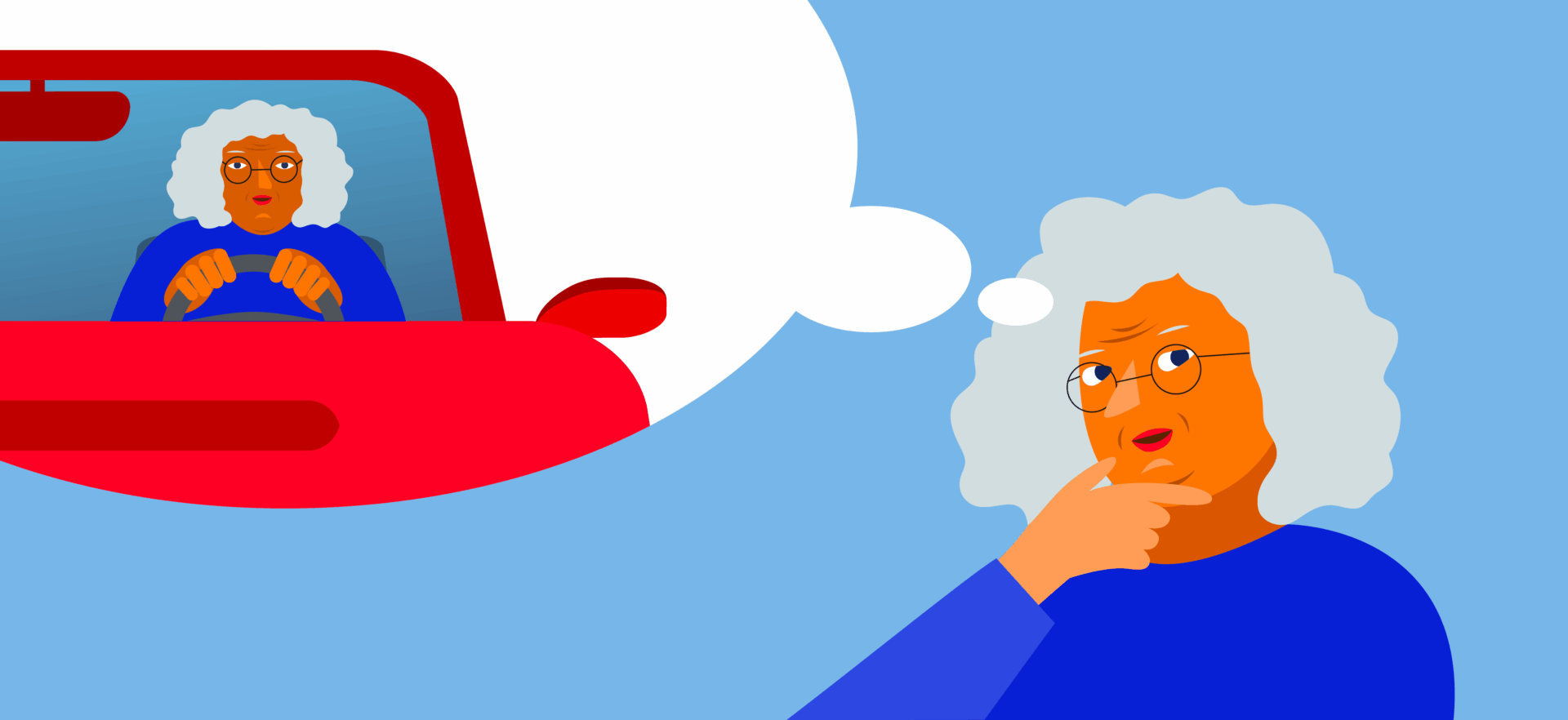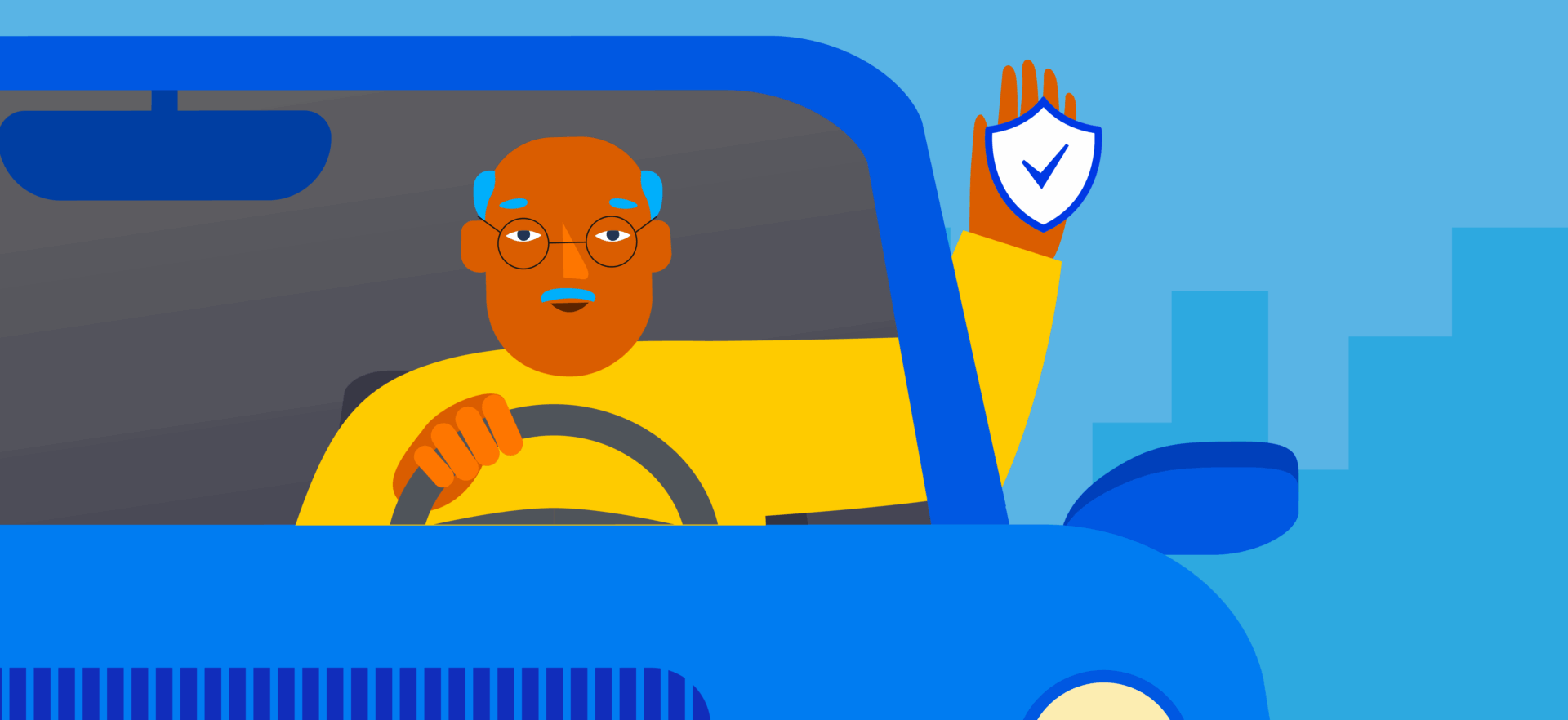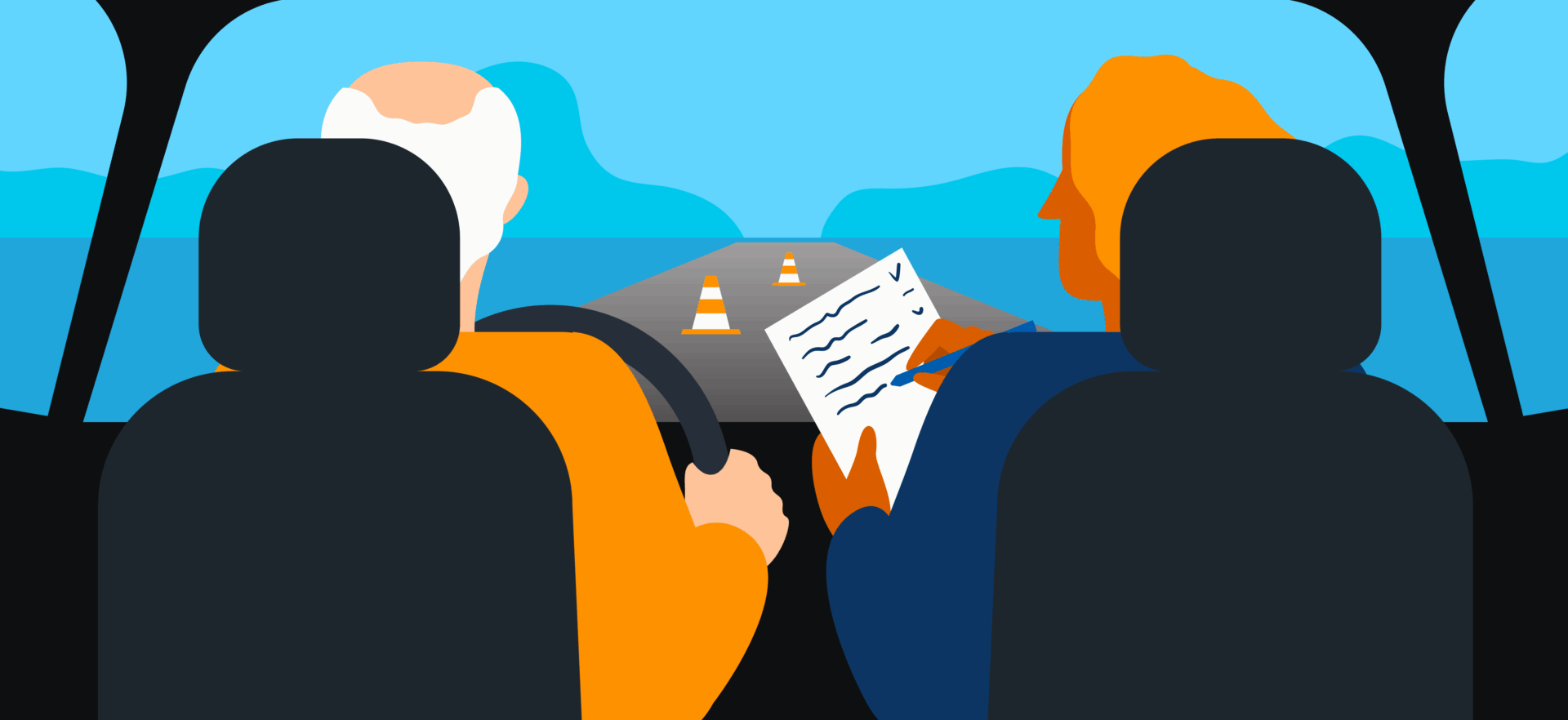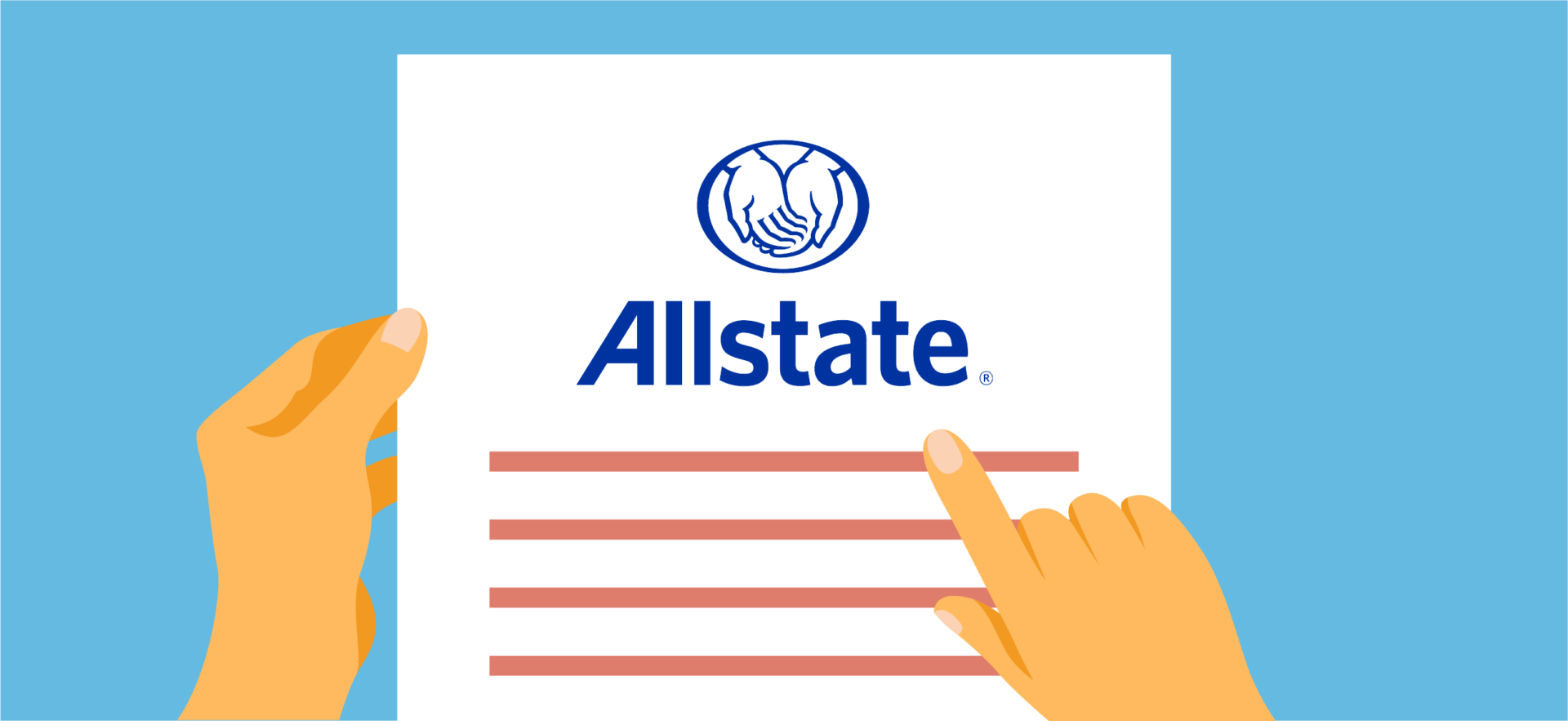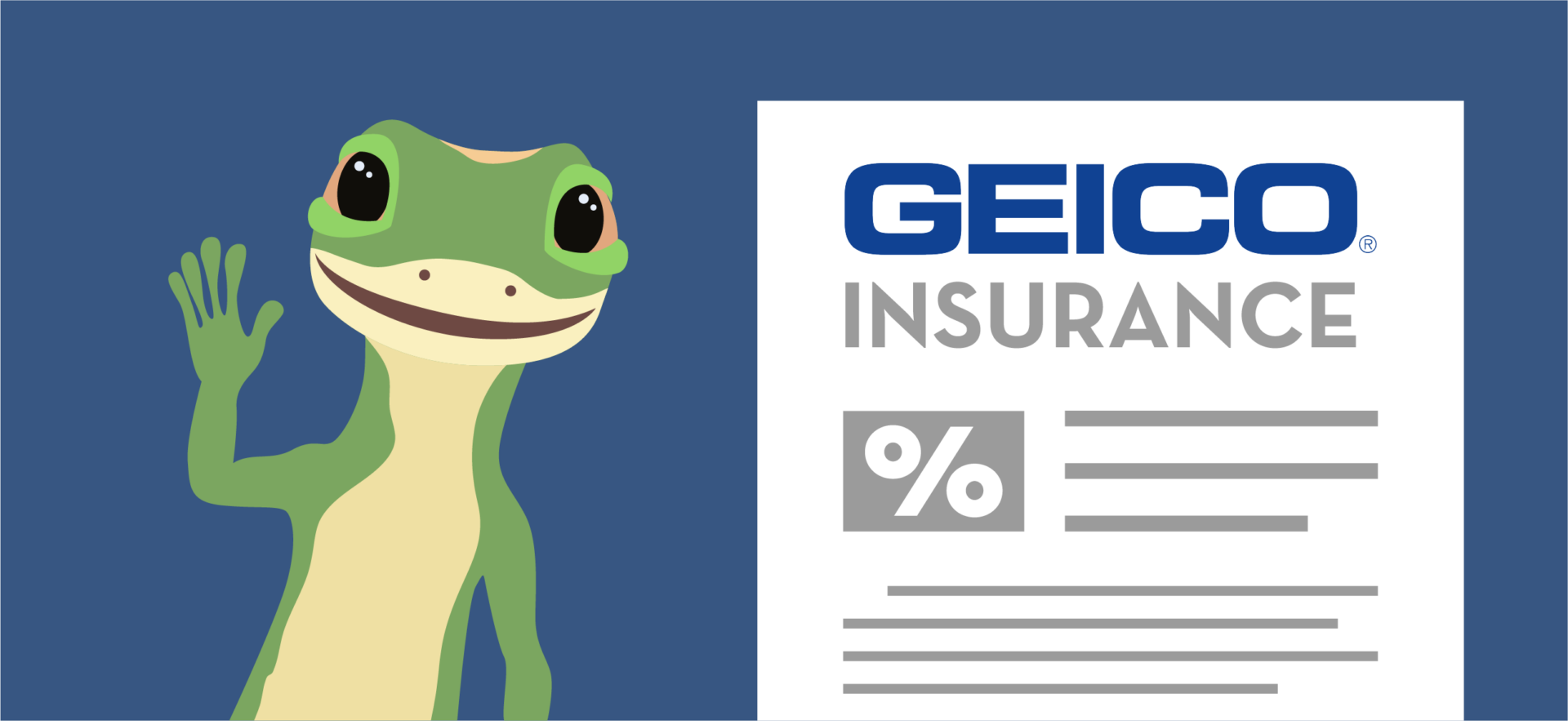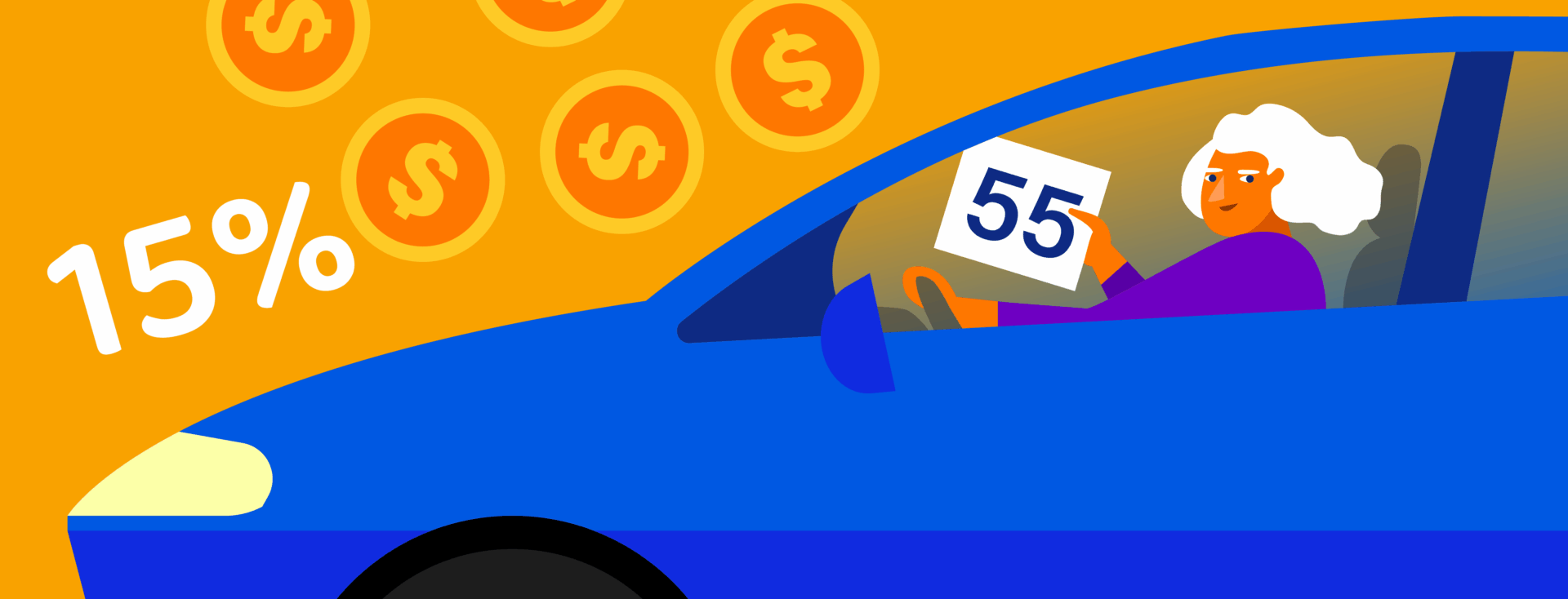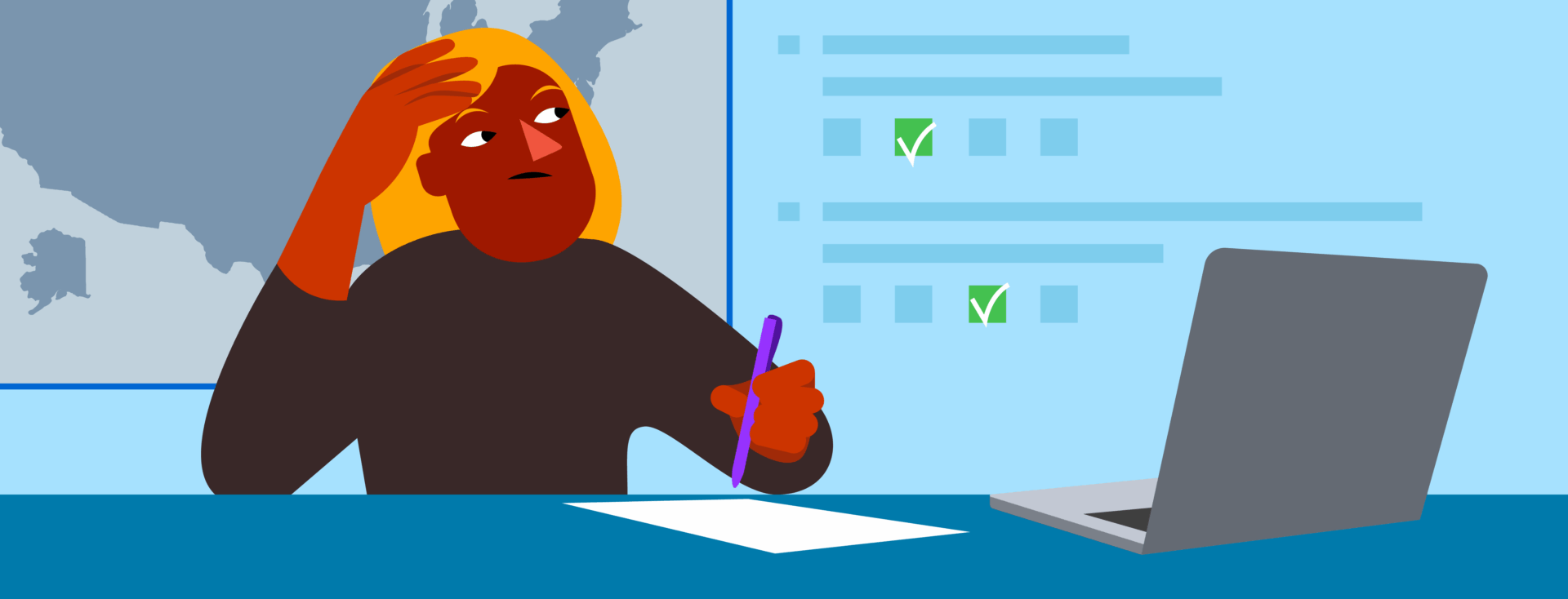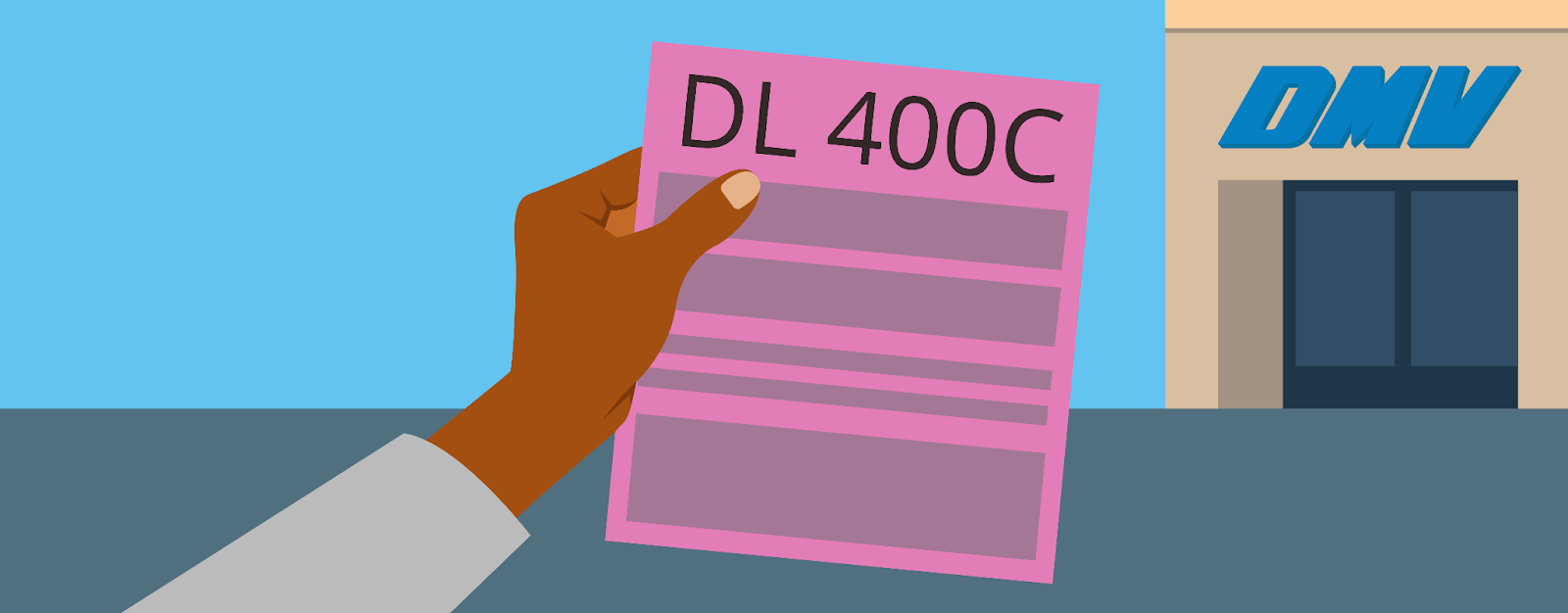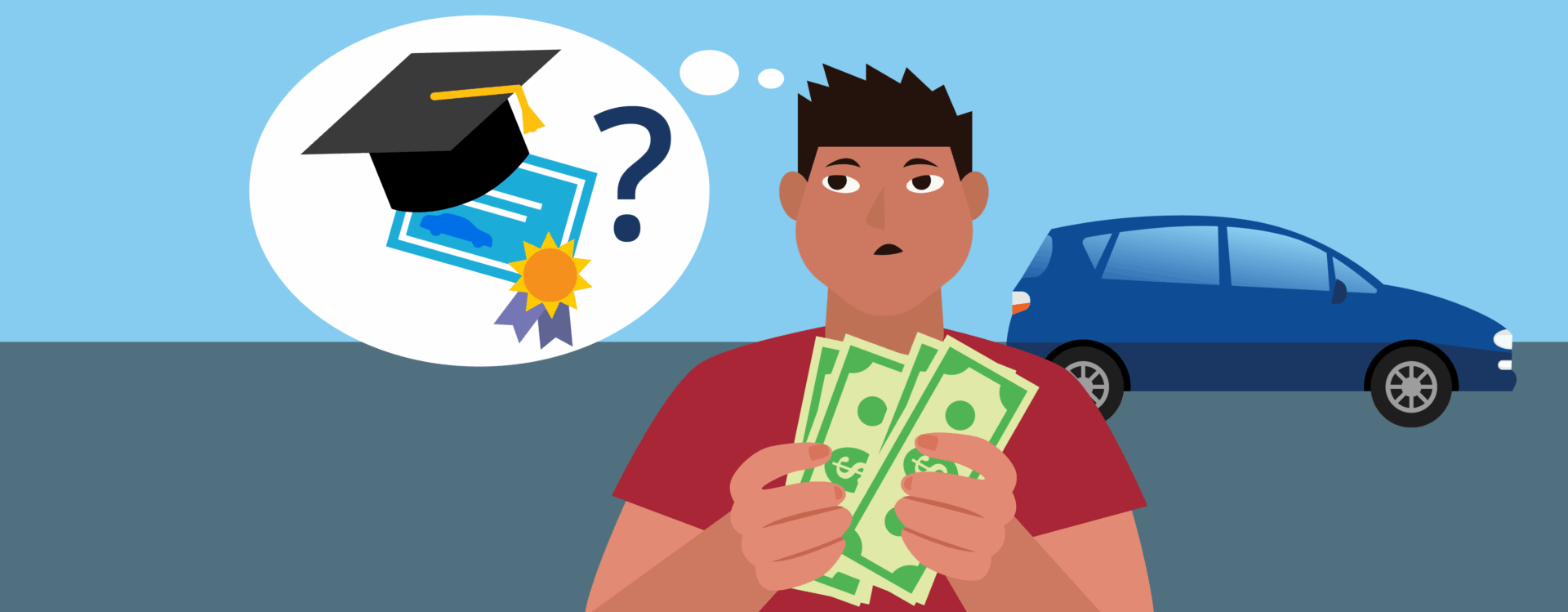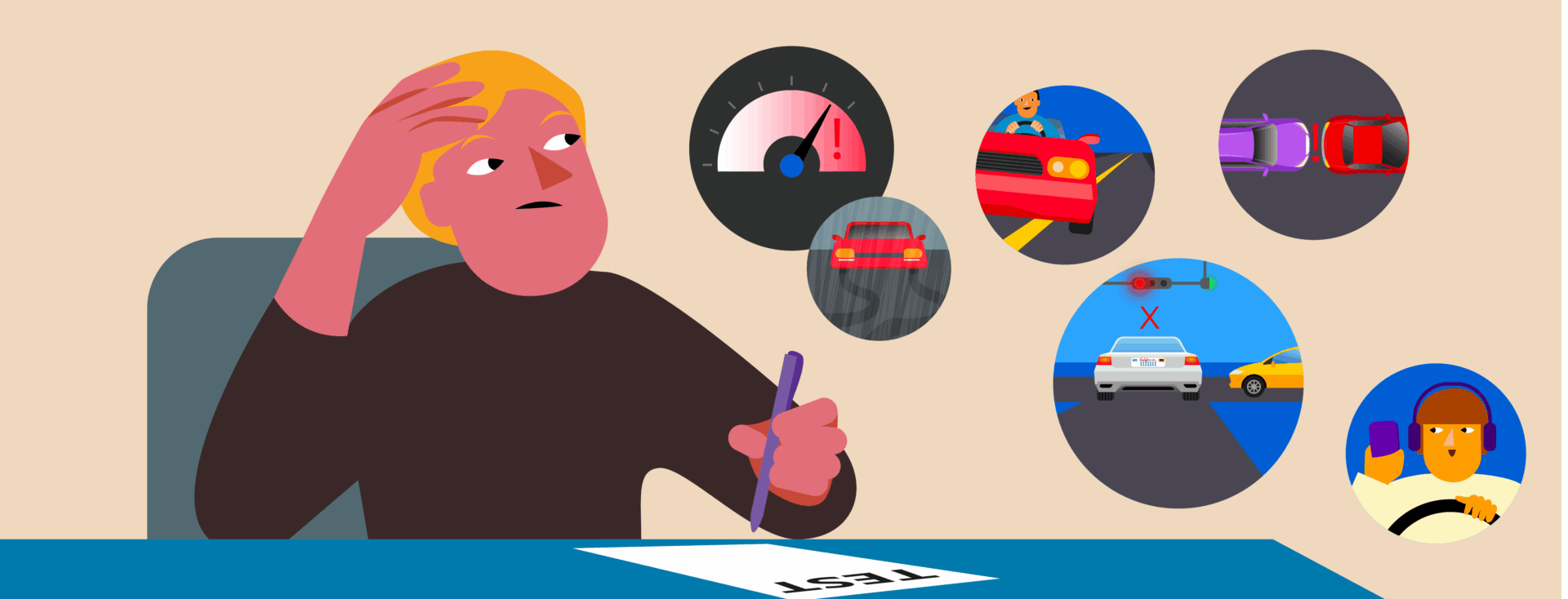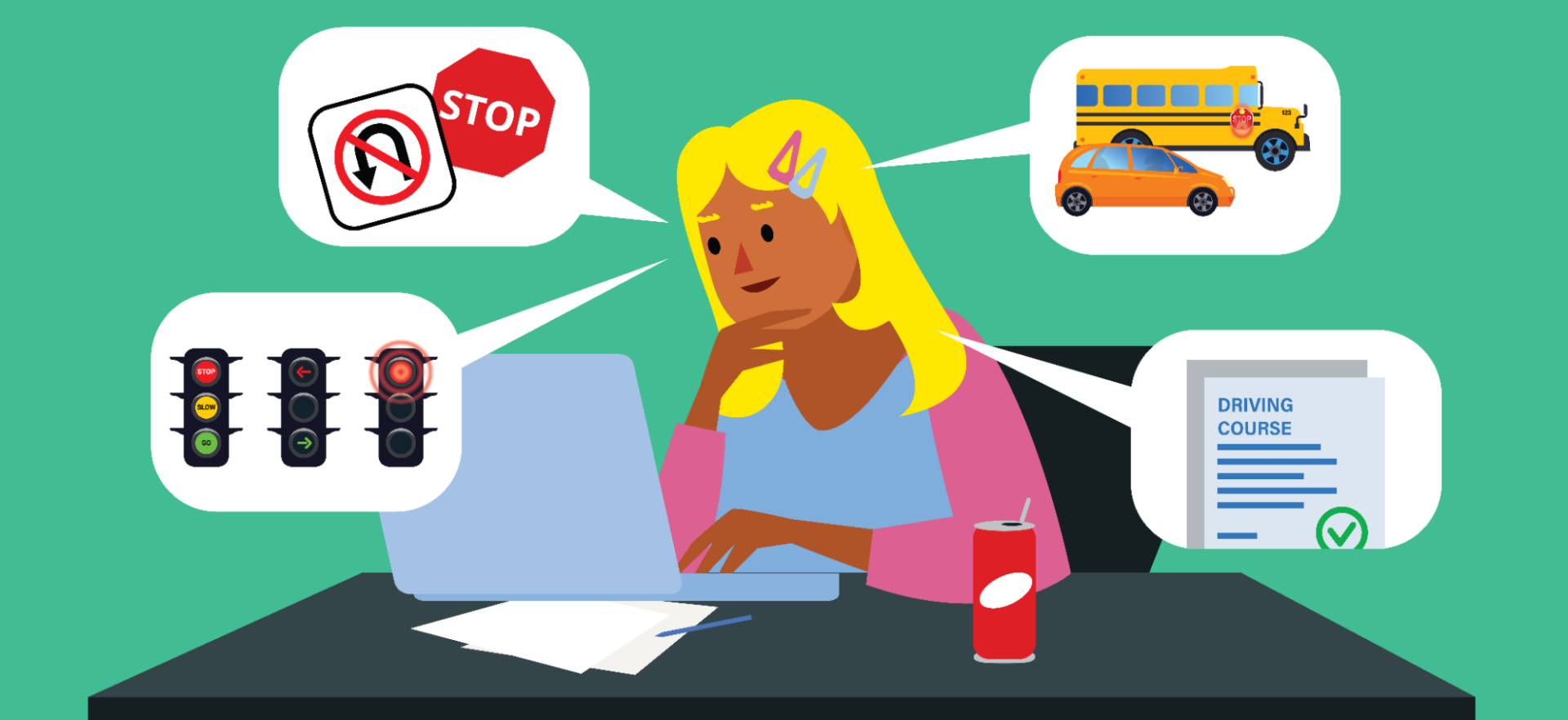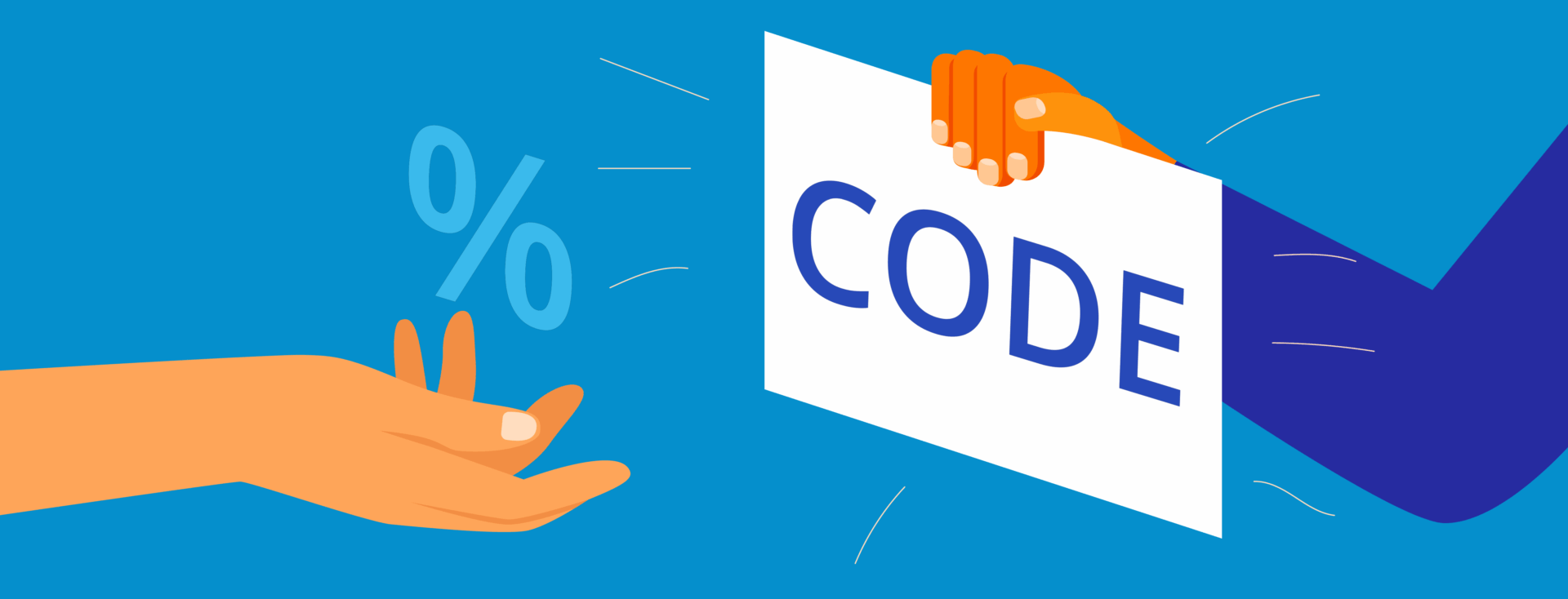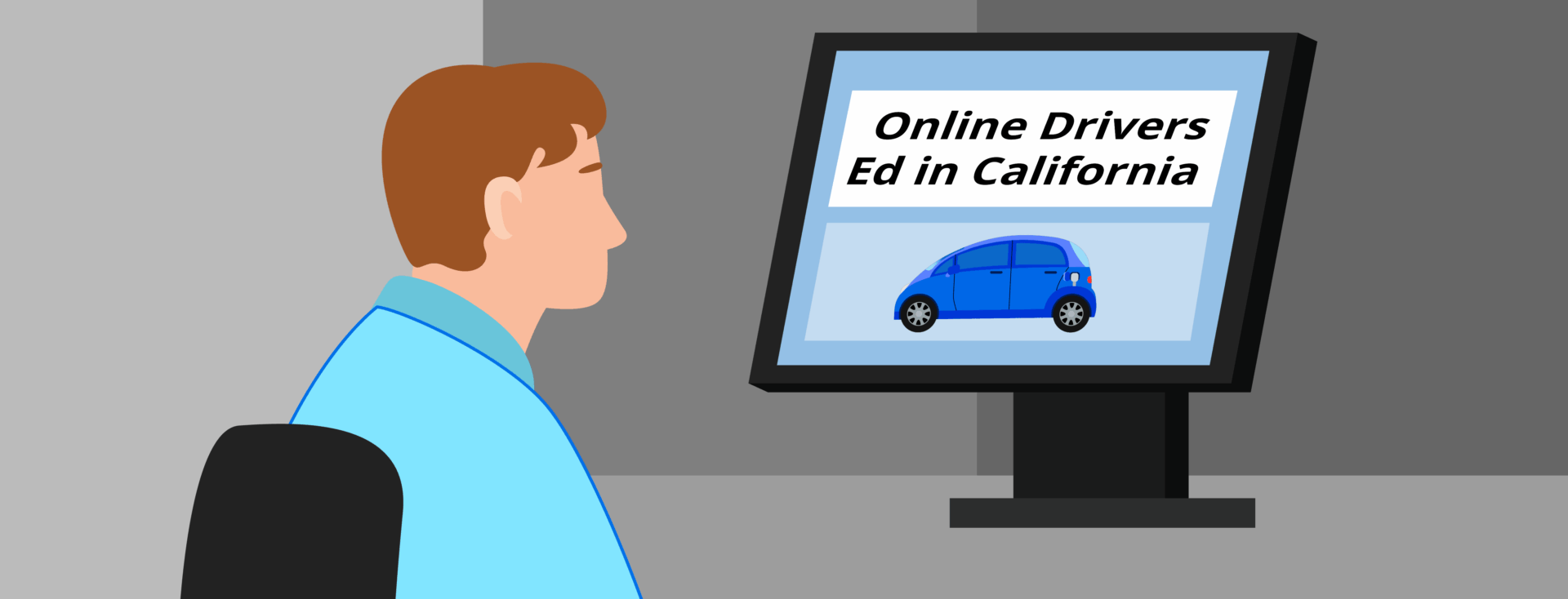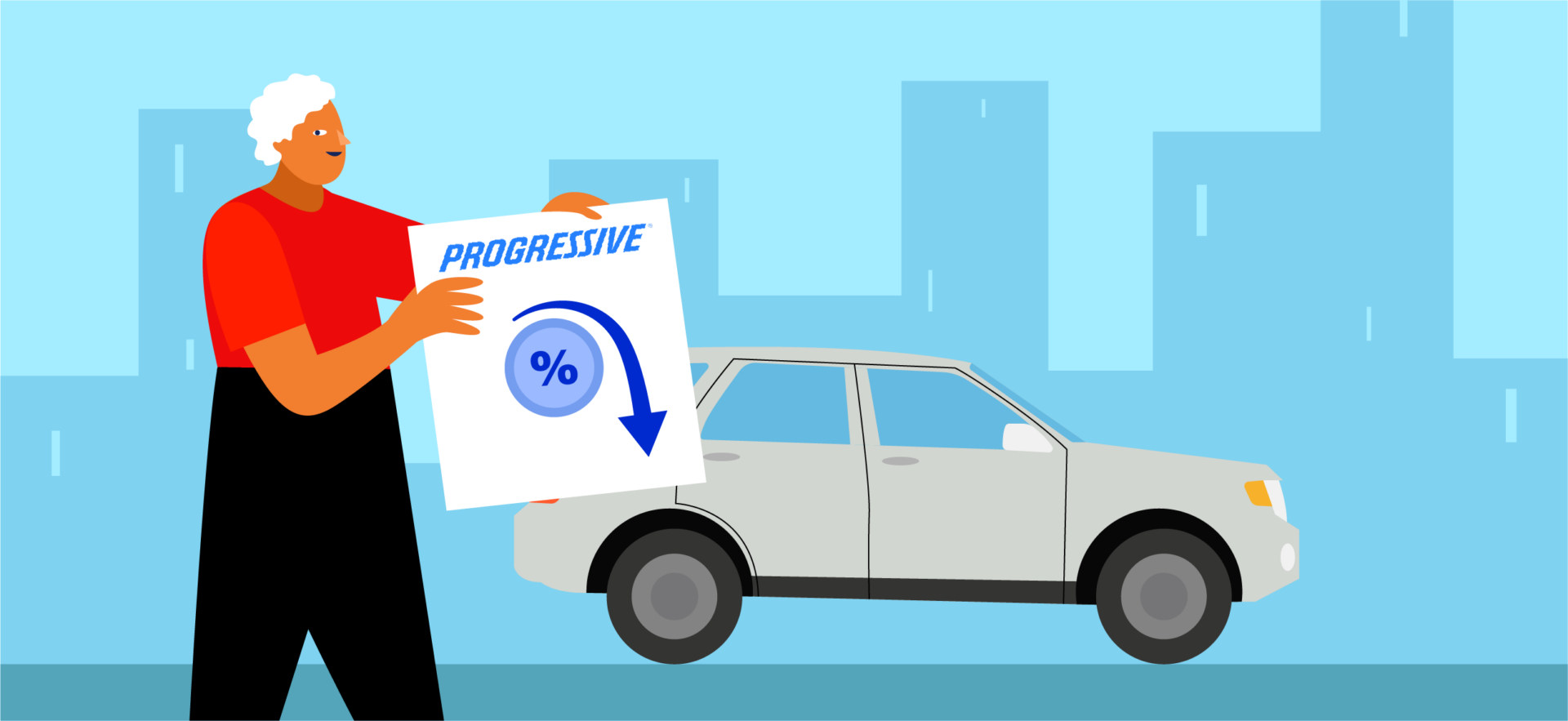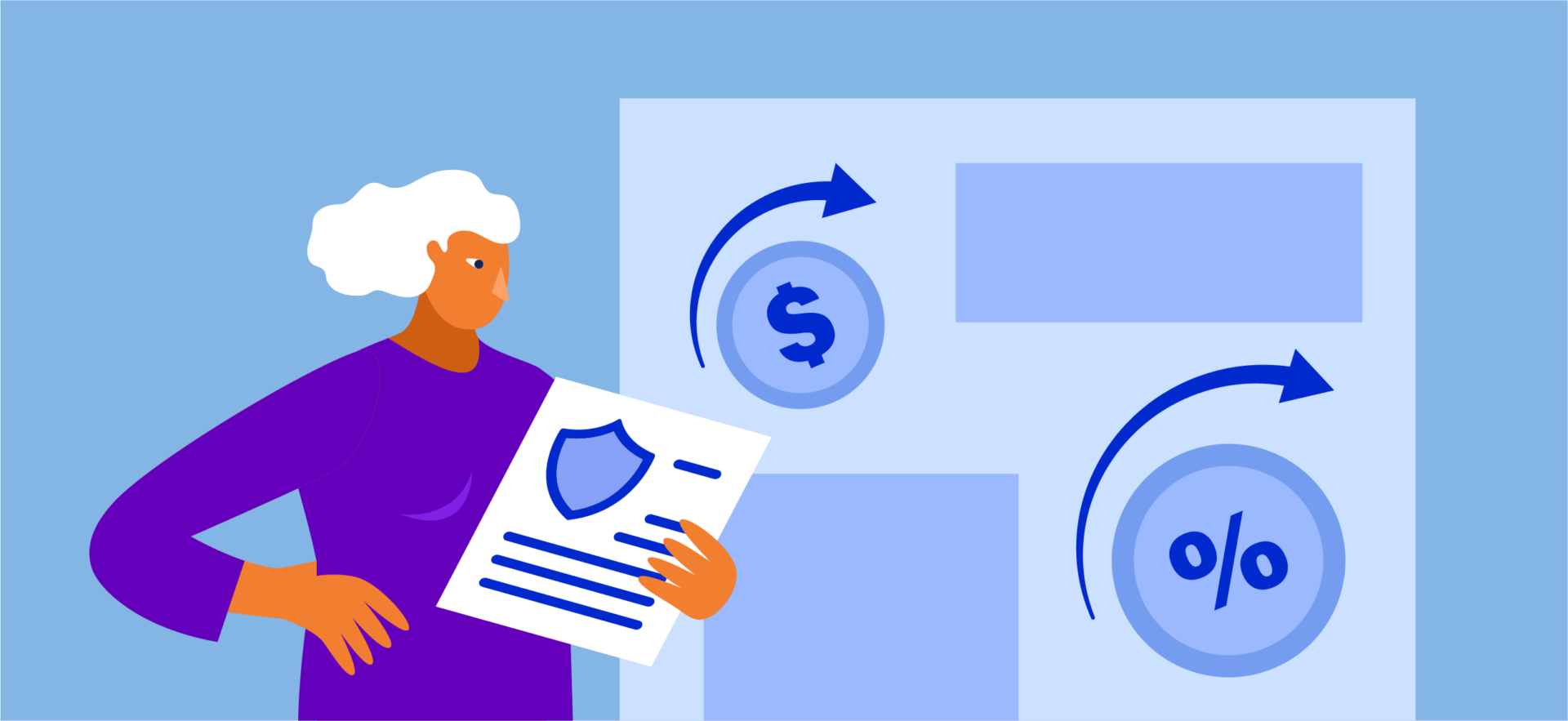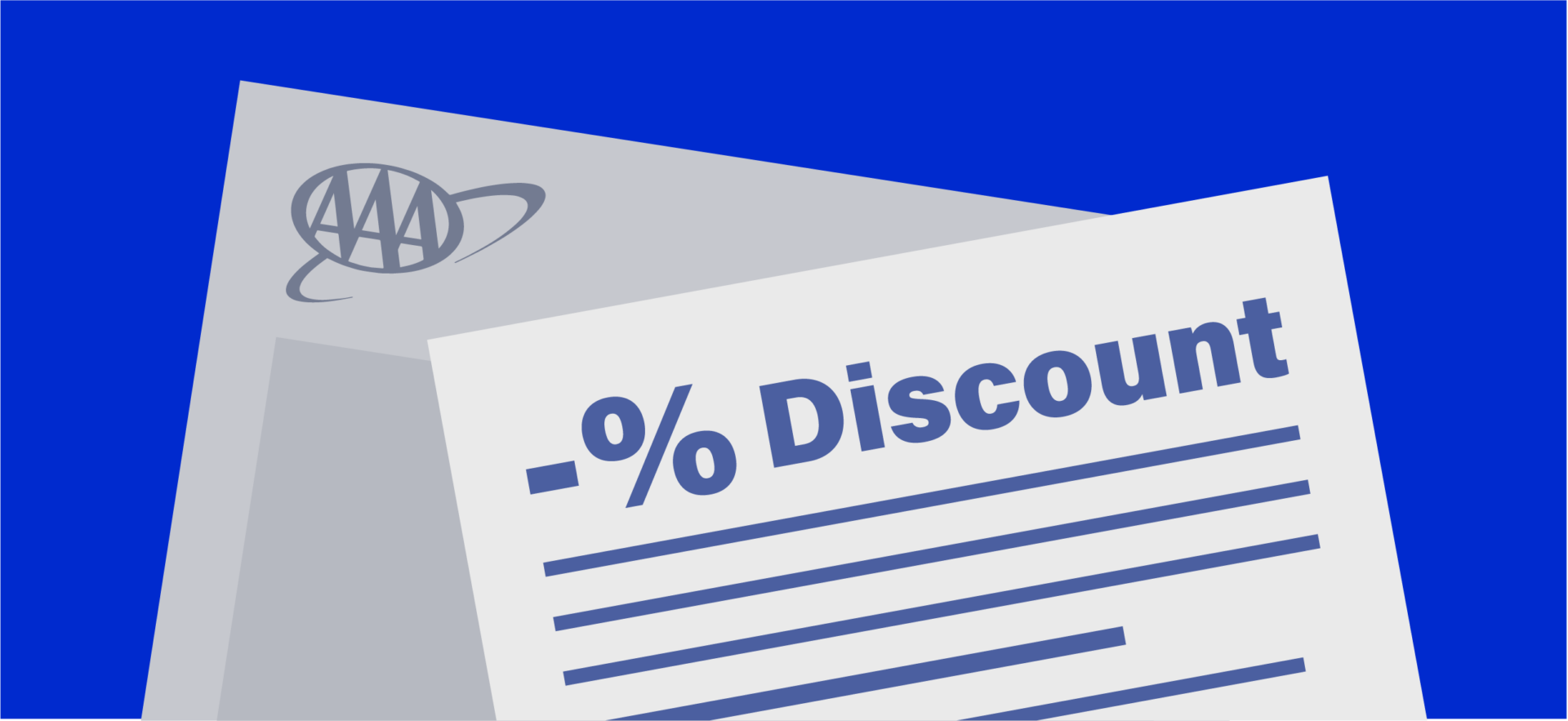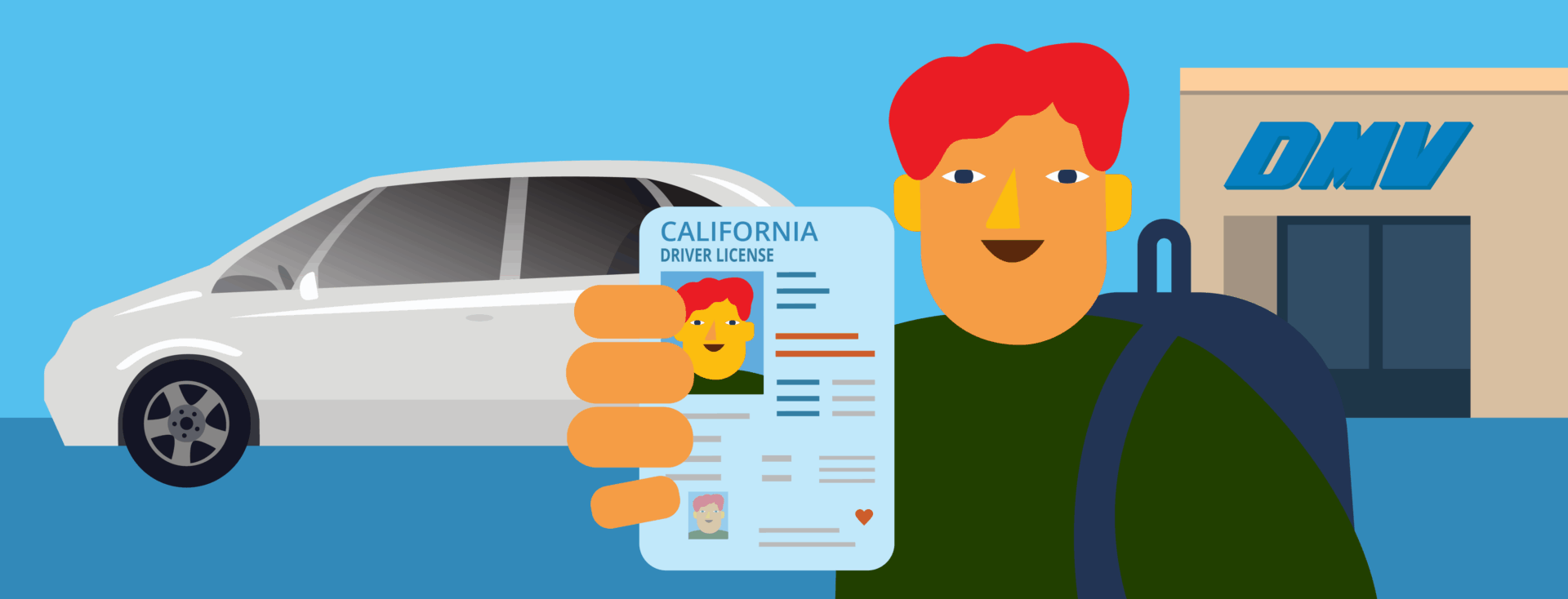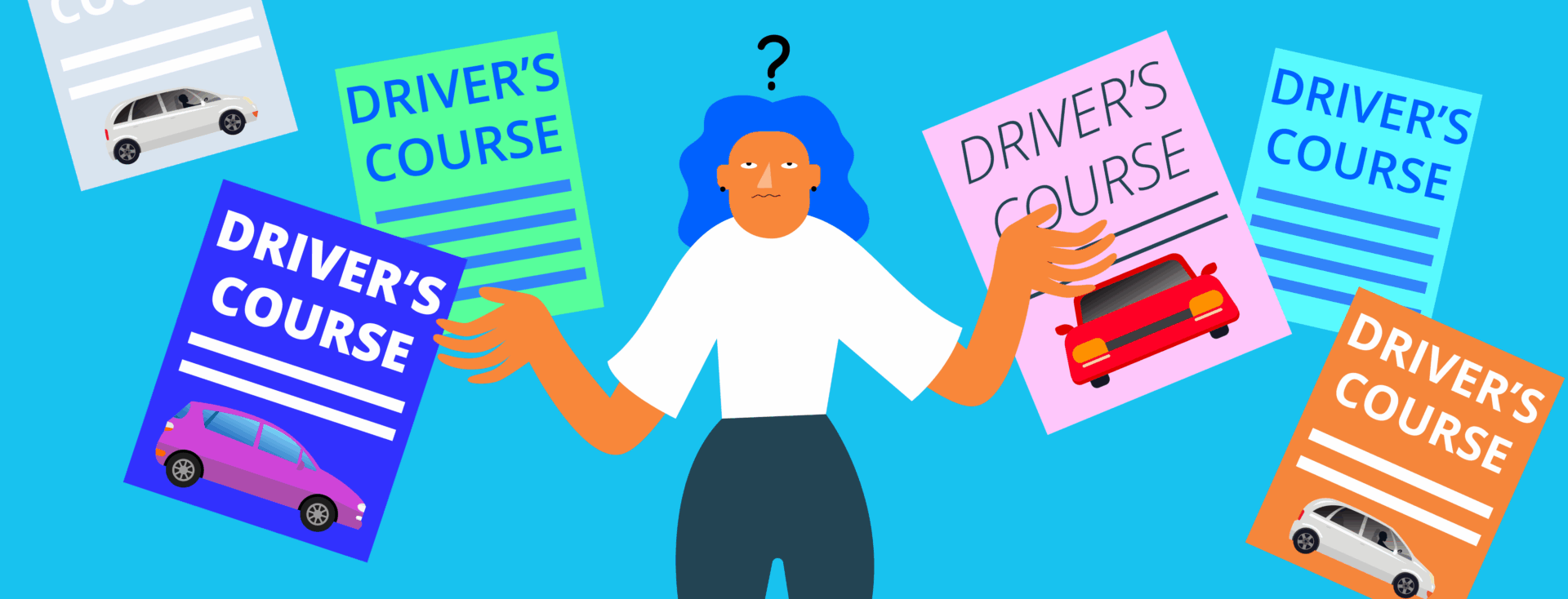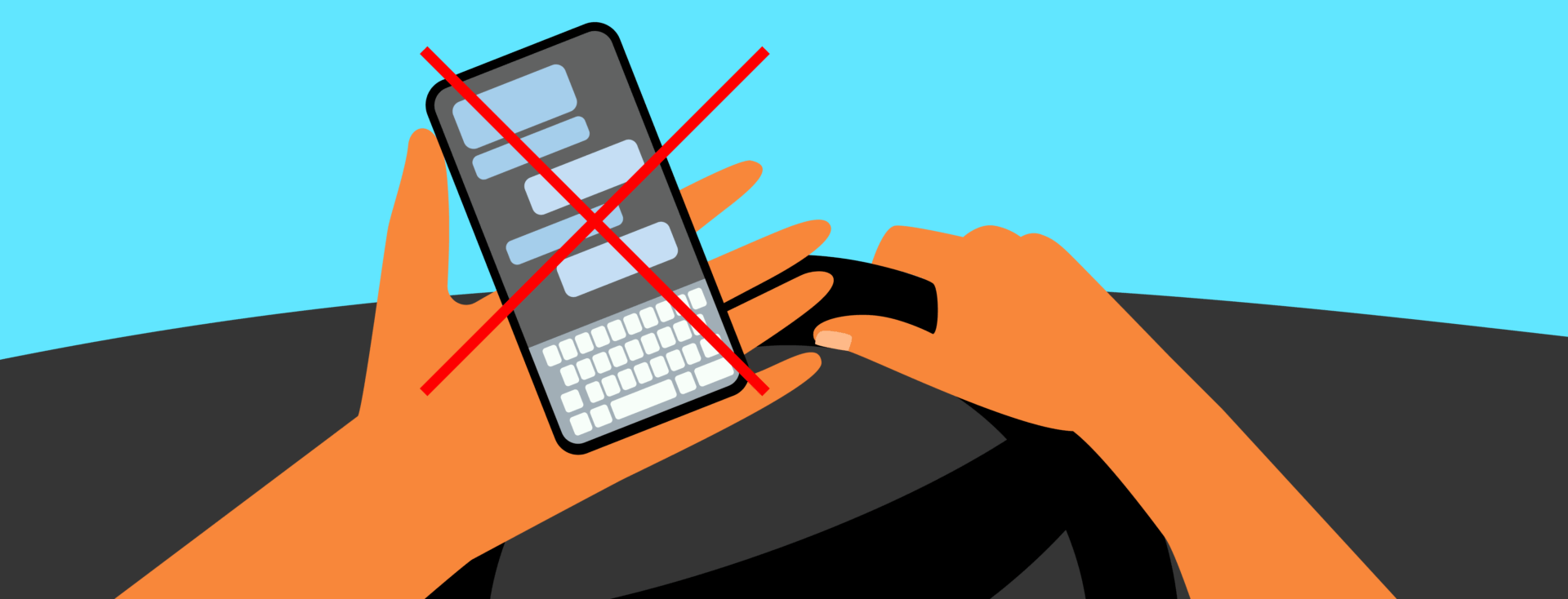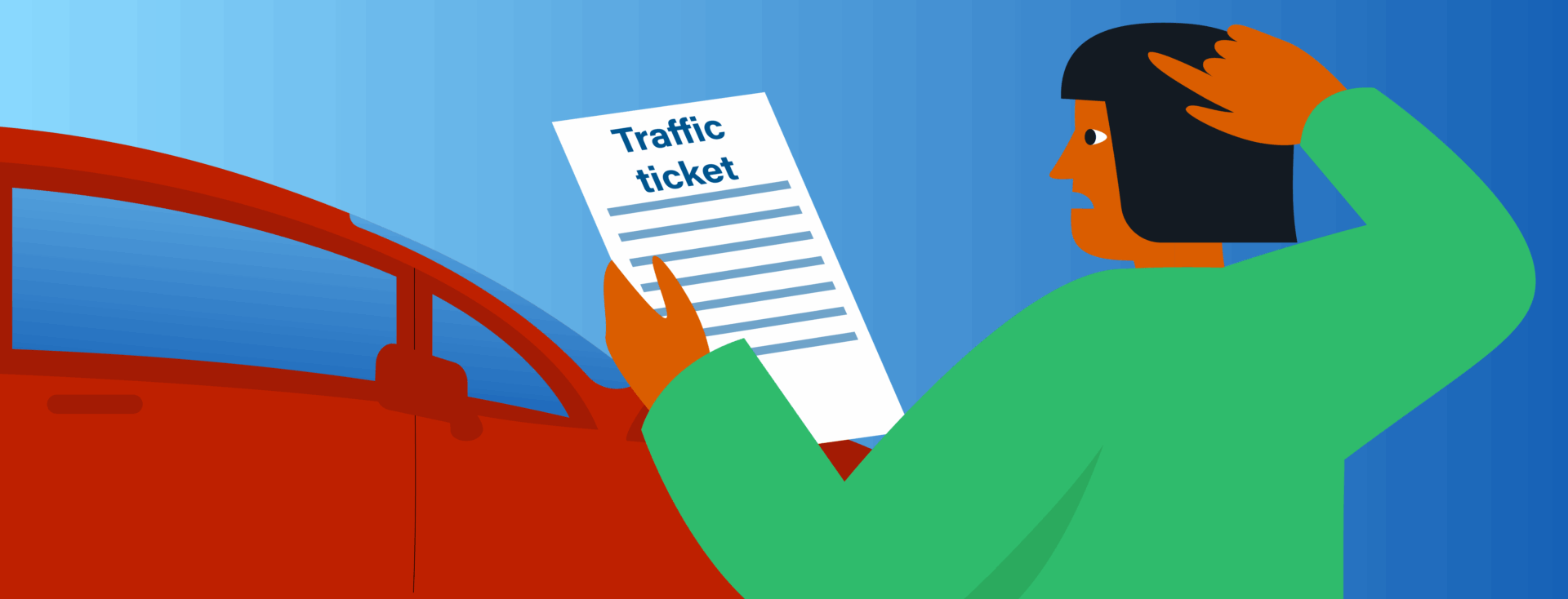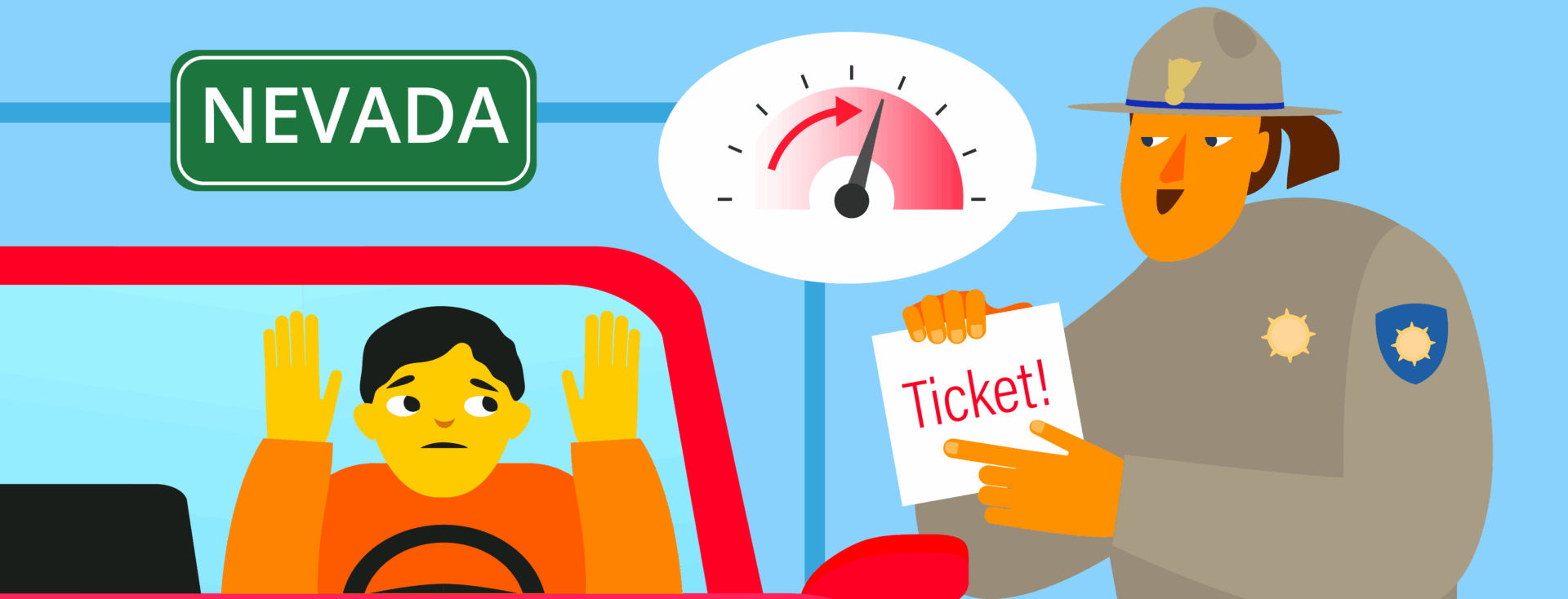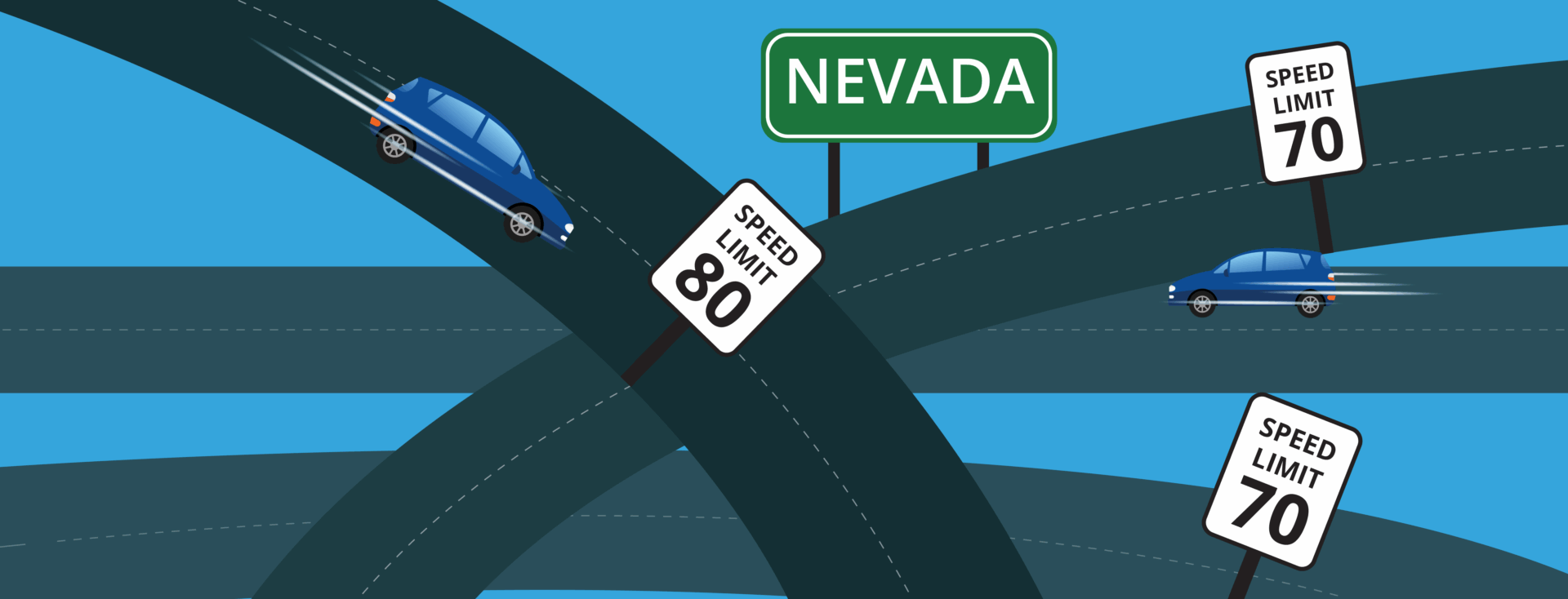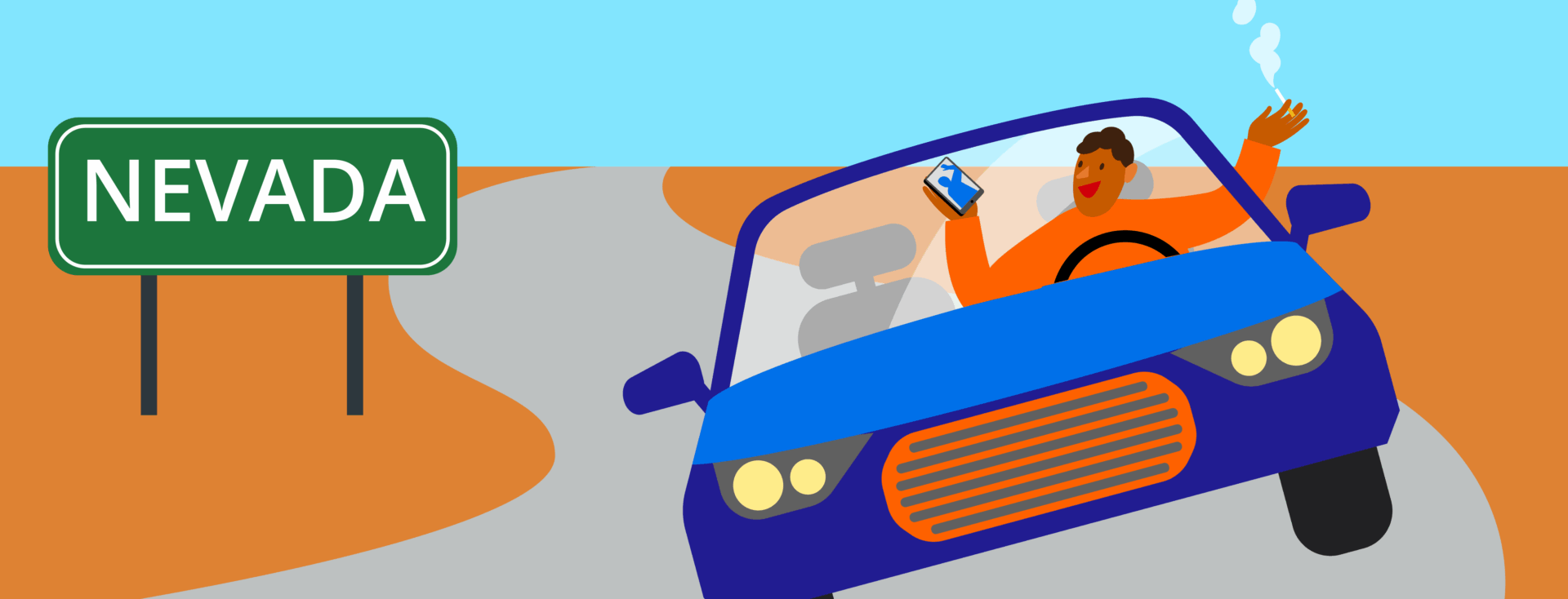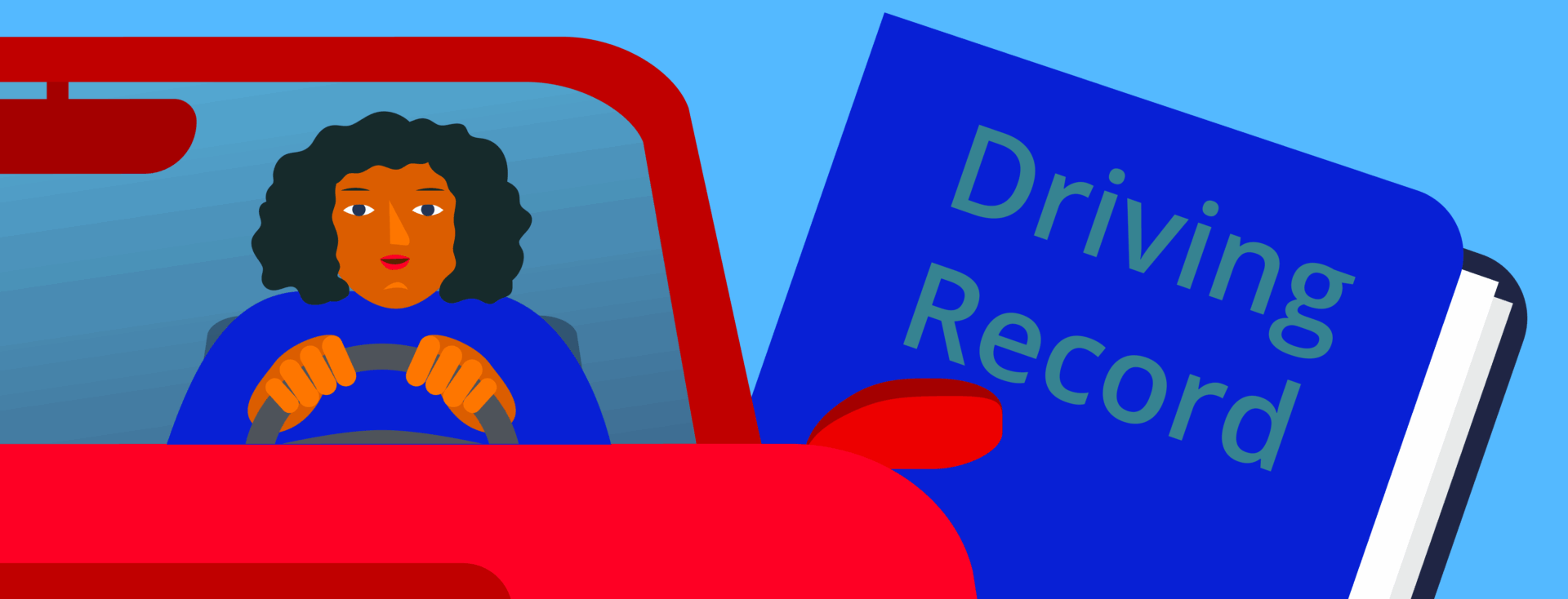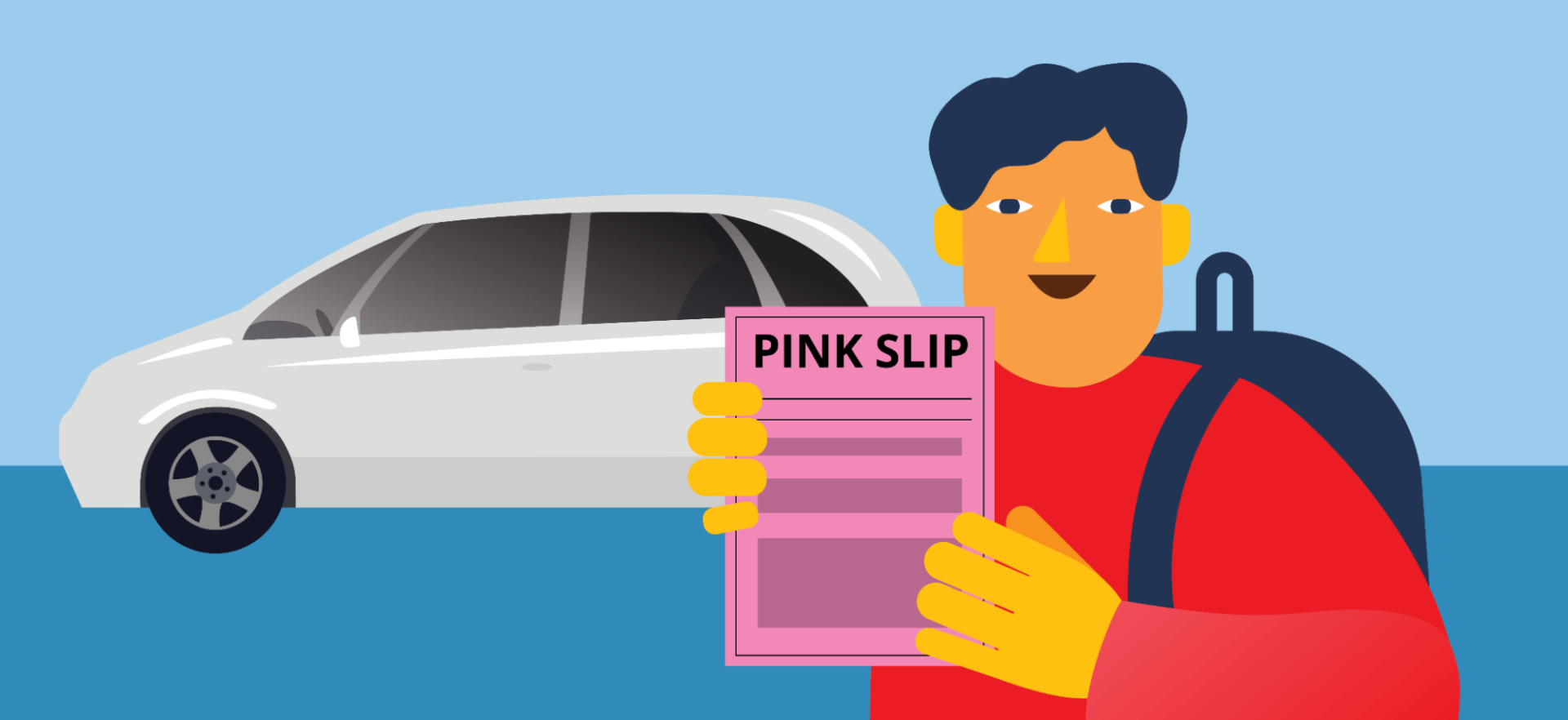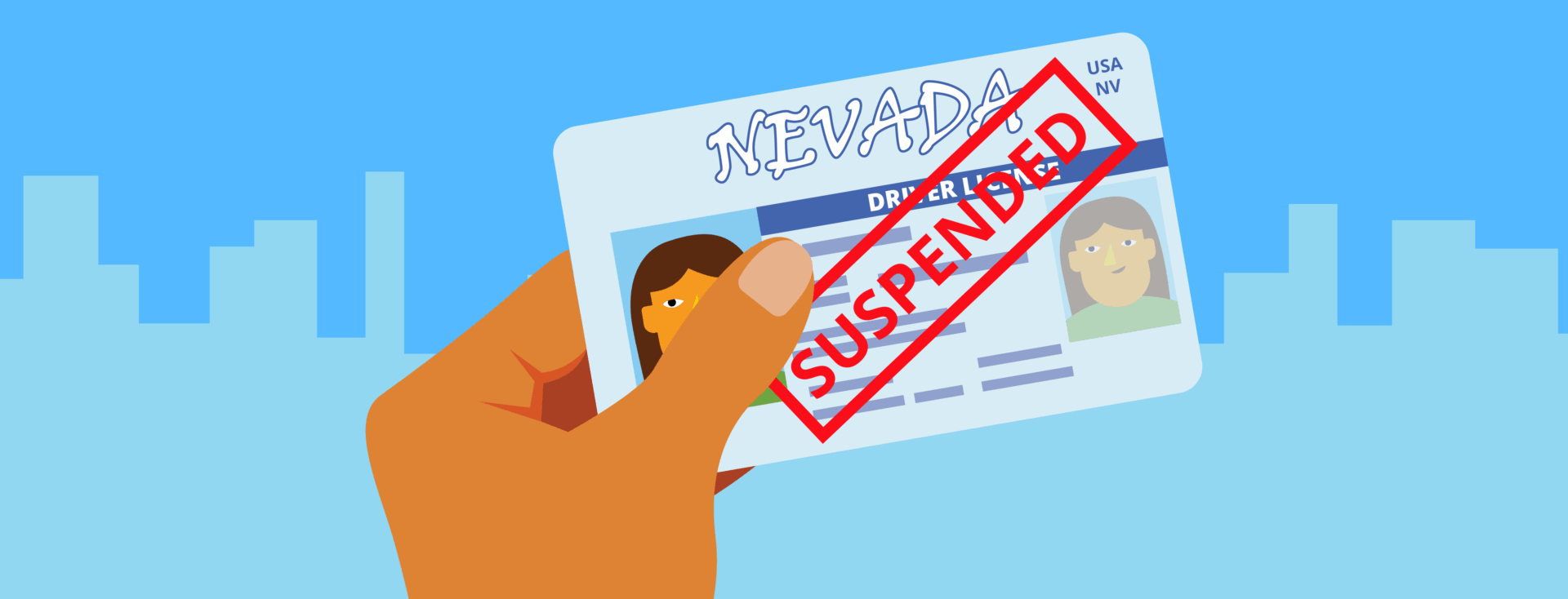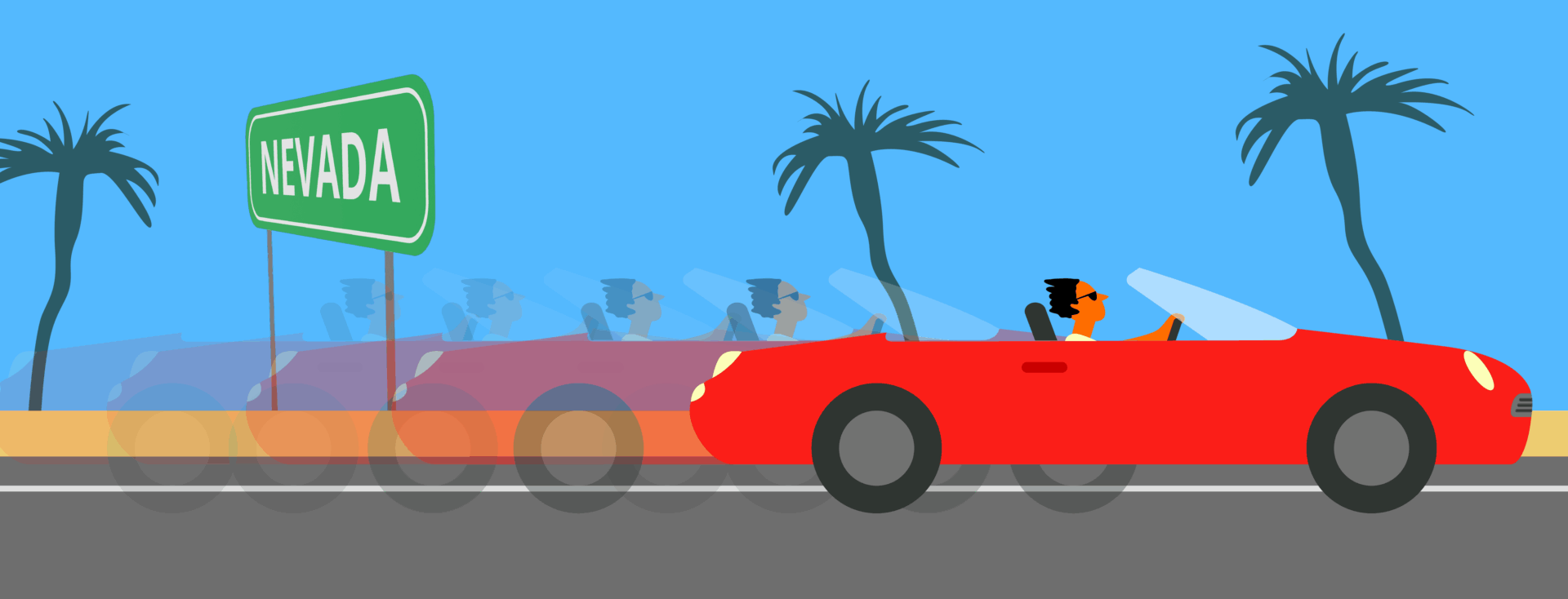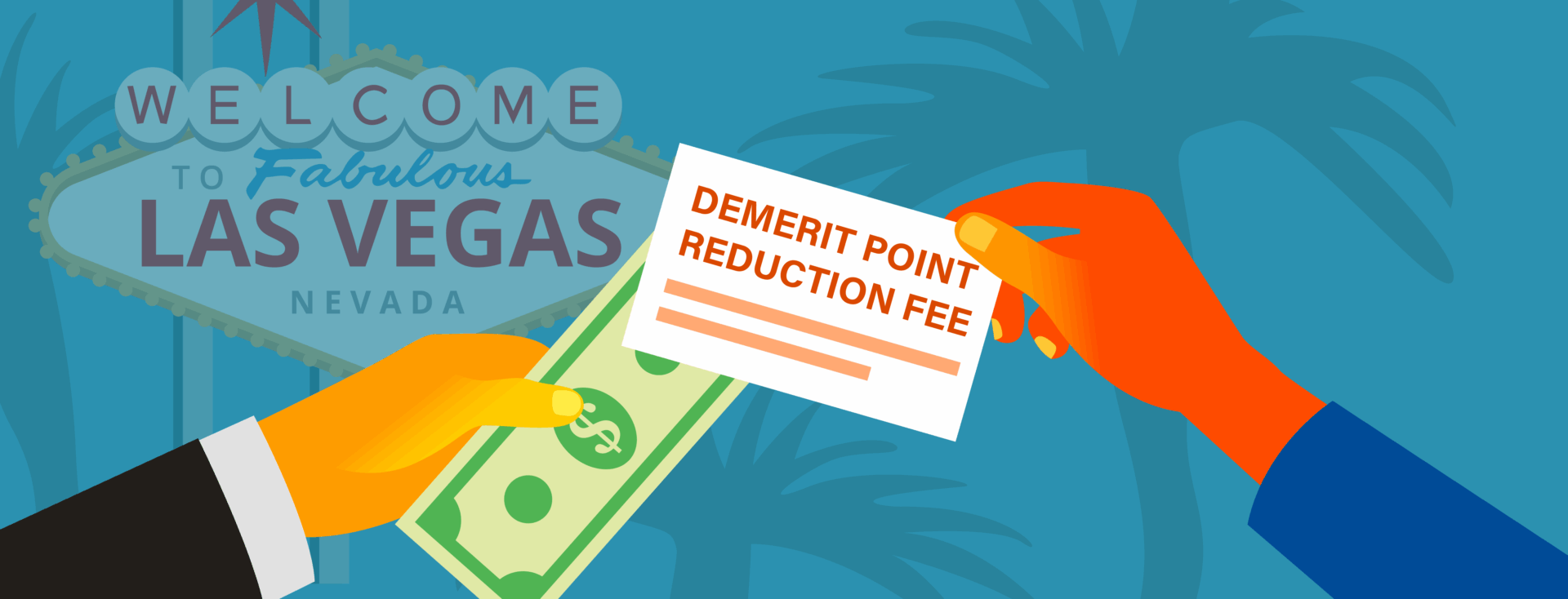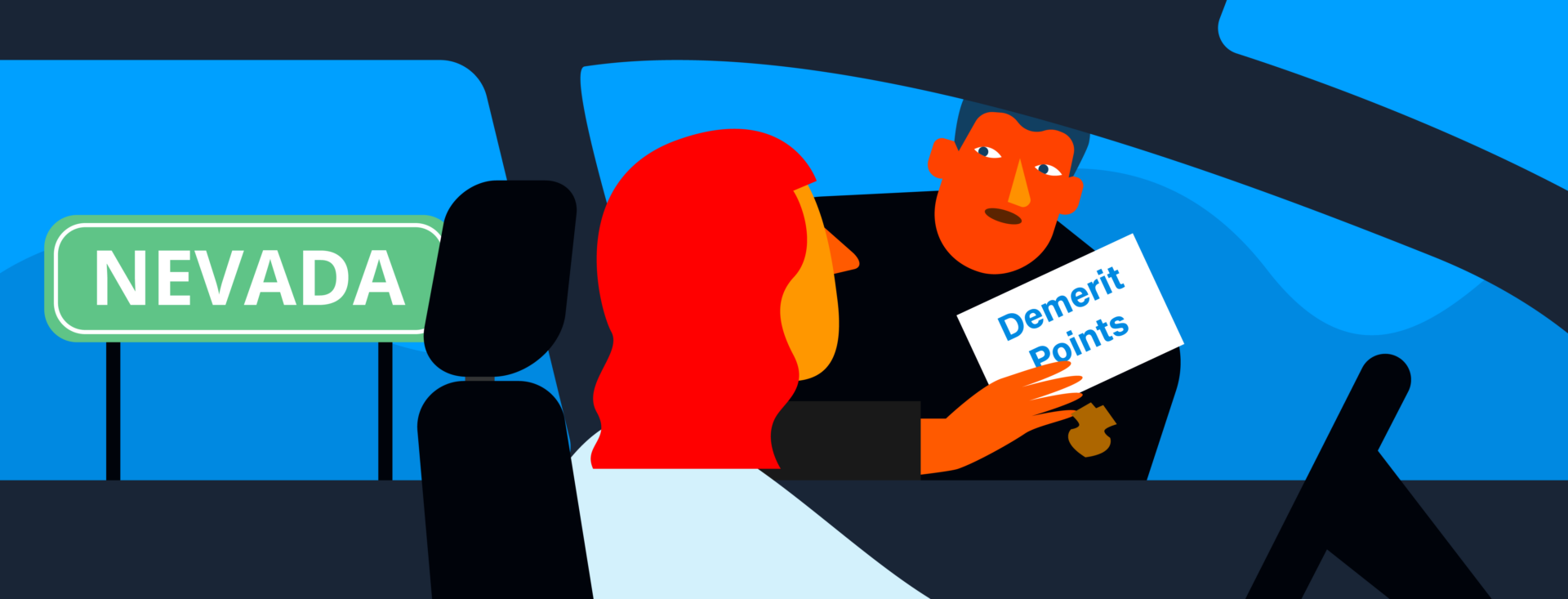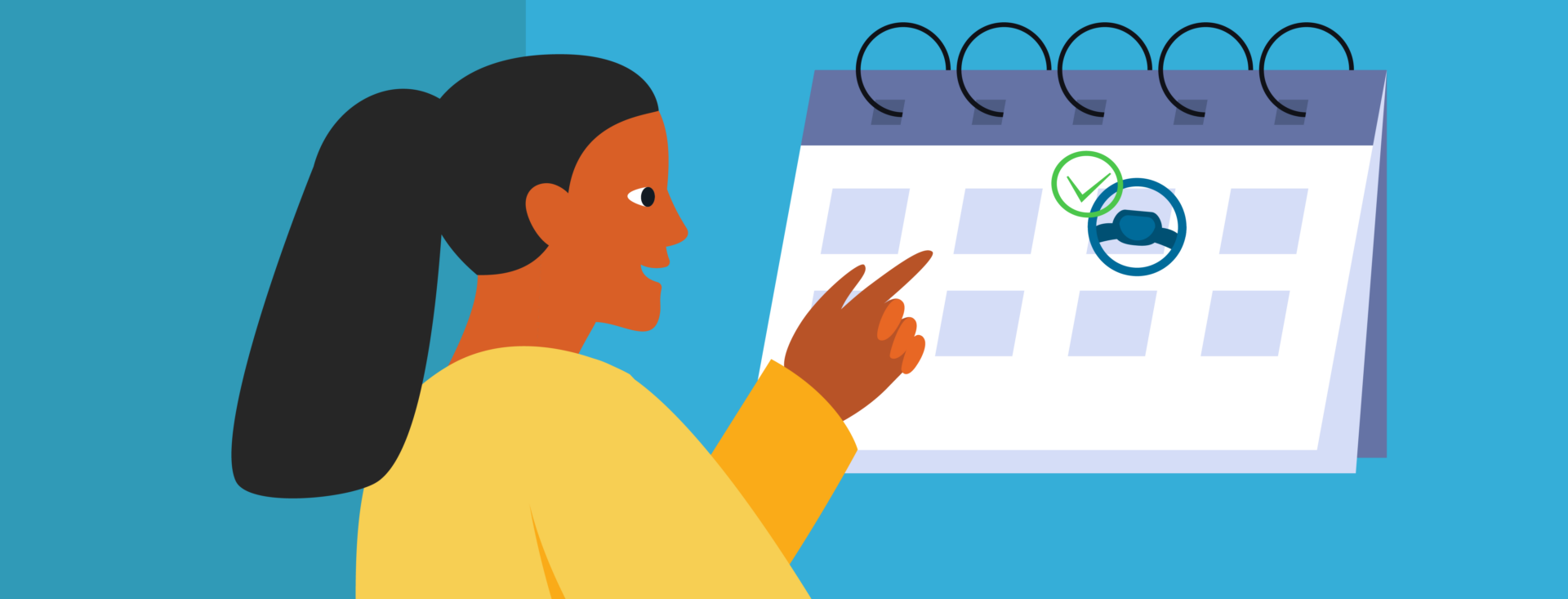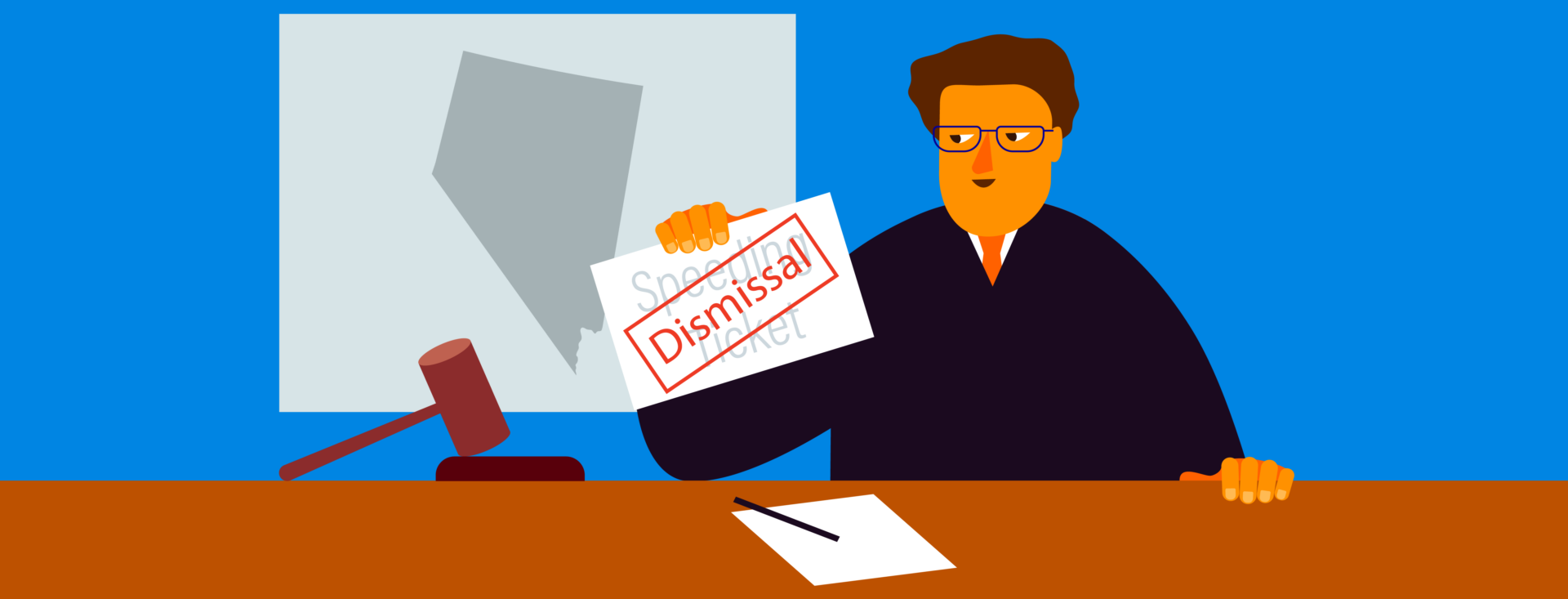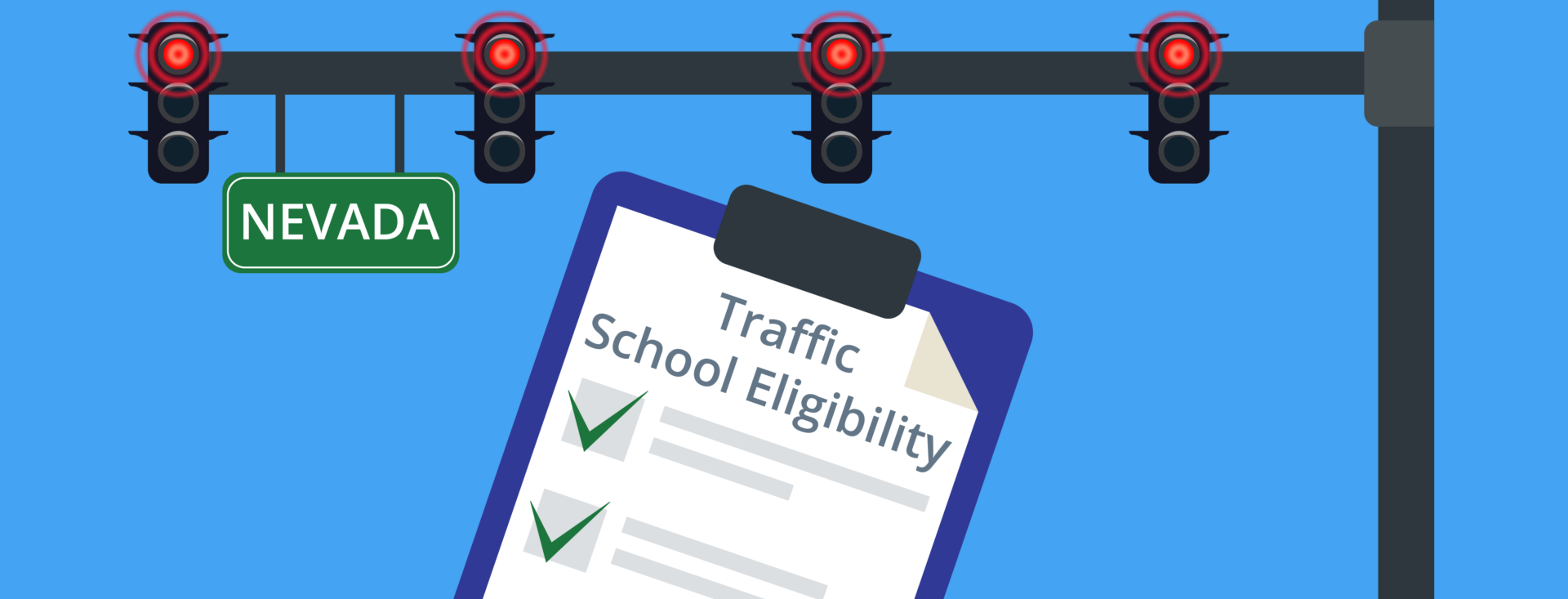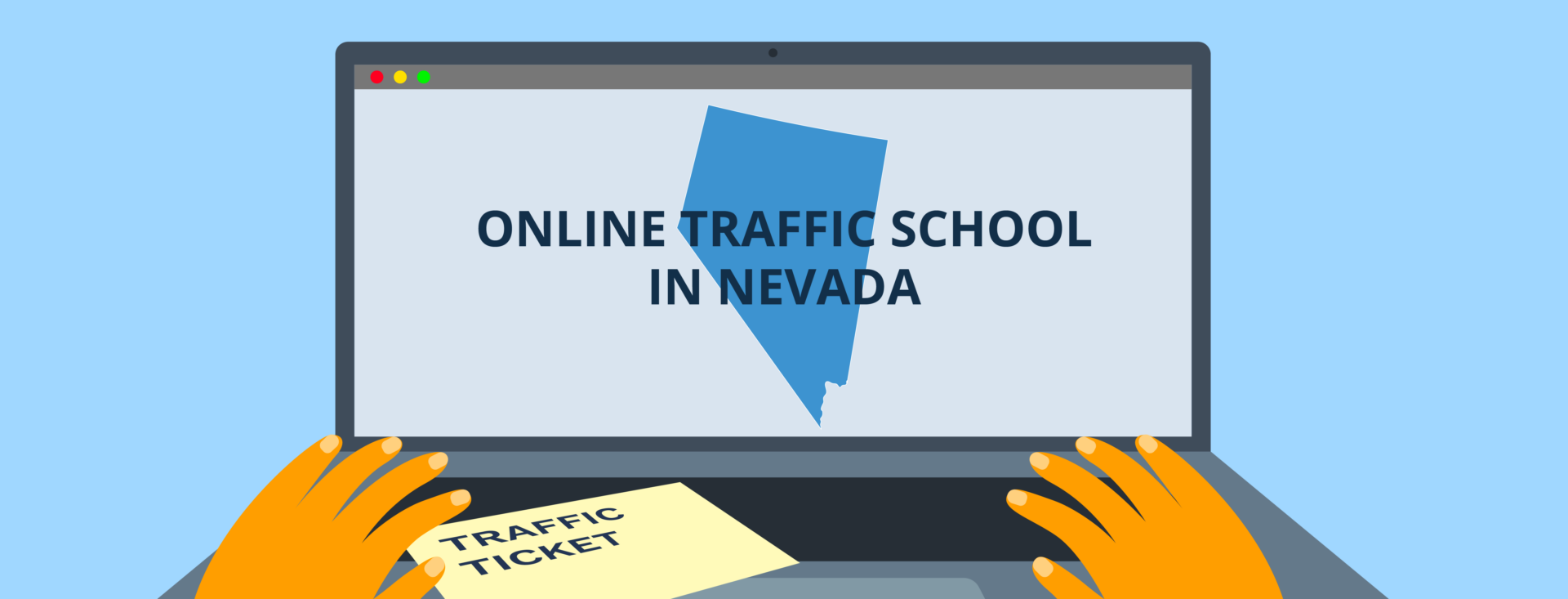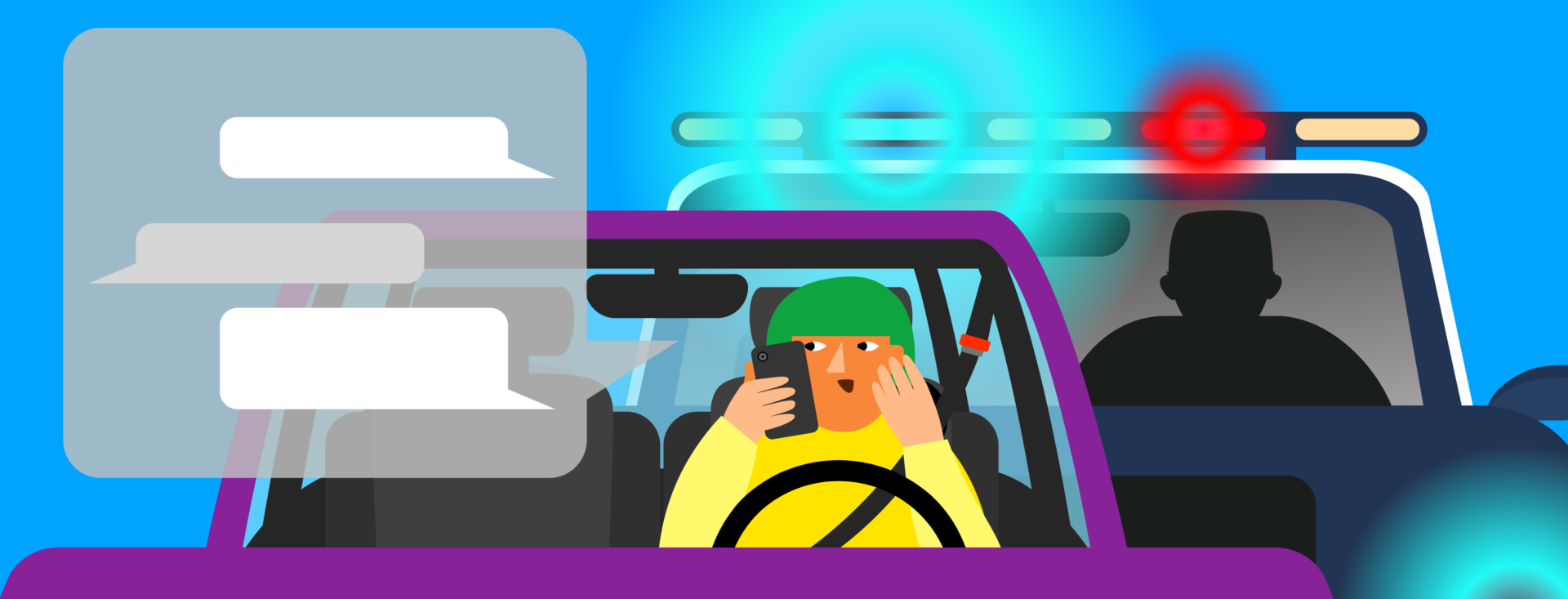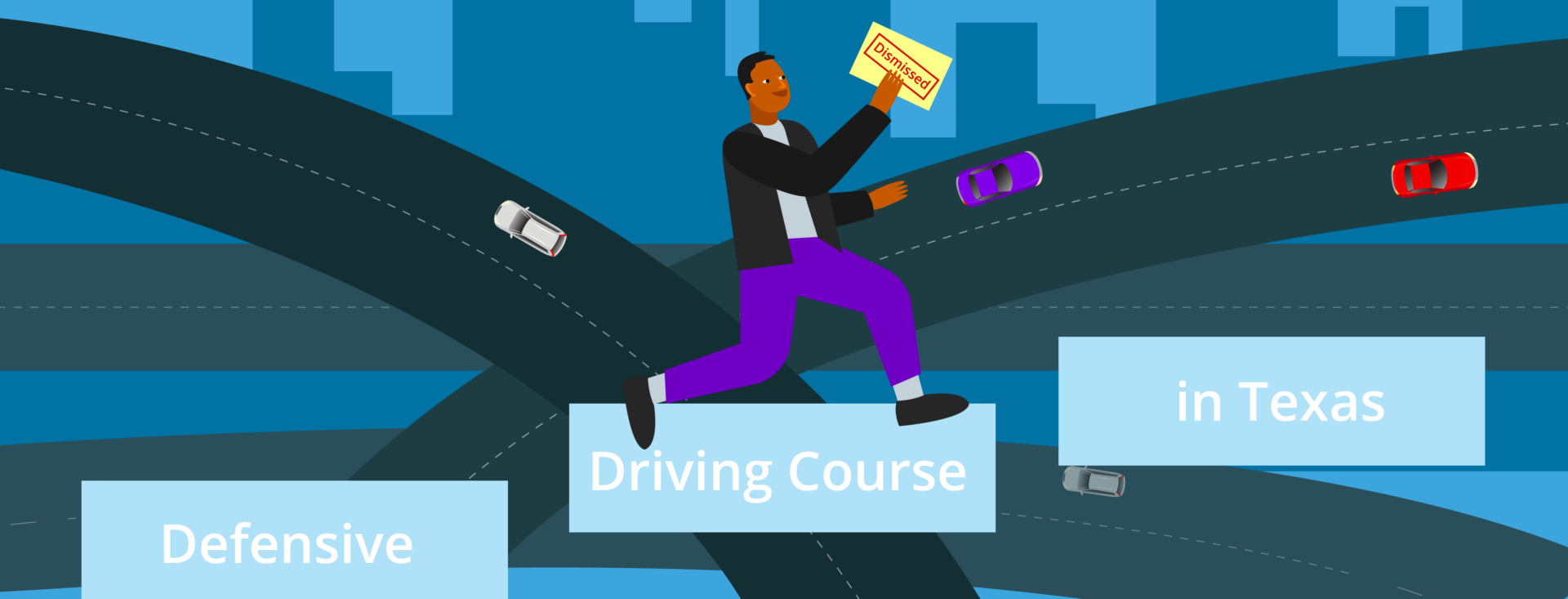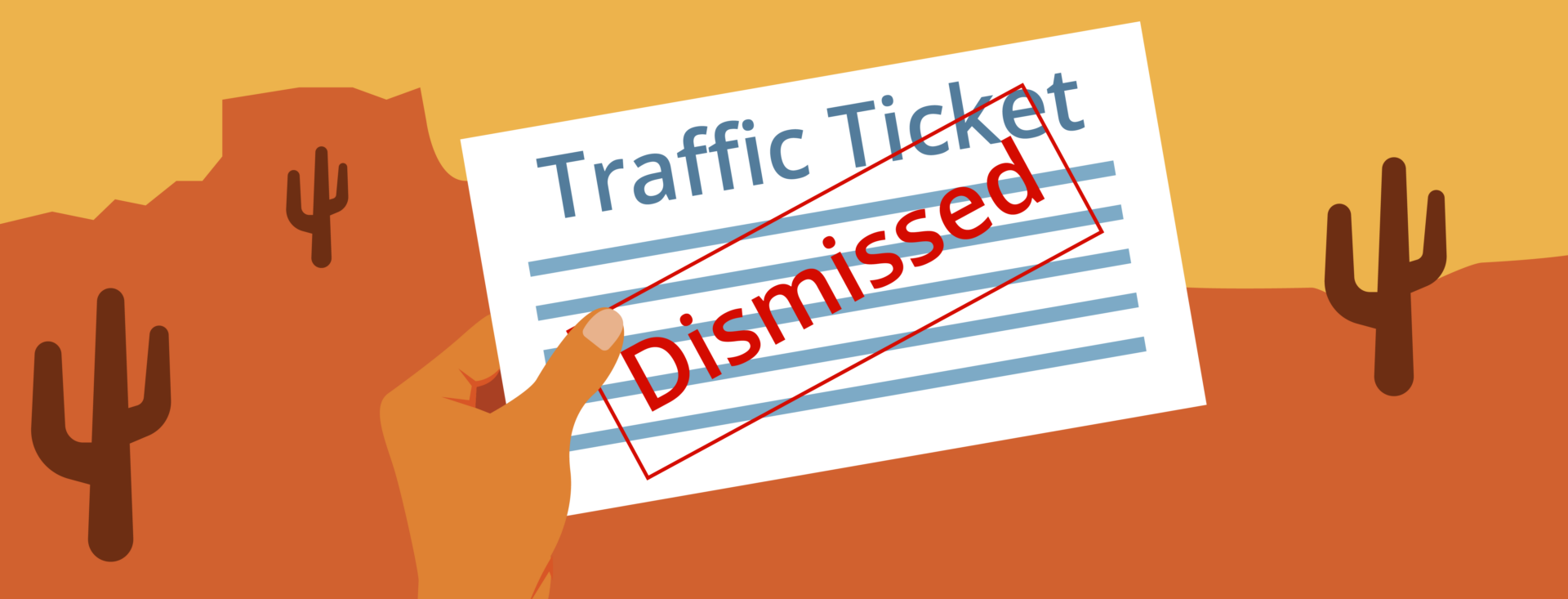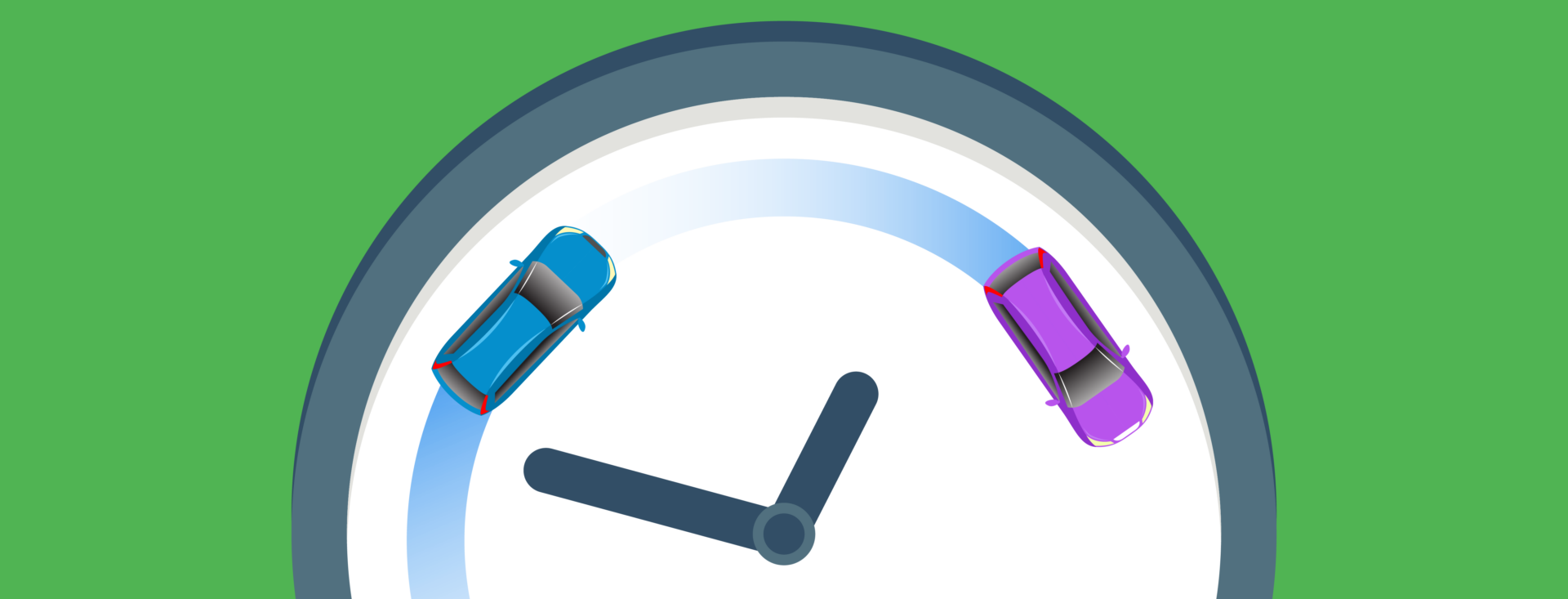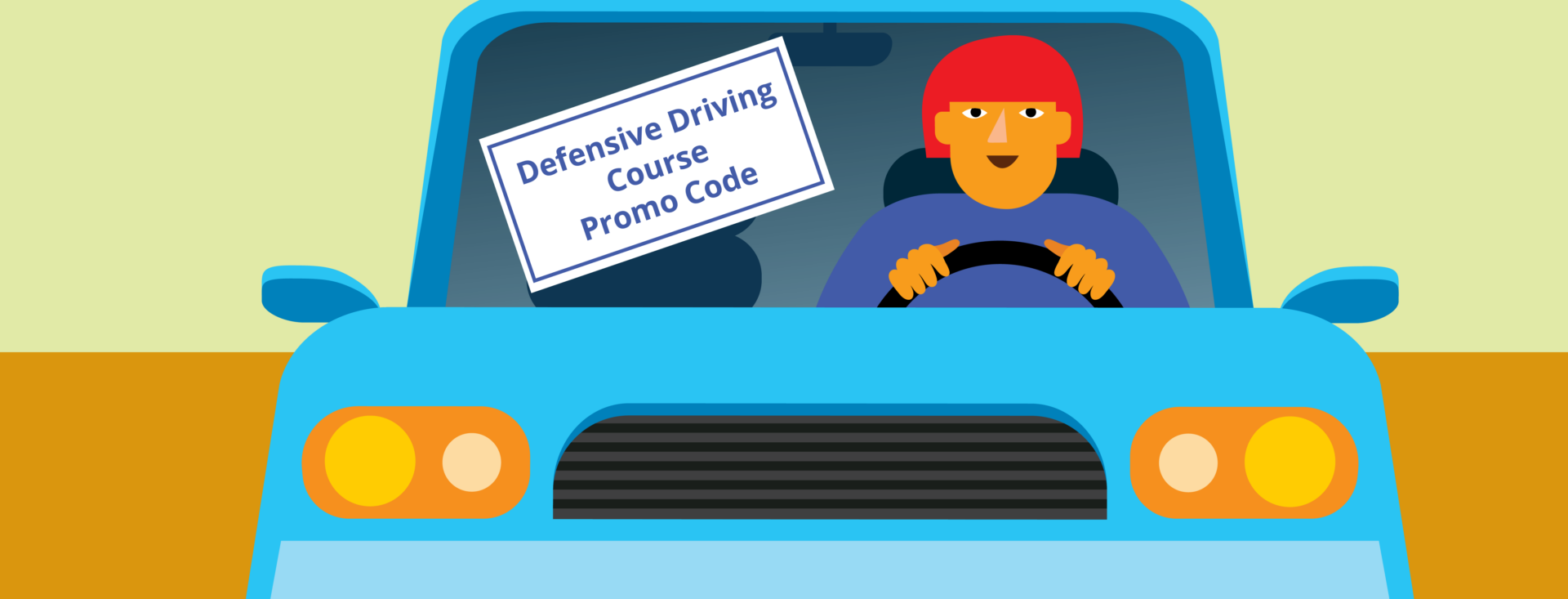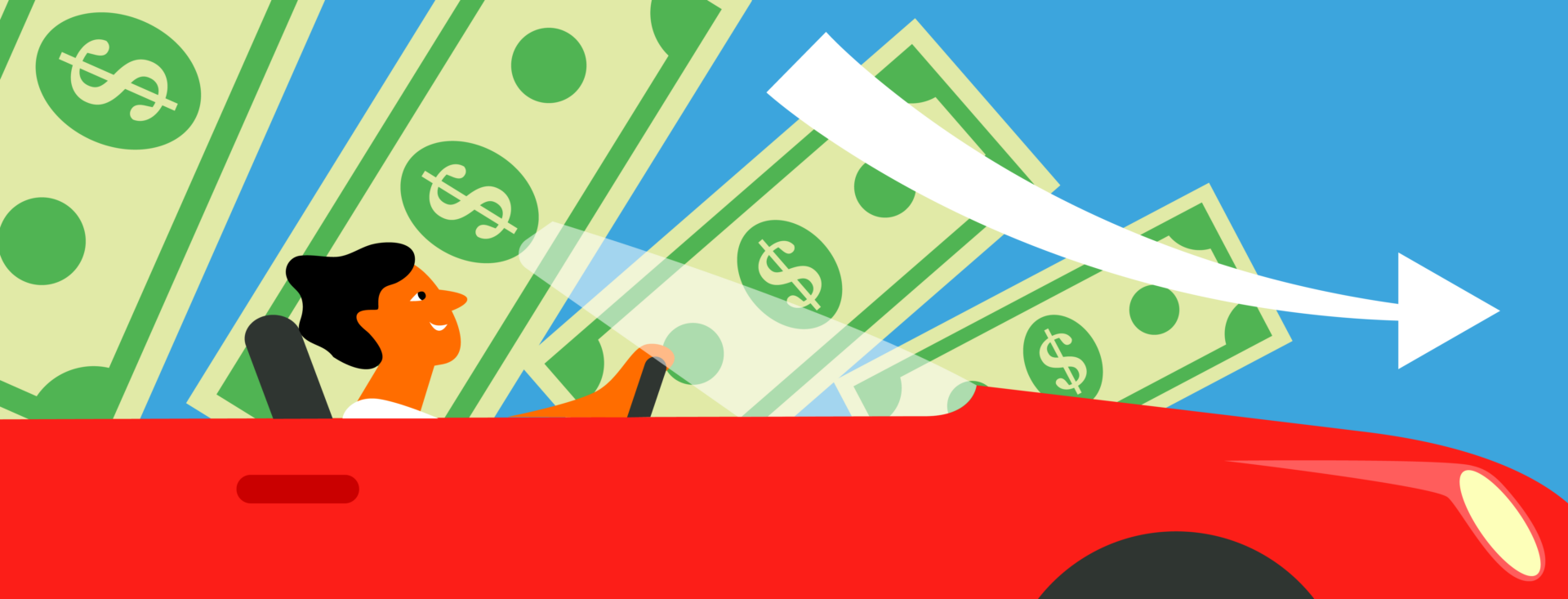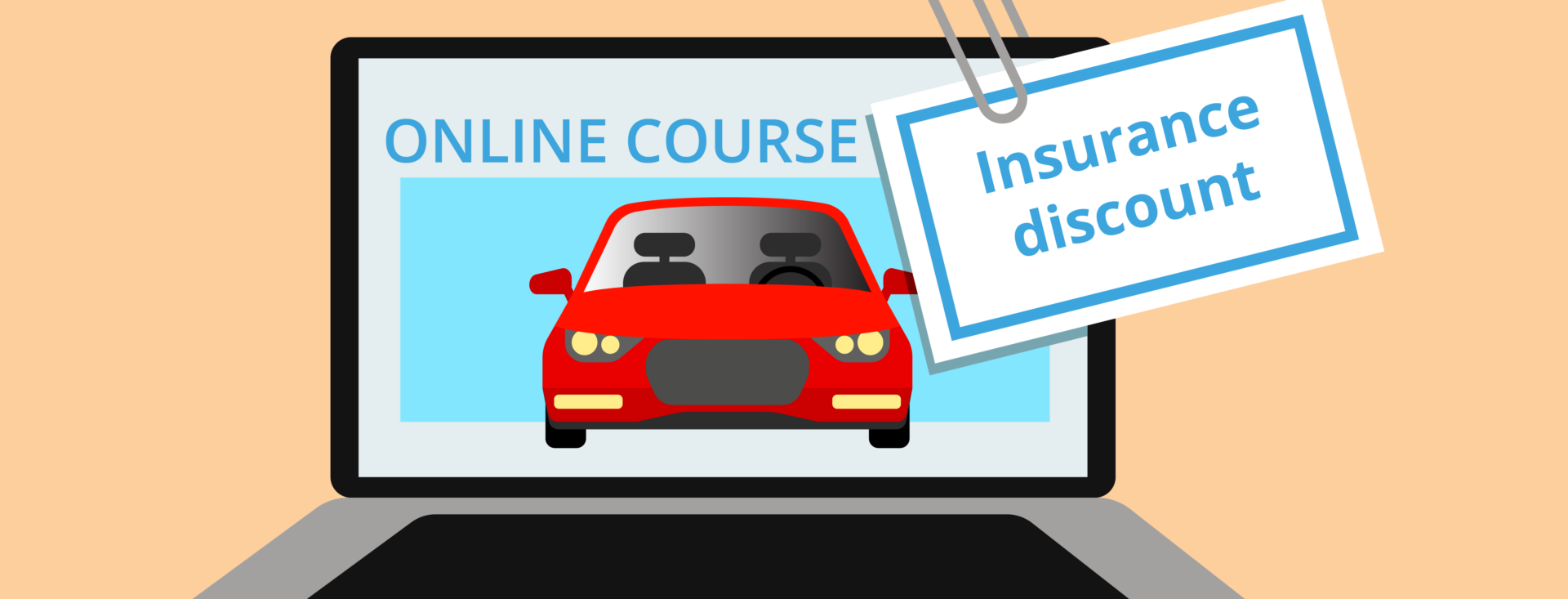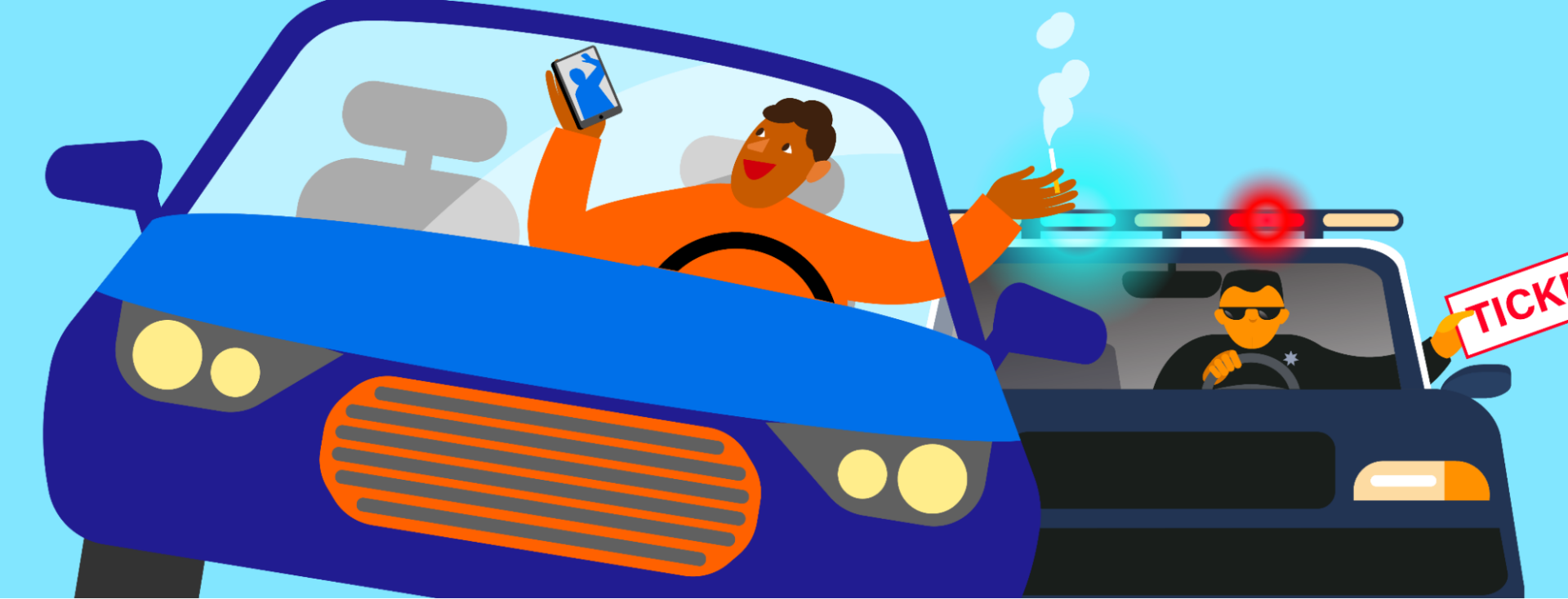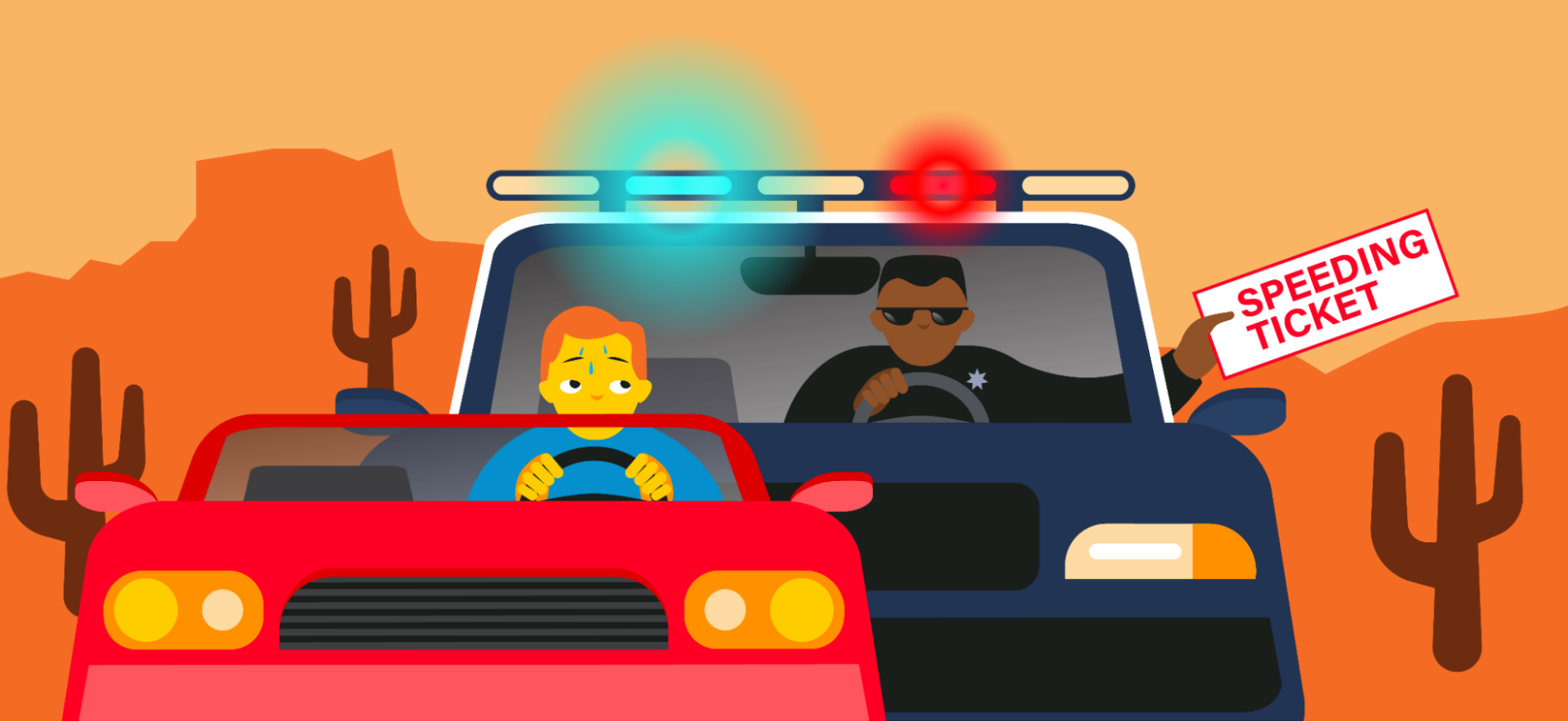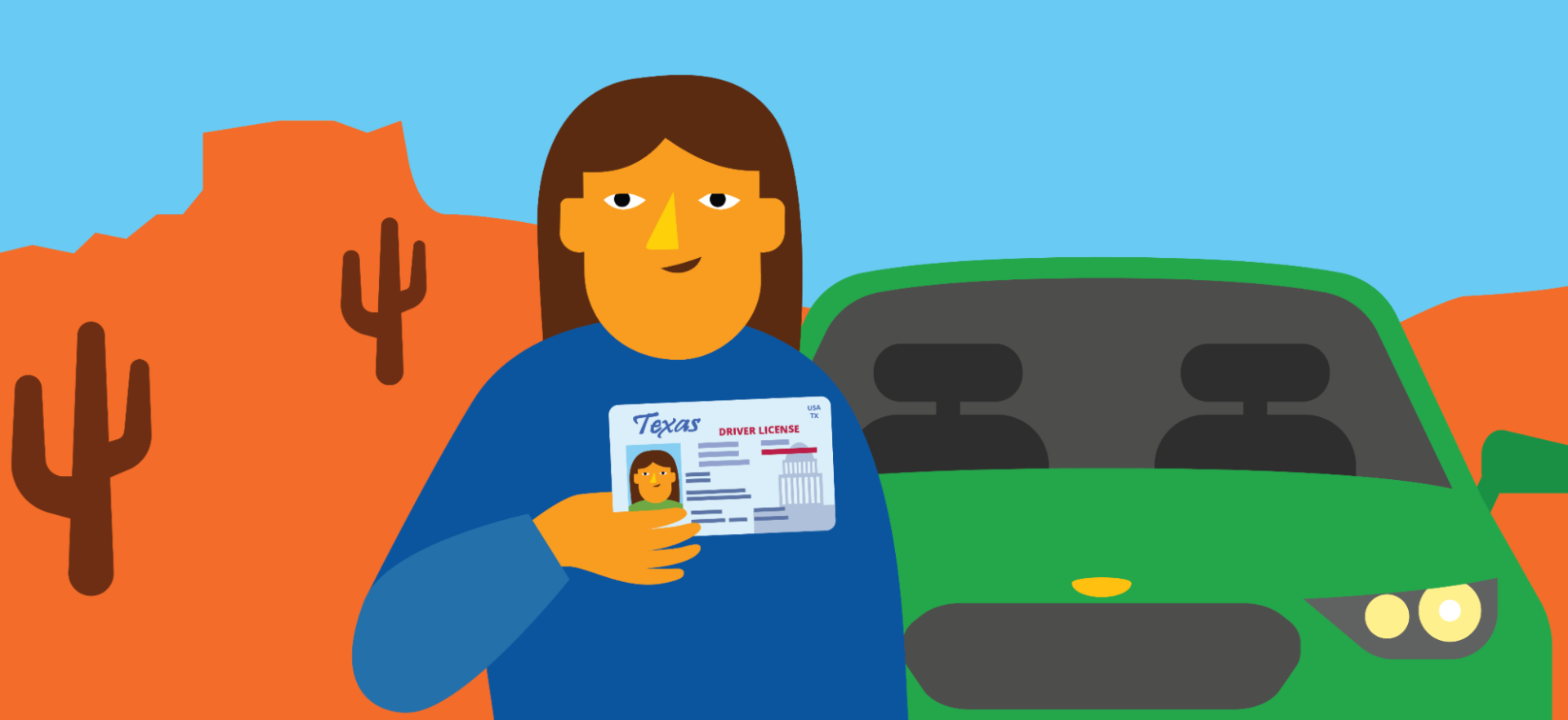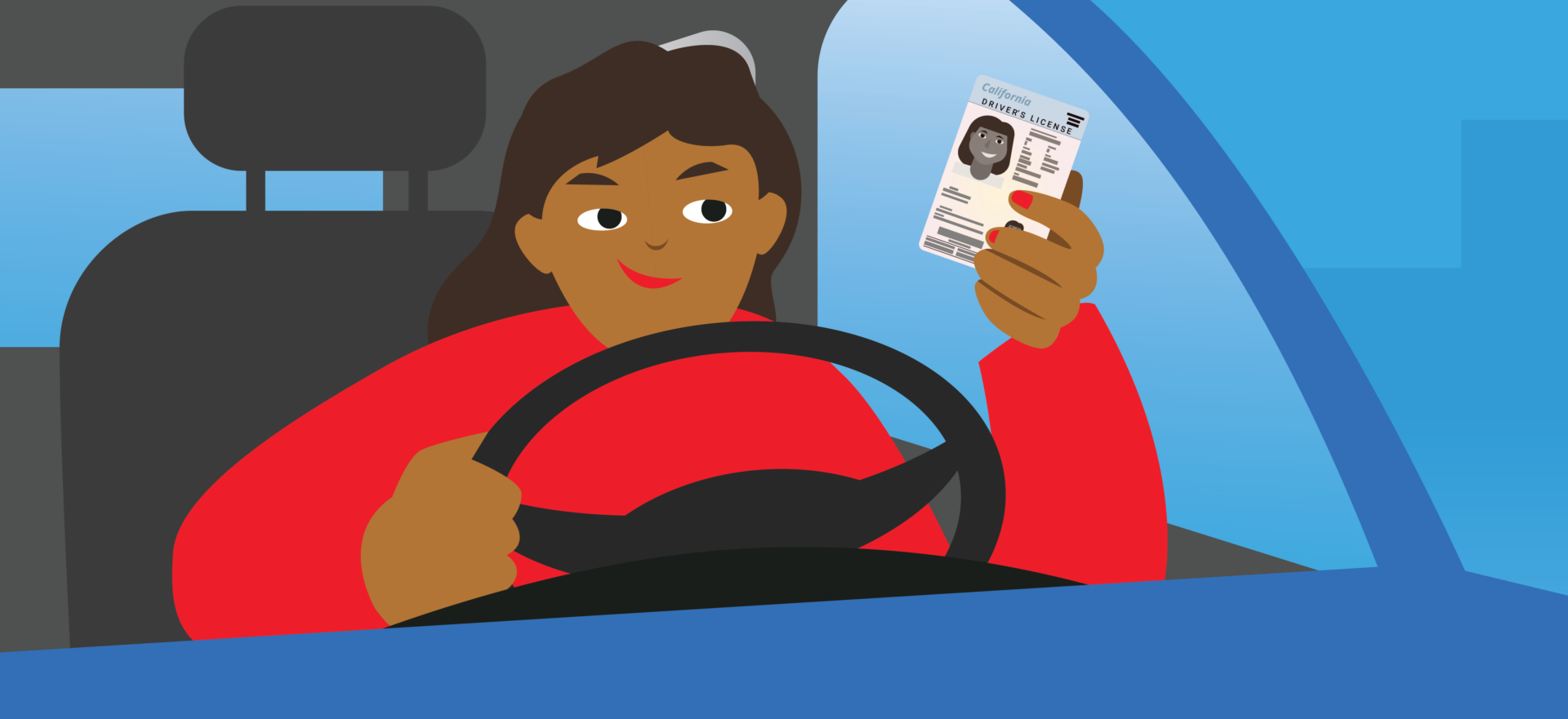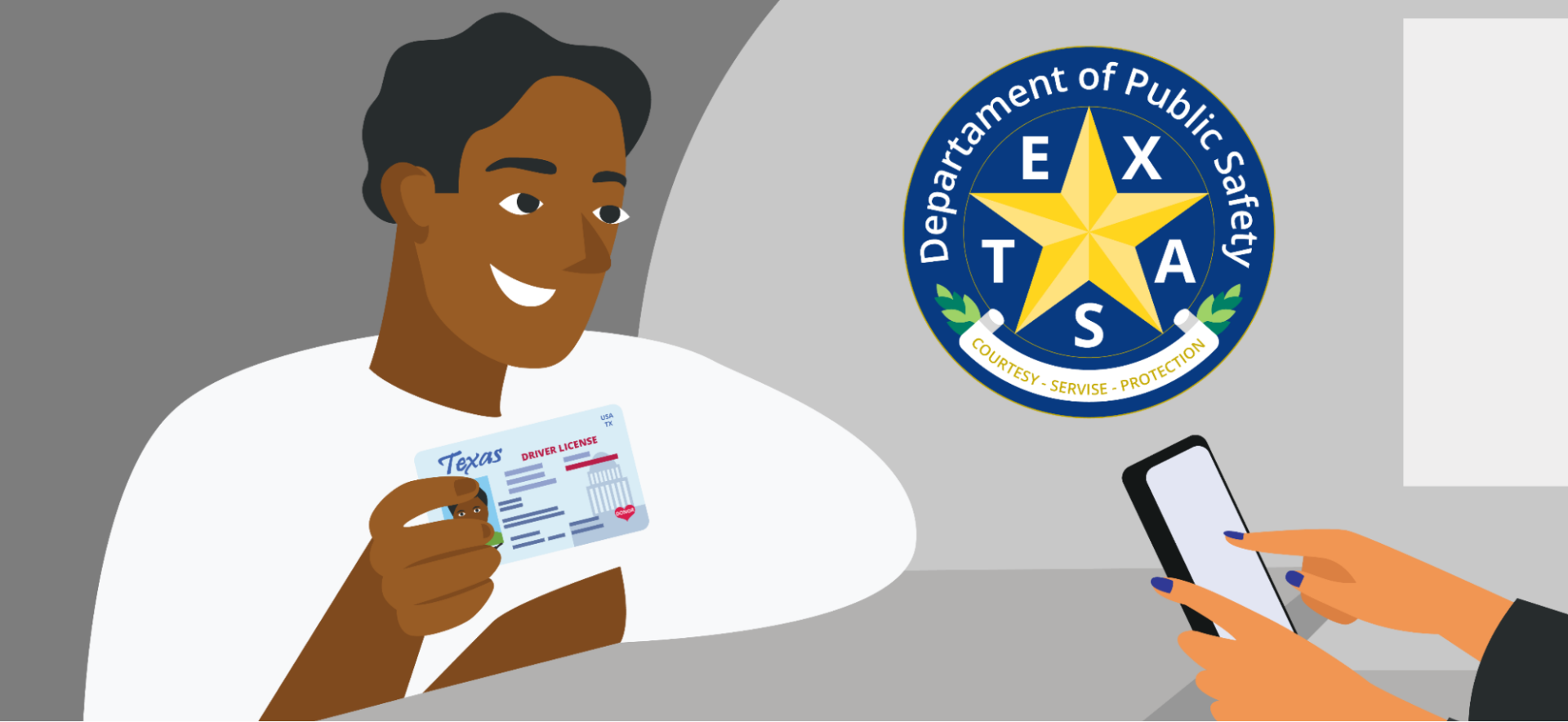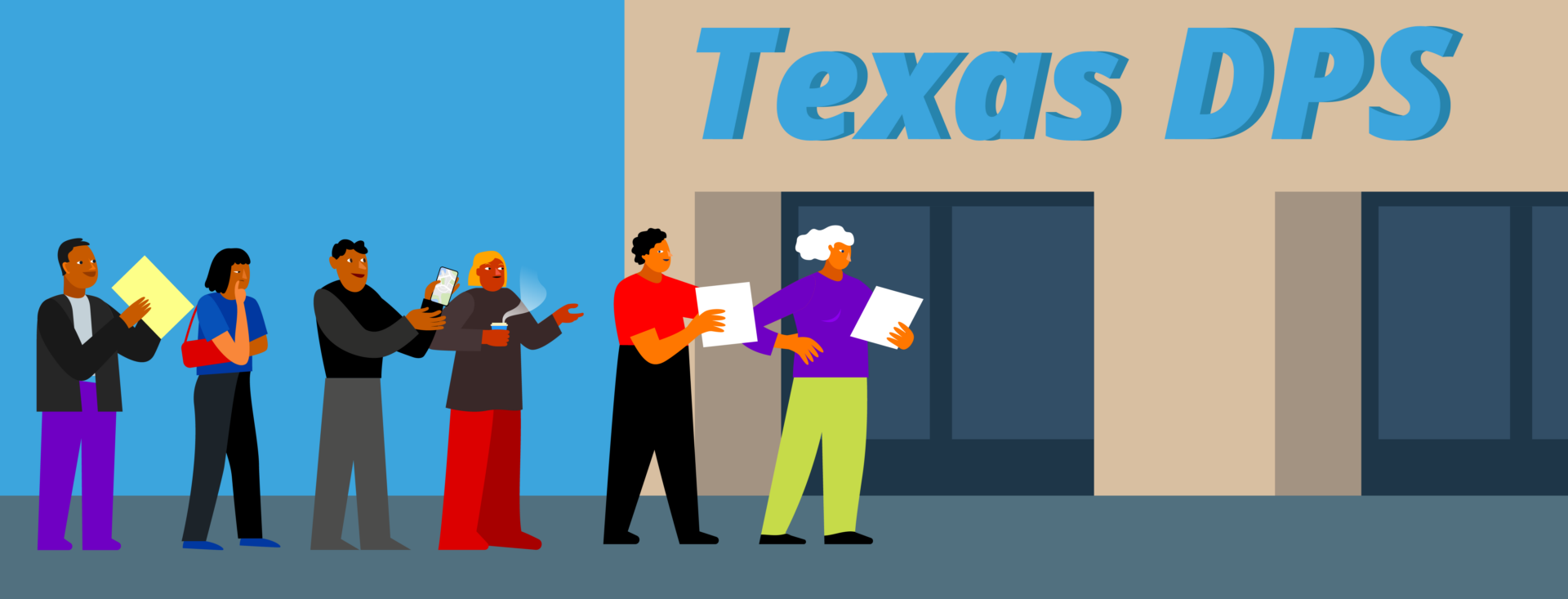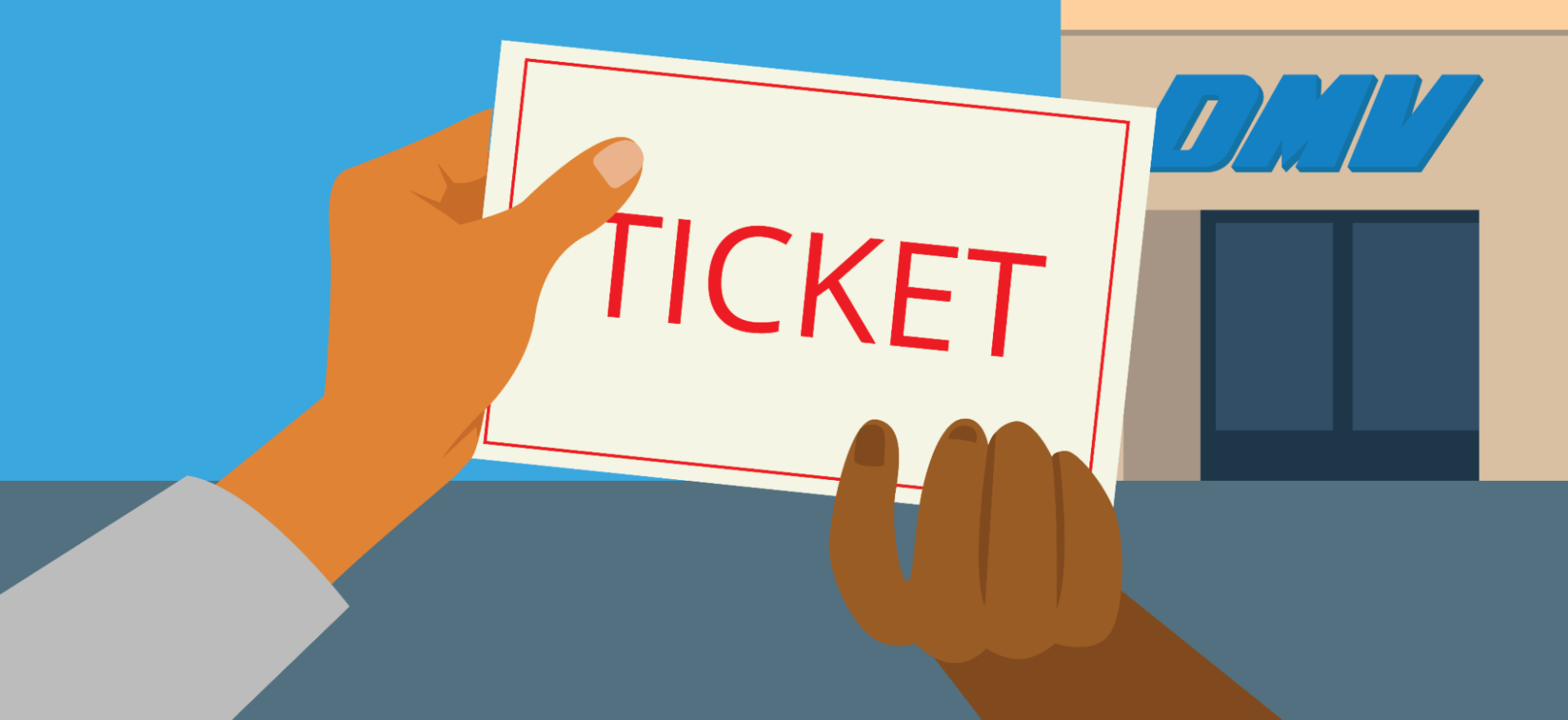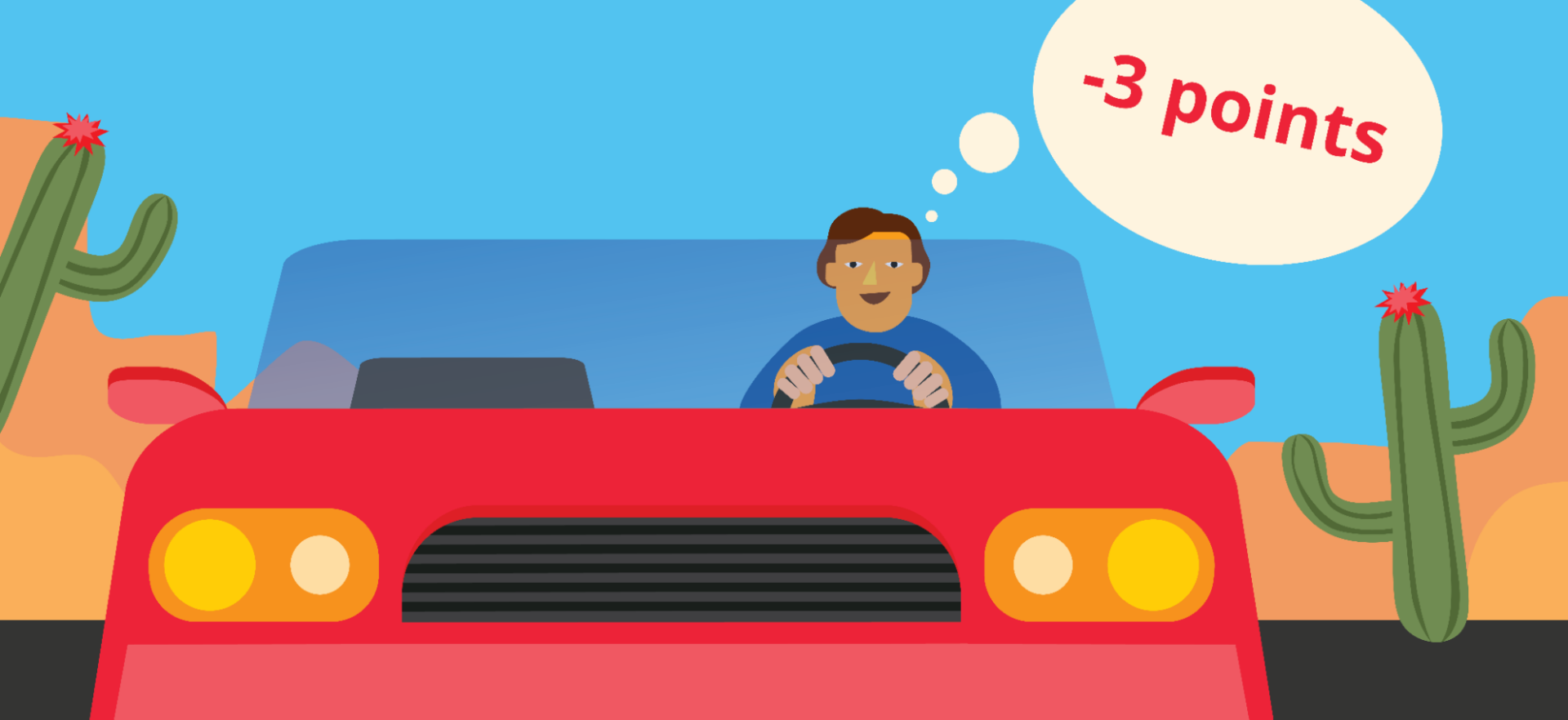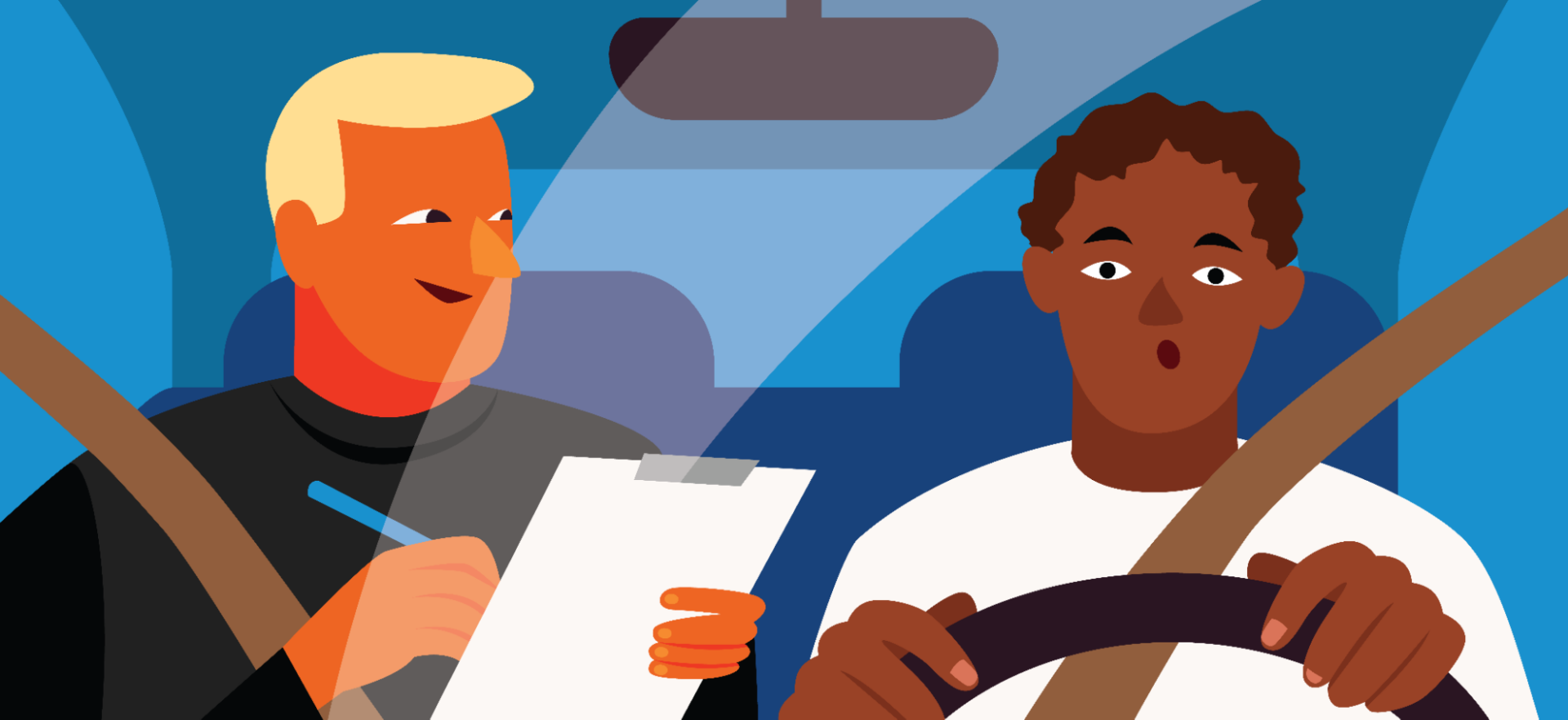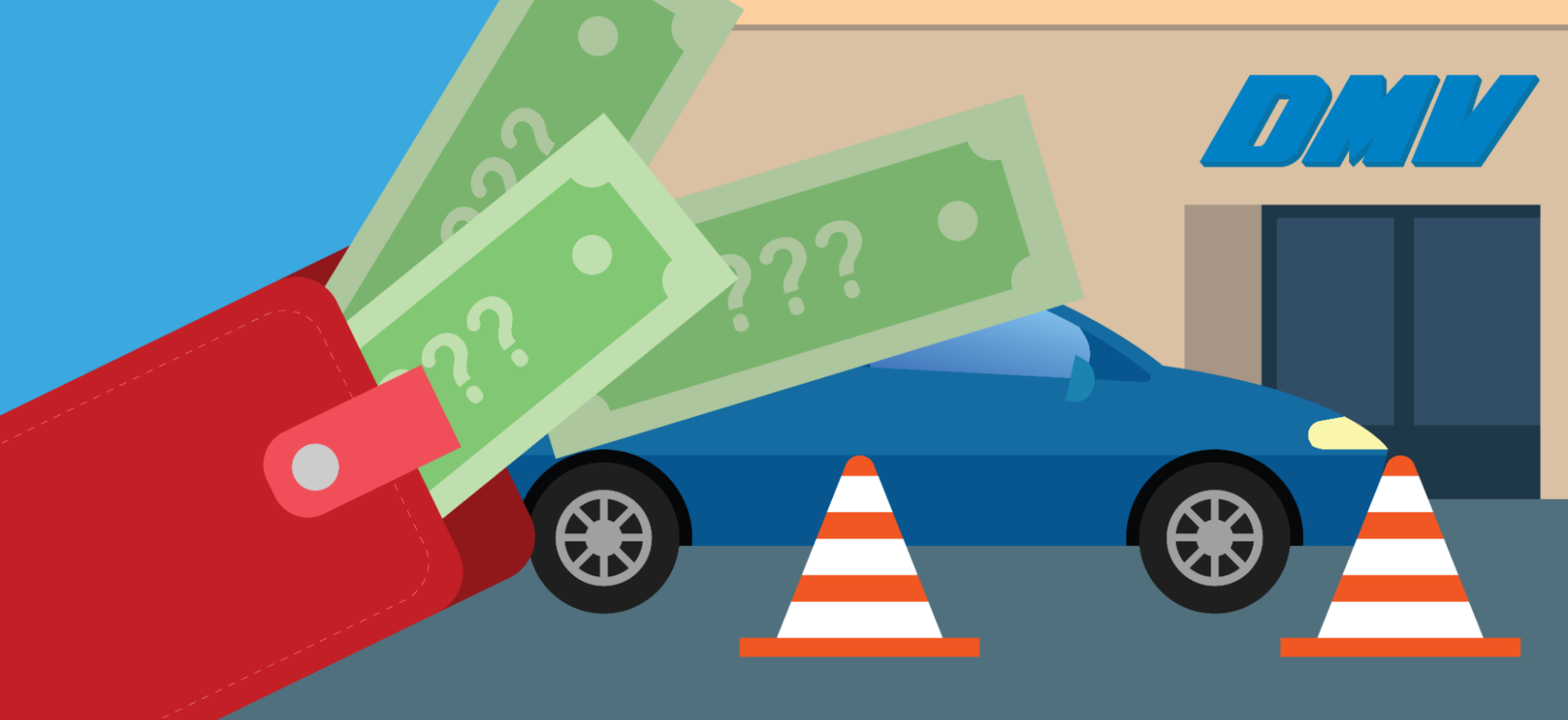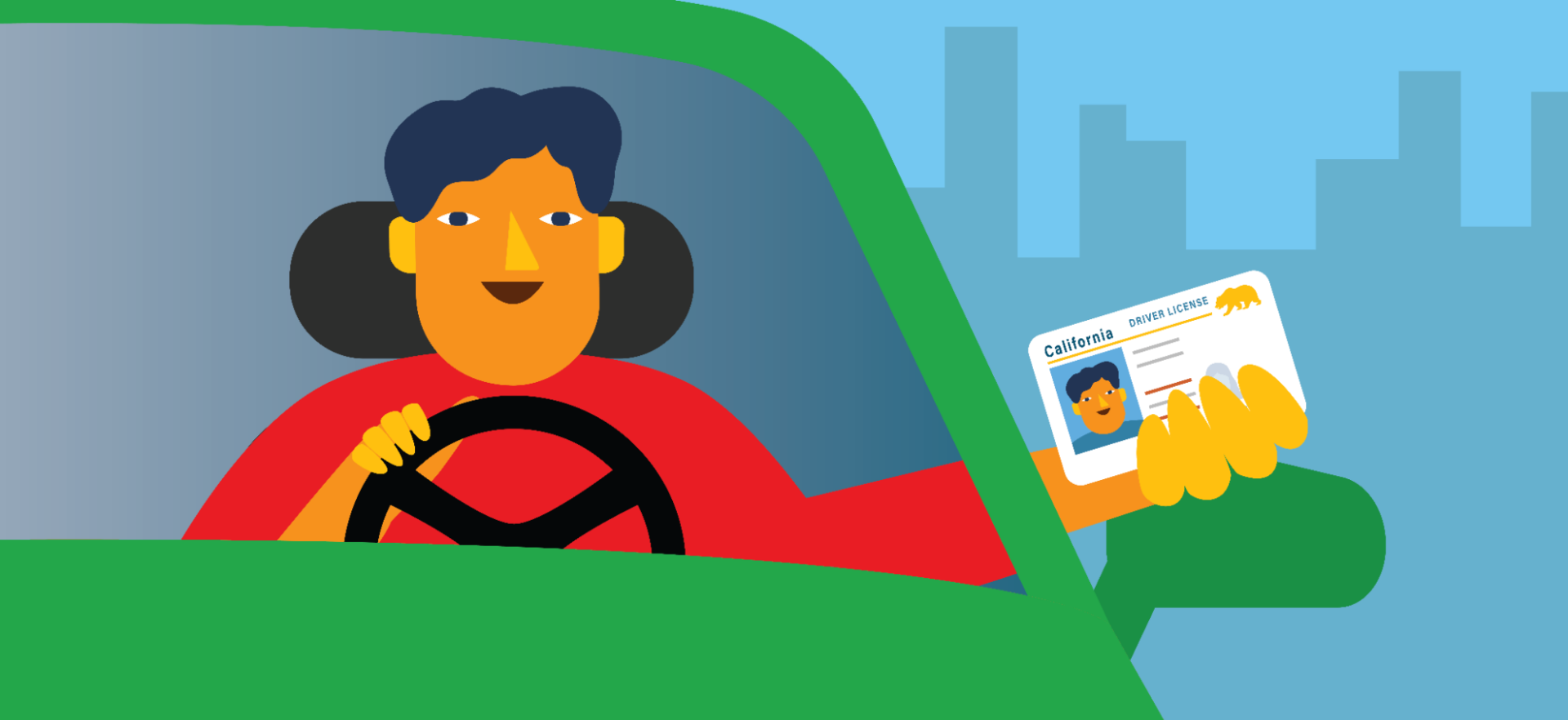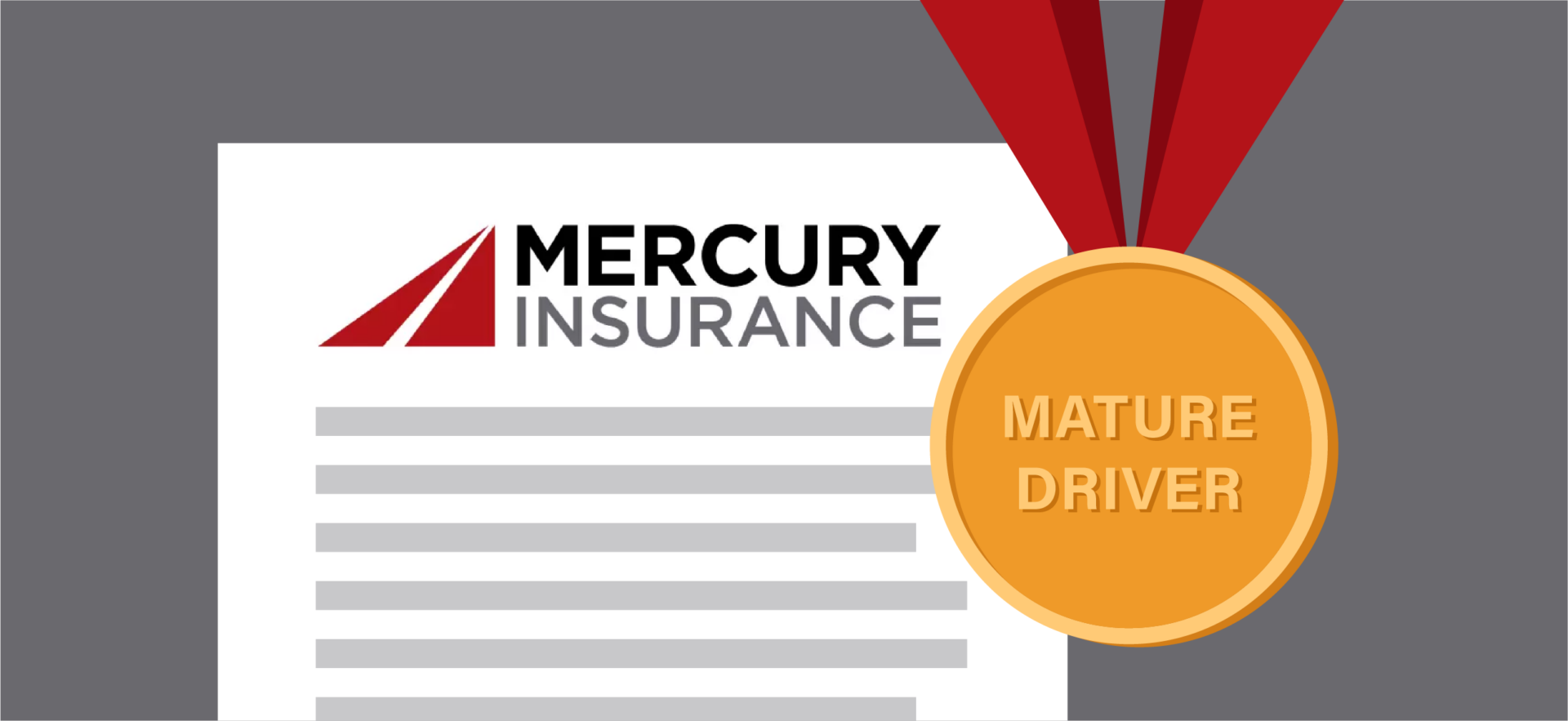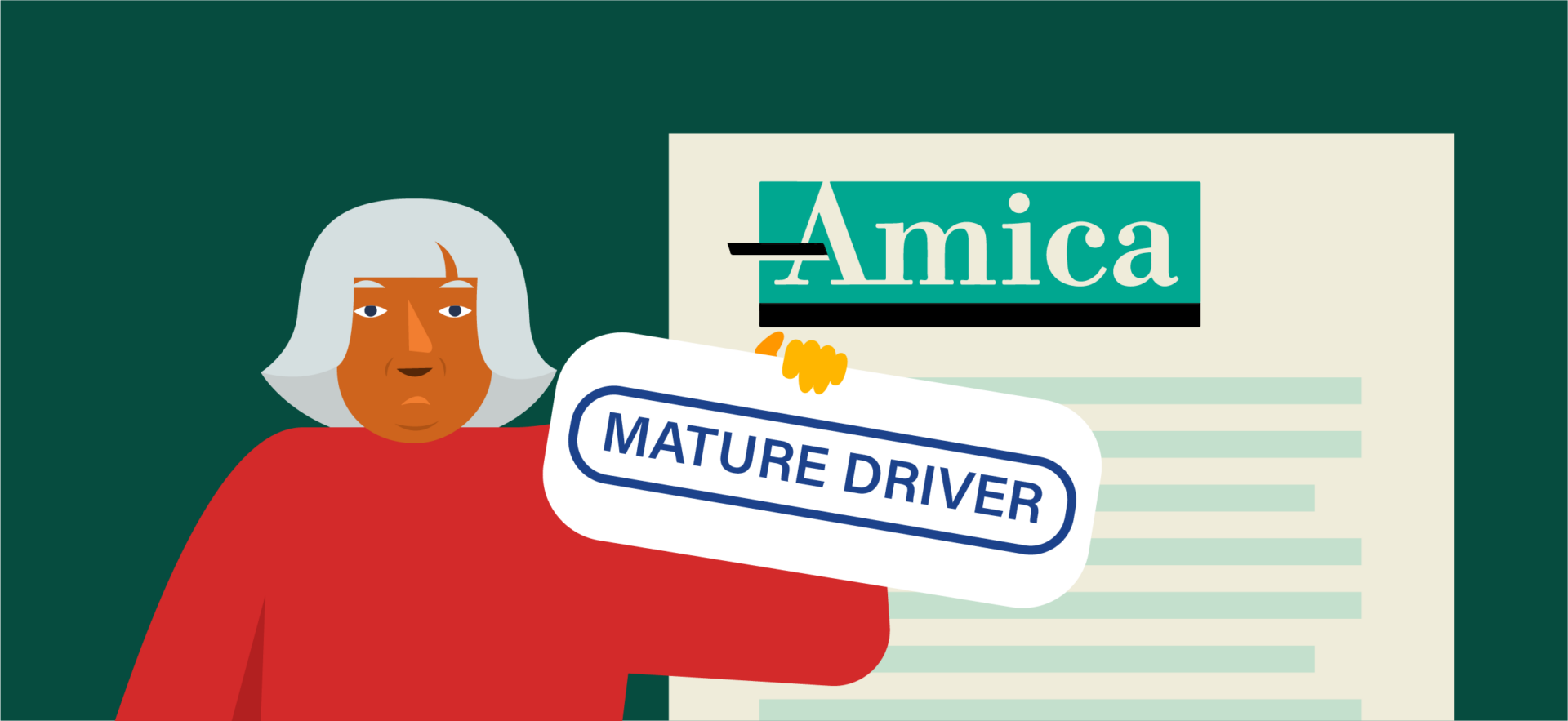Driving in California isn’t as simple as adhering to the speed limit and obeying traffic signs. The Golden State has specific laws on texting and driving, seatbelt use, turning on red, and other measures aimed at ensuring road safety.
Understanding these rules is crucial if you’re trying to pass driver’s ed — and that’s where we can help. Our team has compiled a guide to California’s traffic rules, from basics like speed limits and right-of-way rules, to lesser-known details that can catch you off guard on the permit test.
Let’s get into it.
California Rules of the Road
Following the rules of the road isn’t just about avoiding fines. These laws are meant to keep motorists, cyclists, and pedestrians safe while ensuring smooth traffic flow. Here’s an overview of everything you need to know. You can read more in the California Driver’s Handbook.
Right-of-Way Rules
- At intersections, yield to the vehicle that arrives first.
- If another vehicle, cyclist, or pedestrian arrives at an intersection at the same time as you, yield to whoever is to your right.
- Pedestrians have the right-of-way at crosswalks, whether marked or unmarked.
- Emergency vehicles take priority. This means you must pull over to the right and stop until fire trucks, ambulances, or police cars pass (when responding to an emergency).
- Yield to existing traffic before entering a roadway.
Stop Sign and Traffic Signal Procedures
- Always come to a full stop at stop signs. Rolling stops are illegal in California and can add one point to your record.
- Red lights mean stop, but you may turn right after coming to a complete stop – unless a sign prohibits it.
- Stop when you see a flashing red light, then proceed when it’s safe. Treat this traffic signal as a stop sign.
- A flashing yellow light means you must slow down and stay alert. Check your surroundings and proceed with caution.
- A solid yellow light indicates that the signal is about to turn red. Slow down and stop if you can do it safely.
- If traffic lights are malfunctioning or not working at an intersection, treat it like a four-way stop.
Note that many intersections in California are equipped with cameras. Break the rules and you can end up with a red light camera ticket.
Passing, Turning, and U-Turn Laws
- Stick to the right-hand lane and use the left lane only for overtaking.
- Signal at least 100 feet before changing lanes or turning right/left.
- When turning left, stay in the left lane before, during, and after performing the maneuver (unless California traffic signs indicate otherwise).
- You can make U-turns at intersections unless there’s a sign that prohibits it.
- U-turns are not allowed in the following circumstances:
❌ On a one-way street
❌ At or on a railroad crossing
❌ On roads where visibility is limited
❌ In front of a fire station
❌ In business districts
- Passing is prohibited at crossroads, on driveways, and within 100 feet of a bridge, tunnel, intersection, or railroad crossing.
- Don’t overtake another vehicle near hills or curves where visibility is limited.
School Bus and School Zone Rules
- Always stop when you see a school bus with flashing red lights. Wait until the lights go off.
- Slow down and get ready to stop when approaching a school bus with flashing yellow lights.
- Check for speed limit signs in school zones to know exactly how fast you’re allowed to go. Generally, you may not exceed 15 to 25 miles per hour (mph) when children are present.
- Obey school crossing guards, as their instructions carry the same legal weight as traffic signs and signals.
California Lane Use & Road Markings
Lanes and road markings provide important visual cues, indicating where you can drive, turn, or pass. Here’s what they mean and the rules you must follow to stay safe.
Solid vs. Broken Yellow/White Lines
- Yellow lines divide traffic moving in opposite directions. Think of them as a warning to stay in your lane.
- White lines, on the other hand, separate traffic going in the same direction.
- A double solid yellow line means no passing.
- A broken yellow line allows passing only if it’s safe to do so. First, make sure the line is on your side of the road.
- Double solid white lanes prohibit drivers from changing lanes.
- You may cross a single solid white line, but this practice is discouraged for safety reasons.
- When a roadway has one solid and one broken yellow line, you may pass only if the broken line is on your side.
Read: Road Lines and Their Meaning in California
HOV (Carpool) Lanes and Signage
- California HOV lanes are marked with a diamond symbol. You’ll also see traffic signs showing their hours of operation and the minimum number of occupants required.
- These lanes are reserved for vehicles with at least two or three occupants, including the driver.
- They can also be used by motorcycles, buses, emergency vehicles, and low-emission vehicles, such as electric or hybrid cars displaying a DMV-issued decal.
Bike Lanes and Center Turn Lanes
- Don’t drive in a bike lane unless you’re entering or leaving a road, turning, or parking.
- Always watch for and give way to cyclists.
- Use center left-turn lanes for U-turns and left turns only.
- You may not drive in a center left turn lane for more than 200 feet.
Rules for Passing and Turning
- Pass only if you have good visibility and enough space to perform the maneuver.
- You may overtake near a hill or curve only if it’s at least one-third of a mile ahead and your view is clear.
- When turning or passing, signal at least 100 feet in advance.
- Check your mirrors and blind spots before making a turn. Also, look for traffic signs to ensure you’re allowed to perform the maneuver.
California Speed Limits
The cost of a speeding ticket in California varies between $234 and $2,126. Going over the speed limit can also result in demerit points, increasing your auto insurance rates.
But what is the speed limit on California’s roadways? Let’s find out.
California’s Basic Speed Law
According to Section 22350 of the California Vehicle Code (CVC), drivers must adapt their speed to the road and weather conditions. For example, if the speed limit is 65 mph but it’s foggy and raining, you are required to slow down.
Violating this law can result in a ticket, even if you stick to the posted speed limit.
Default Speed Limits
- Residential areas and business districts: 25 mph
- School zones: 15-25 mph (during school hours)
- In alleys and near railroad or train crossings: 15 mph
- Blind intersections: 15 mph
- Two-lane undivided highways: 55 mph (unless the signage says otherwise)
- Highways and freeways: 65 mph
- Certain rural freeways: 70 mph
Driving with the Flow vs. Posted Limits
- You may drive with the flow of traffic as long as your speed complies with California’s basic speed law and legal limits.
- On highways, it’s safest to stay in the middle or right lane if you’re driving at or below the limit.
- Driving too slowly on a highway or any road (unless it’s due to heavy traffic) is against the law and can result in a fine.
Distracted and Impaired Driving Rules
Driving requires your full attention, no matter your experience behind the wheel. Here are some of the key rules to follow related to distracted driving.
Cell Phone and Hands-Free Rules
- California’s cell phone driving laws make it illegal to use handheld cell phones or other electronic wireless communication devices (e.g., GPS systems) while driving. This means no texting and driving, talking, or surfing the web, even while stopped at a red light.
- Drivers under 18 may not use their cell phone (hands-free or not) behind the wheel unless it’s an emergency.
- Simply holding a cell phone can be considered distracted driving and may result in a traffic ticket.
- You may use a handheld phone behind the wheel solely to call 911 or when driving on private property.
- Hands-free phones and other electronic devices must be able to work with a single tap or swipe and be placed in a way that doesn’t block your view.
DUI Laws (Alcohol, Marijuana, Prescription Meds)
- Driving with a blood alcohol concentration (BAC) of 0.08% or higher can result in DUI charges.
- Commercial drivers may not get behind the wheel if their BAC is 0.04% or higher.
- Operating a vehicle under the influence of marijuana carries the same penalties as drunk driving.
- Prescription drugs can result in DUI charges if they affect your ability to drive.
- If you’re pulled over for a DUI and refuse a chemical test, your driver’s license will be automatically suspended under California’s “implied consent” law.
Open Container and Underage Zero-Tolerance Laws
- You may not have an open container of alcohol in your car. If you are transporting an open container of alcohol, you must seal and store it in the trunk while driving.
- Passengers are not allowed to consume alcohol in a moving vehicle.
- Underage drivers may not transport alcohol unless accompanied by an adult over 21.
- People under 21 are not allowed to drive with any trace of alcohol in their bloodstream. The same applies to drivers on DUI probation.
Fatigue and Emotional Driving Risks
- Drowsy driving can be just as dangerous as driving under the influence.
- According to one study, jumping behind the wheel after sleeping just six to seven hours can double your risk of a crash compared to drivers who got eight hours of sleep. If you’ve slept less than five hours, your risk of a collision is four to five times higher.
- Sadness, anxiety, anger, or other intense emotions can affect your judgment, reaction time, and mental focus, increasing the odds of an accident. For example, anger and nervousness are associated with aggressive driving, a major risk factor for crashes.
- If you’re not feeling like yourself, pull over and take a moment to calm down. Better yet, let someone else drive, take public transportation, or call a taxi.
Rules for Sharing the Road in California
The road is a shared space with rules that all traffic participants must obey. These laws and regulations are in place to protect everyone, including vulnerable road users who may be at greater risk of an accident.
Here are some rules to keep in mind for sharing the road safely:
Bicyclists
- California drivers are legally required to change lanes when passing bicycles. If that’s not possible, they must leave at least three feet of space between them and the cyclist.
- Always check for cyclists before making a turn or opening the car door.
- If you’re turning and need to enter a bike lane, do so only in the final 200 feet before the turn.
Motorcyclists
- When driving in the far left lane, shift slightly to the left within your lane to create extra space for bikers.
- Never attempt to block or cut off motorcyclists. Also, don’t try to pass them in the same lane as you.
- Maintain a following distance of at least three seconds between your vehicle and a motorcycle.
- Lane splitting is legal in California, which means that bikers can ride between lanes.
Emergency Vehicles
- Emergency vehicles with sirens and flashing lights have priority in traffic. Move to the right and stop until they pass.
- Slow down or move over one lane when approaching a stationary emergency vehicle with the signal lights on. This is known as the Move Over Law.
- If you see an emergency vehicle while you’re in an intersection, go through it and pull over when safe.
- Keep a distance of at least 300 feet when driving behind an emergency vehicle.
Large Trucks
- Trucks have four or more large blind spots at the front, rear, and along both sides. If you can’t see the driver’s side mirror, assume they can’t see you either.
- Don’t cut in front of a truck after passing. Due to their size, these vehicles require more space to stop than regular cars, and sudden moves can result in rear-end collisions.
- Large trucks often need two lanes to swing around corners, so give them room to turn safely.
Pedestrians
- Always yield to pedestrians in crosswalks.
- Proceed through the crosswalk once the pedestrian has cleared your path.
- Keep the crosswalk clear while waiting for the red light to turn green.
- Double-check for pedestrians when driving in fog, rain, in low light, and around schools.
Rules for Driving in Special Conditions
California has a diverse climate and landscape, and you may find yourself driving in fog, on mountain roads, or through deserts and coastal areas. To stay safe, it’s essential to adjust your driving style and speed to the conditions.
Fog, Rain, Snow, and Smoke
- Use low-beam headlights in fog or heavy rain. High beams can create glare, making it harder to see the road ahead.
- Increase your following distance when driving on wet or icy roads to ensure you can stop safely.
- Reduce your speed by half on snowy roads and by five to 10 mph on wet pavement. If the road is covered in ice, keep it under five mph.
- Slow down and avoid sudden braking or sharp turns when navigating snowy winter driving conditions. Consider using chains to improve traction and prevent skidding.
- Smoke from wildfires or other sources can significantly impact visibility. Use your headlights and hazard lights if visibility drops below 1,000 feet.
Mountain Roads
- Always turn on your headlights on mountain roads, even when the sun is shining.
- If you’re driving downhill on a steep mountain road and encounter another car coming uphill, let them pass. Reverse until there’s enough space for the other driver to continue safely.
- Use lower gears when going uphill or downhill to have better control of the car.
Night Driving
- Use your headlights at night, as well as in low-visibility conditions.
- Switch on your high beams when driving at night on open country roads or unlit streets. Dim them to avoid blinding other drivers coming from the opposite direction.
- If you’re blinded by another car’s lights, shift your gaze to the right side of your lane.
- At night, slow down near highway construction zones, as workers may be present.
What to Do If Your Car Breaks Down or Skids
- When dealing with a mechanical failure, turn on your hazard lights and pull over to the right.
- Call 511 for non-emergency situations, such as a flat tire, and say “Freeway Assist” to get help. Seek roadside assistance in case of an emergency.
- If your car breaks down on the freeway during commute hours, contact the Freeway Service Patrol (FSP) for free emergency roadside help. They’ll either try to restart your vehicle or tow it to a CHP-approved location.
- In the event of a skid, slowly take your foot off the gas and steer in the direction your wheels are sliding. As you perform the maneuver, try to get at least one wheel on dry pavement.
California Parking Rules
Whether you’re prepping for your permit test or just visiting California, knowing the rules on how, when, and where to park is a must. Here are some key things to know.
What Curb Colors Mean
In California, curb colors indicate parking restrictions. Here’s what each color means:
- Red: No stopping, standing, or parking. Generally used for emergency zones or fire lanes.
- Blue: Disabled parking only. Requires a valid placard or plate.
- Green: Limited-time parking (15 or 30 minutes) during posted hours.
- Yellow: Commercial loading zone – usually for trucks or deliveries during certain days and hours.
- White: Passenger loading only.
Where NOT to Park
❌ On sidewalks or in front of driveways
❌ Within 15 feet of a fire hydrant
❌ Within 7 1/2 feet of a railroad crossing
❌ Within 20 feet of a crosswalk or intersection
❌ Within 3 feet of a sidewalk ramp for people with disabilities
❌ In a bus zone or bus lane
❌ Next to another parked car in a way that obstructs traffic
❌ In areas displaying a NO PARKING sign
Parking on Hills and Using the Parking Brake
- Stop the car and pull up the lever (or push a button) to set your parking brake.
- Next, secure your vehicle. Shift into “Park” if you have an automatic car, or leave it in gear if you’re driving a manual.
- When parking on a hill without curbs, turn your front wheels toward the curb or roadside edge.
- Want to park uphill next to a curb? Turn your wheels away from the curb.
- Facing downhill with a curb? Turn your wheels toward the curb.
Other Unique California Laws
California has its own spin on traffic laws, which may confuse out-of-state drivers or catch California driver’s ed students off guard. Let’s see a few examples.
Left-Lane Passing and the “Keep Right” Rule
- The far-left lane on highways is meant for passing or left turns only.
- Stay in the right lane if you’re driving slower than the flow of traffic.
Motorcycle Lane Splitting Is Legal
- California is the only state that allows lane splitting. Motorcyclists can ride between lanes of slow or stopped traffic as long as it’s safe.
- If you see a motorcyclist coming between lanes, give them space. Cutting them off is illegal.
No Right Turn on Red
- Some intersections have traffic signs or red arrow signs that prohibit right turns on red. This is more common in crowded cities like San Francisco and L.A.
- If you’re in an intersection where it’s allowed to turn right on red, come to a full stop and yield to pedestrians before proceeding further.
California’s Headlight Law
Per California’s headlight law, drivers must switch on their headlights in the following circumstances:
- Between sunrise and sunset
- In low-visibility conditions
- In bad weather (e.g., rain, fog)
- When the wipers are in continuous use
FAQs about California Traffic Rules
Is there anything else you want to know about California’s traffic rules? Below are the answers to some frequently asked questions.
What is the three-second rule in California?
The “three-second rule” is a guideline aimed at improving road safety. Drivers are advised to maintain a following distance of at least three seconds to avoid rear-end crashes.
What is the 7,500-mile rule in California?
Per California law, you may not register a new car with fewer than 7,500 miles unless it meets the state’s emissions standards. Once you have reached the 7,500-mile mark, the vehicle is considered used and may be eligible for registration (even if it only meets federal emissions standards). (Get more tips in California Vehicle Registration: Quick Guide for 2025.)
How many hours can you drive in a day in California?
California doesn’t cap how many hours you can spend behind the wheel as long as you drive a personal car.
• Property-carrying drivers (e.g. truckers):
⚬ Maximum 11 hours of driving after 10 consecutive hours off duty
⚬ Must take a 30-minute break after 8 cumulative hours of driving
⚬ No driving after 14 hours from the start of the workday
• Passenger-carrying drivers (e.g. bus drivers):
⚬ Maximum 10 hours of driving after 8 consecutive hours off duty
⚬ No driving after 15 hours from the start of the workday
These rules come from the Federal Motor Carrier Safety Administration (FMCSA) and apply to most interstate commercial drivers. For intrastate drivers (within California only), similar rules are enforced by the California Highway Patrol, with minor differences depending on the vehicle type and cargo.
Is going under the speed limit illegal in California?
Going under the speed limit is not illegal, but you can be fined if your behavior disrupts traffic flow.
For example, you can drive as slowly as you like on an empty country road. However, on a highway or major roadway, driving below the speed limit can be dangerous – and you might get a ticket for impeding traffic.
Can you go left on red in California?
Yes, you can go left at a red light, but only when turning from a one-way street onto another one-way street. Come to a full stop and yield to all traffic before making the turn.
Is it illegal to drive in the left lane in California?
Under California law, you can drive in the left lane only when overtaking another vehicle or turning left. This is one of the first things you’ll learn in our DMV-approved California driver’s ed course. 😊🤓🚗
